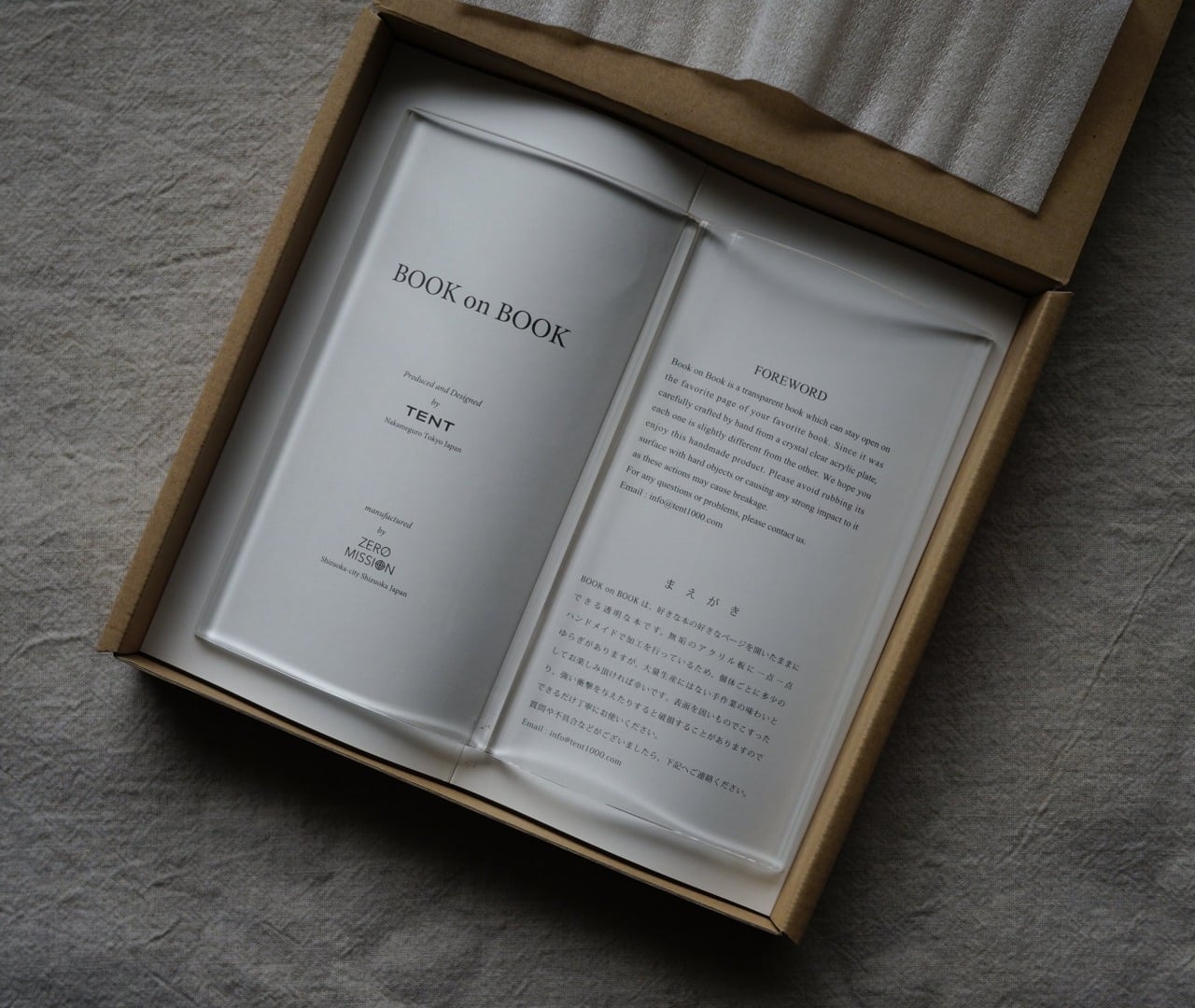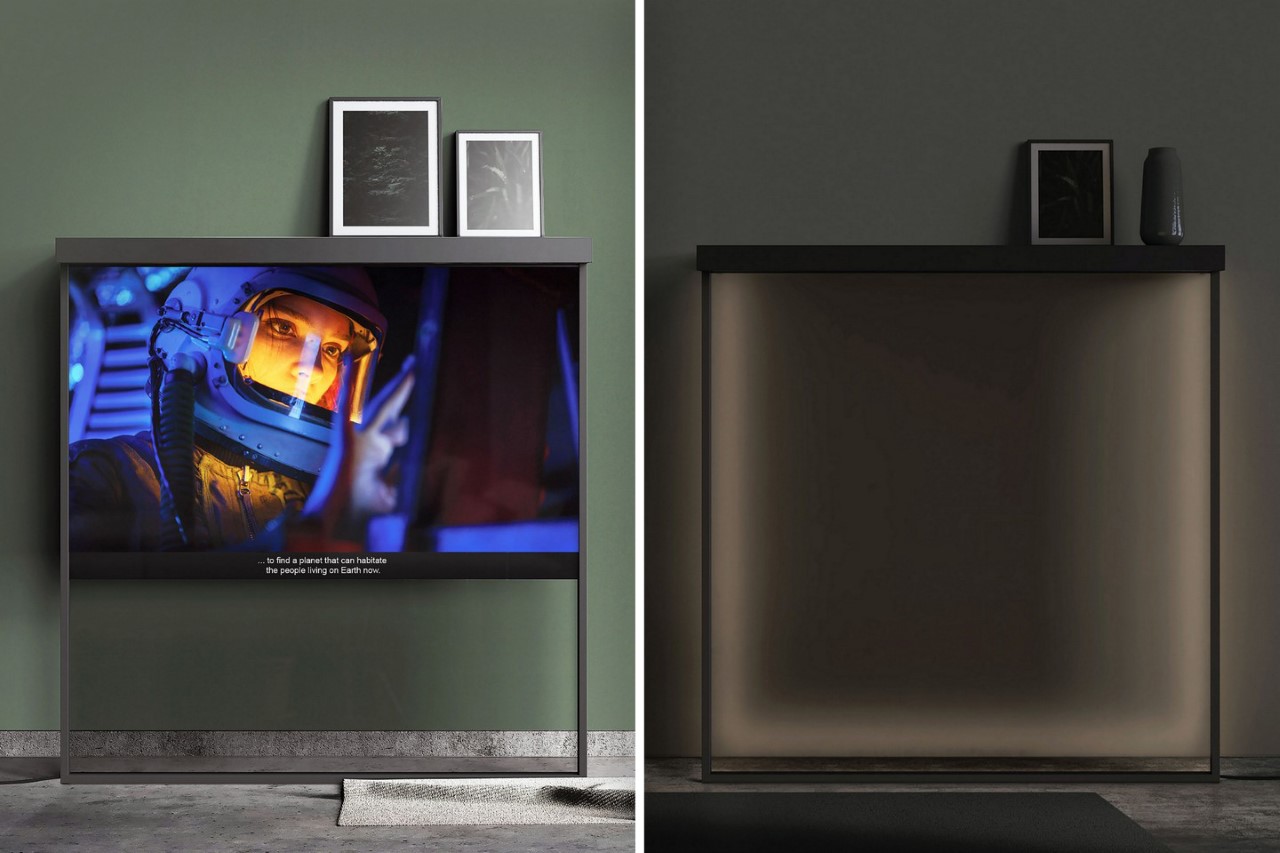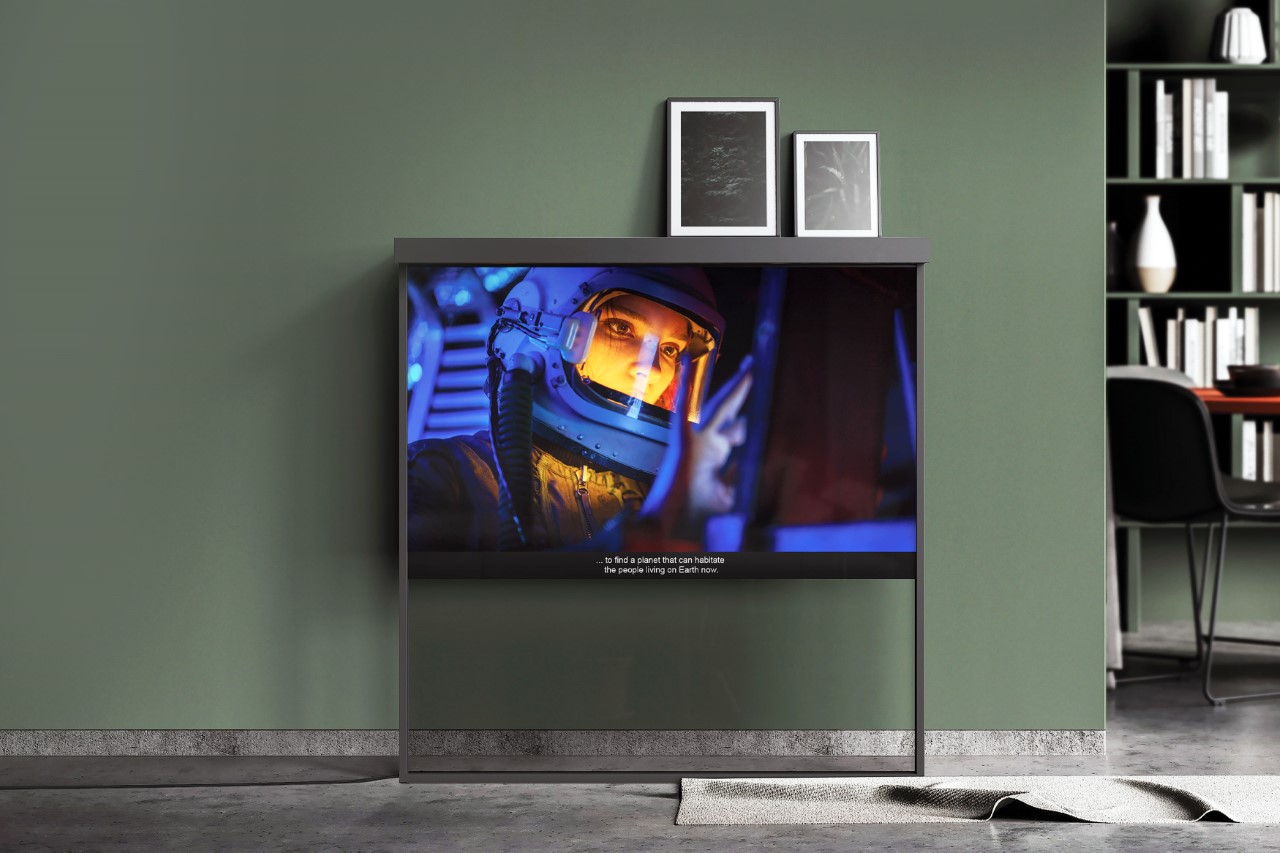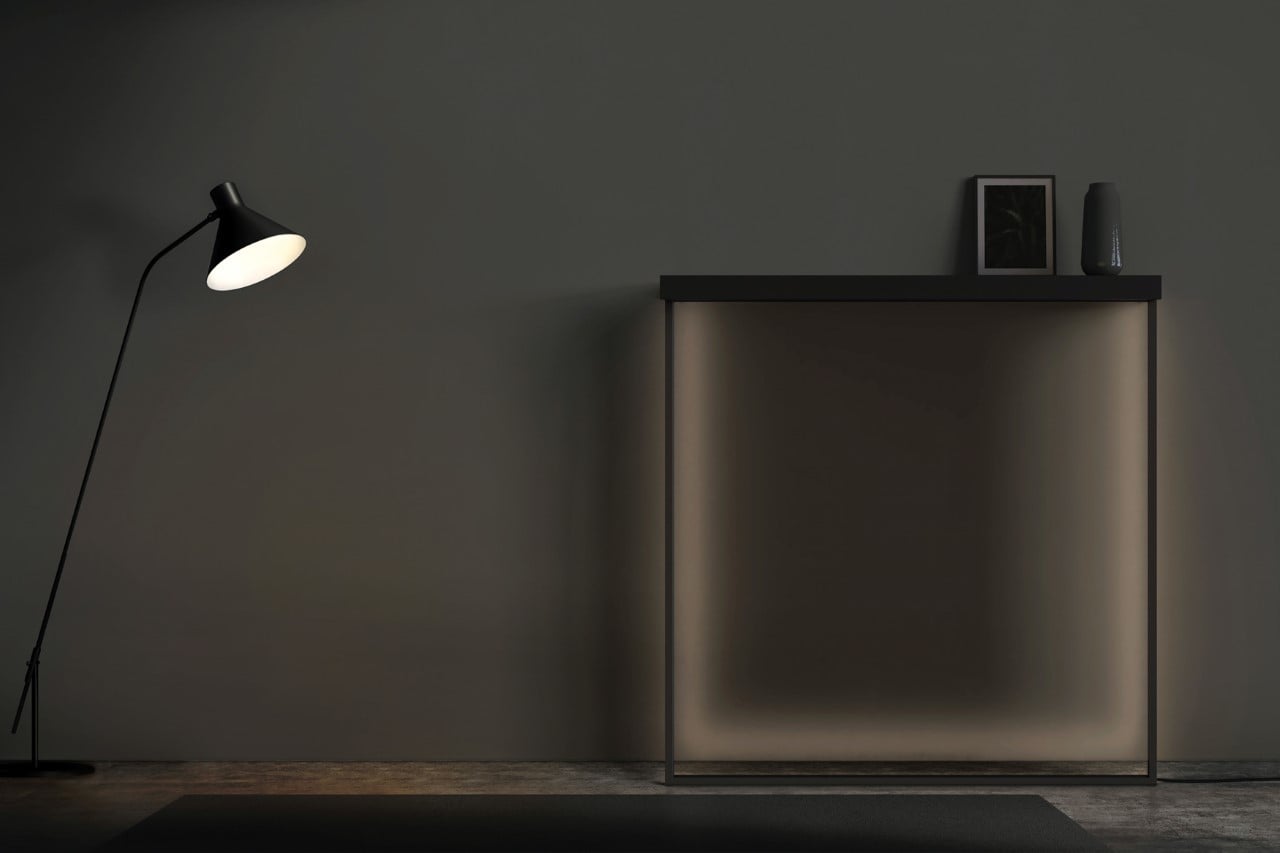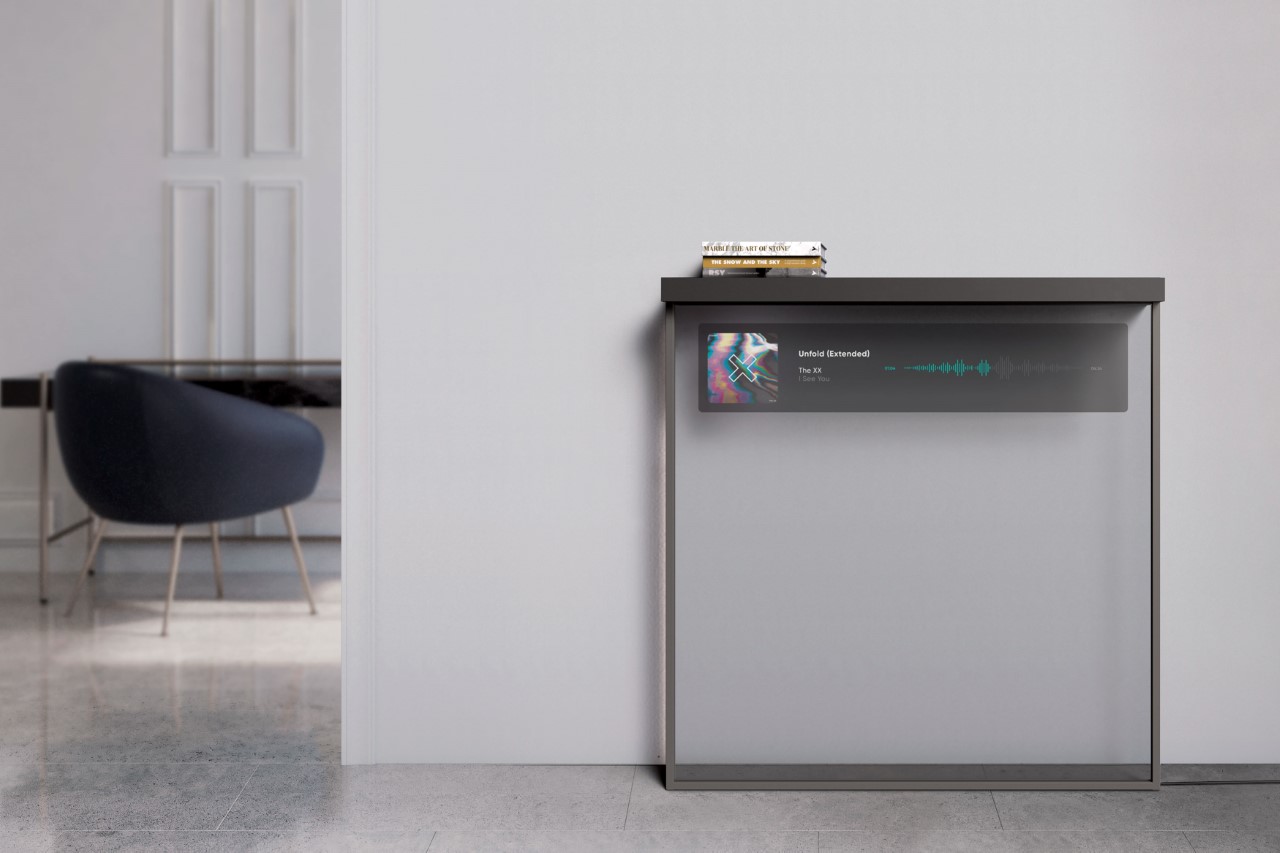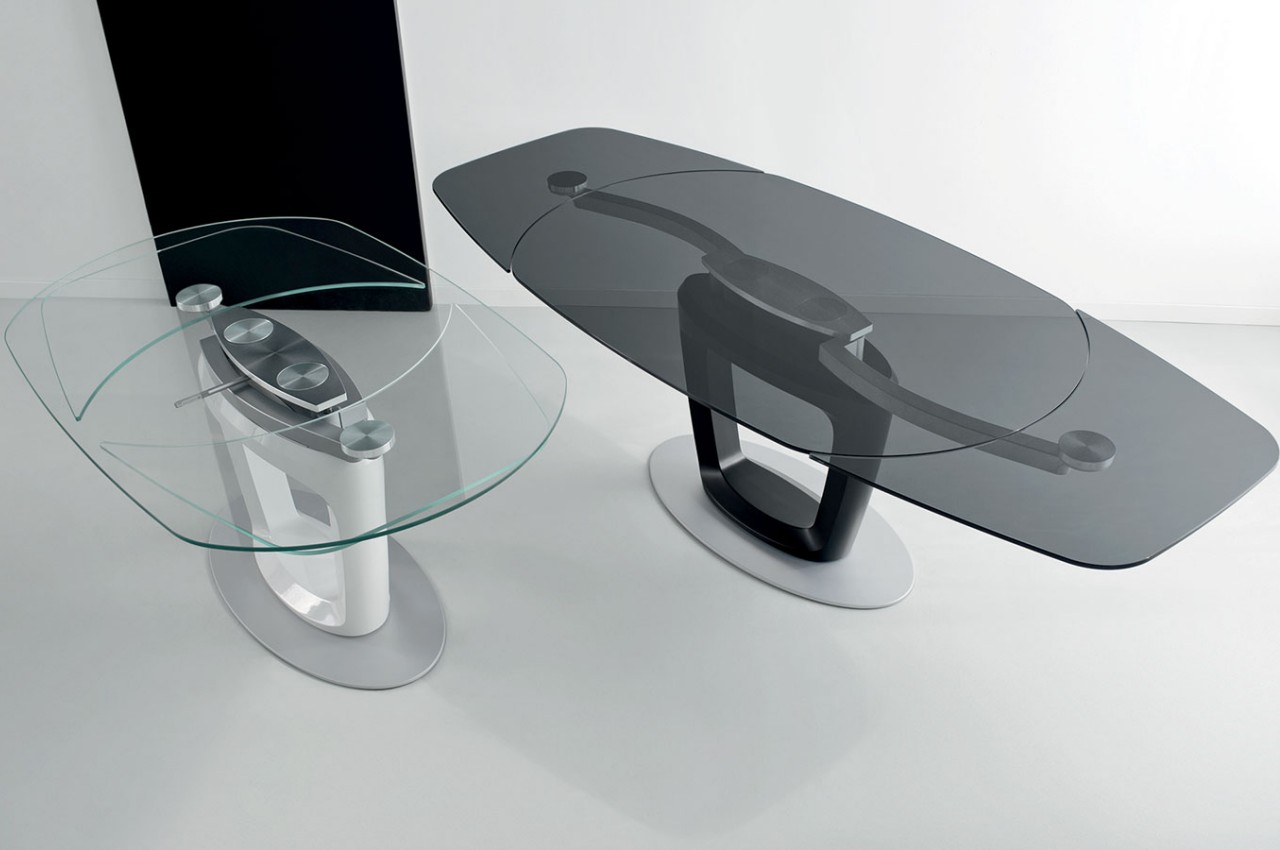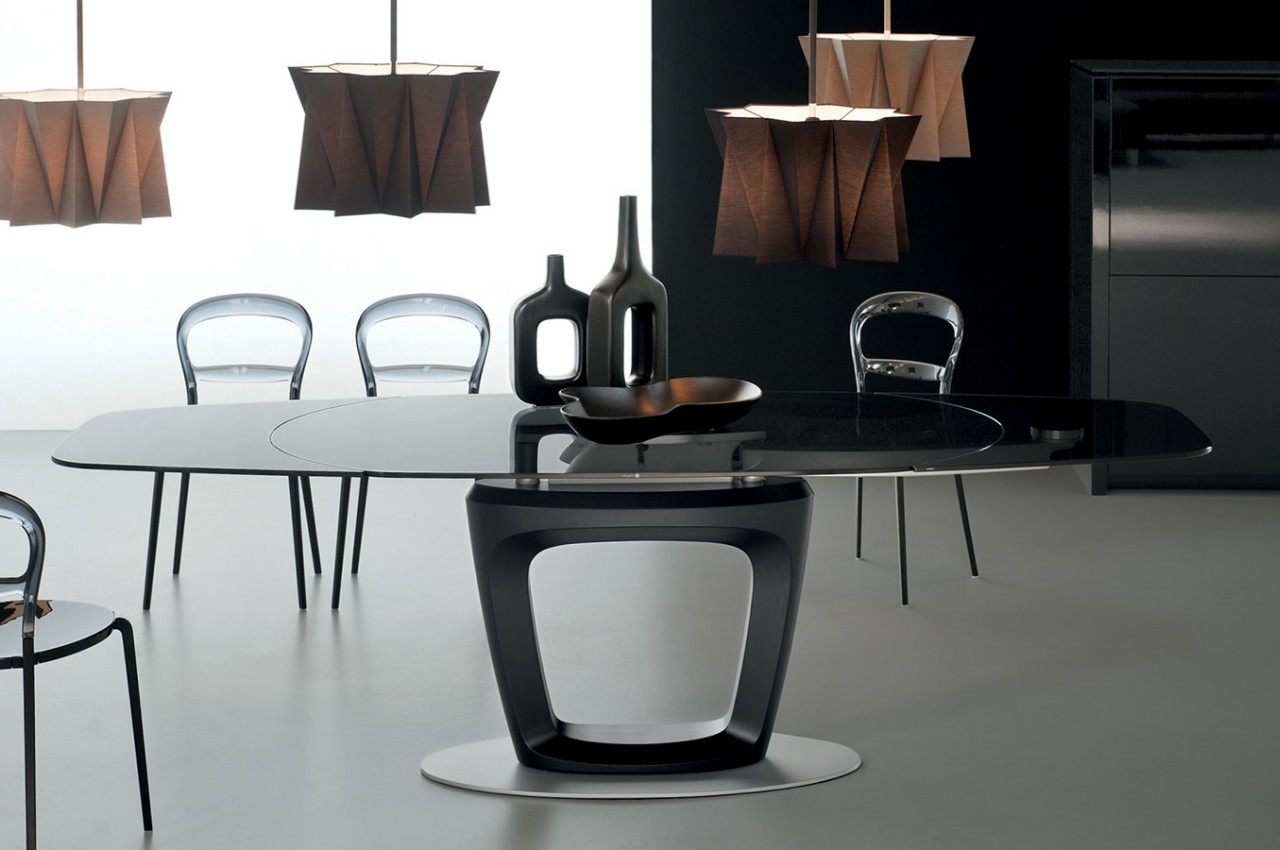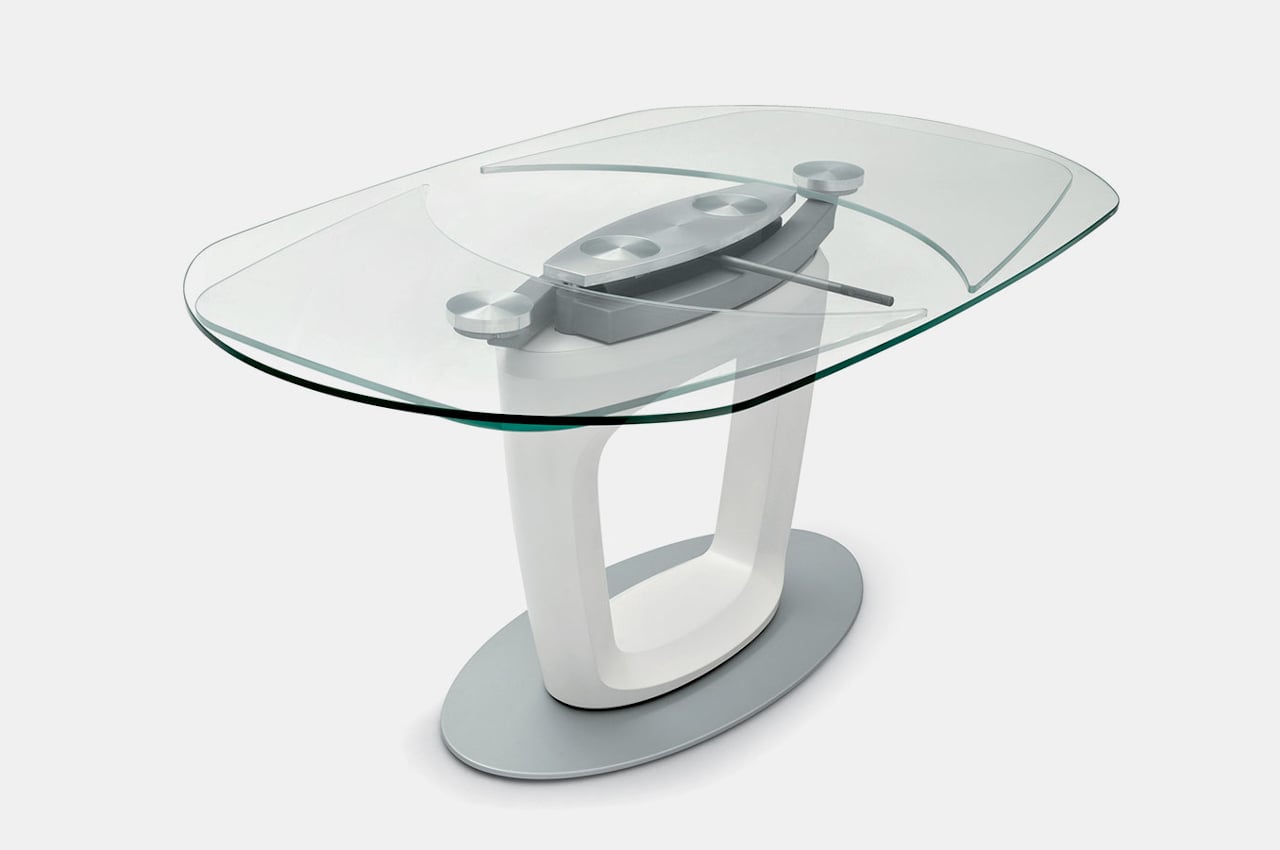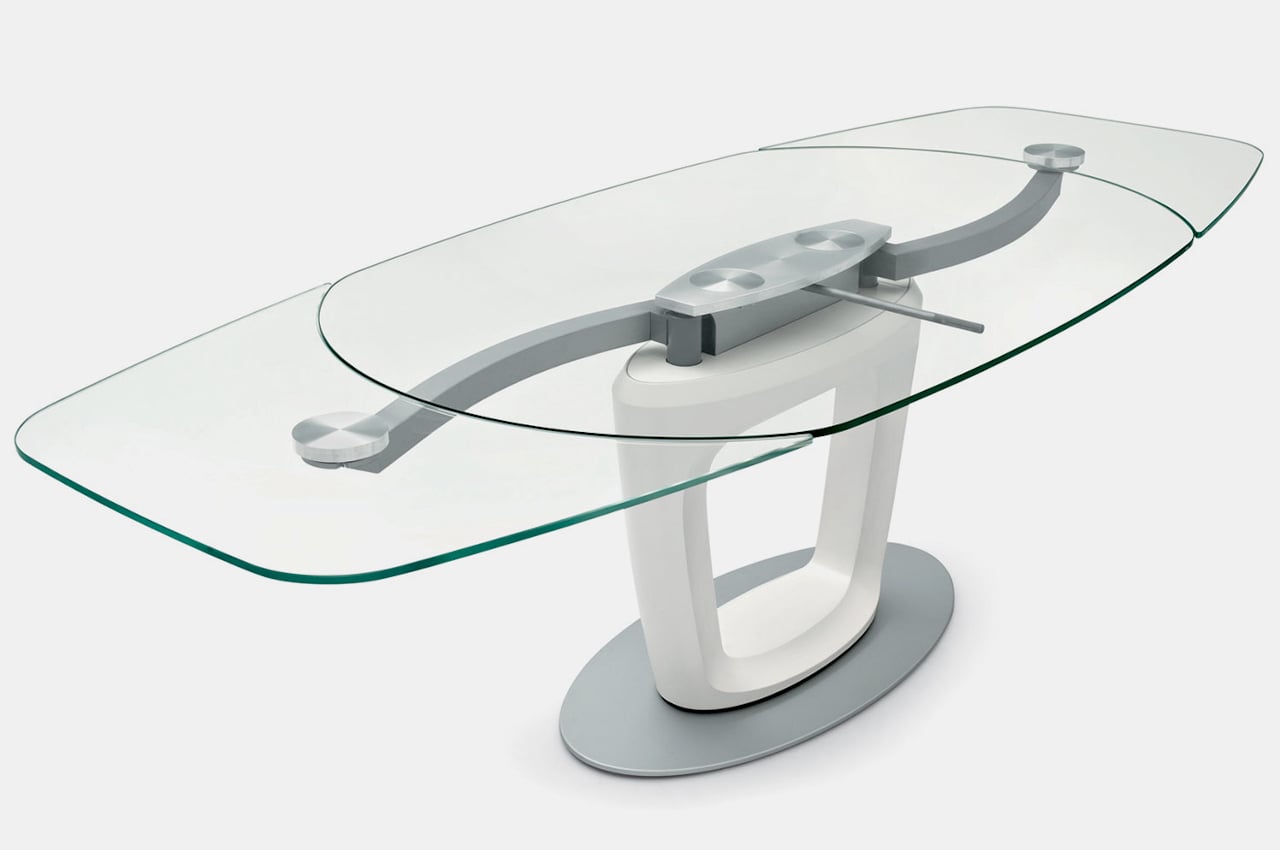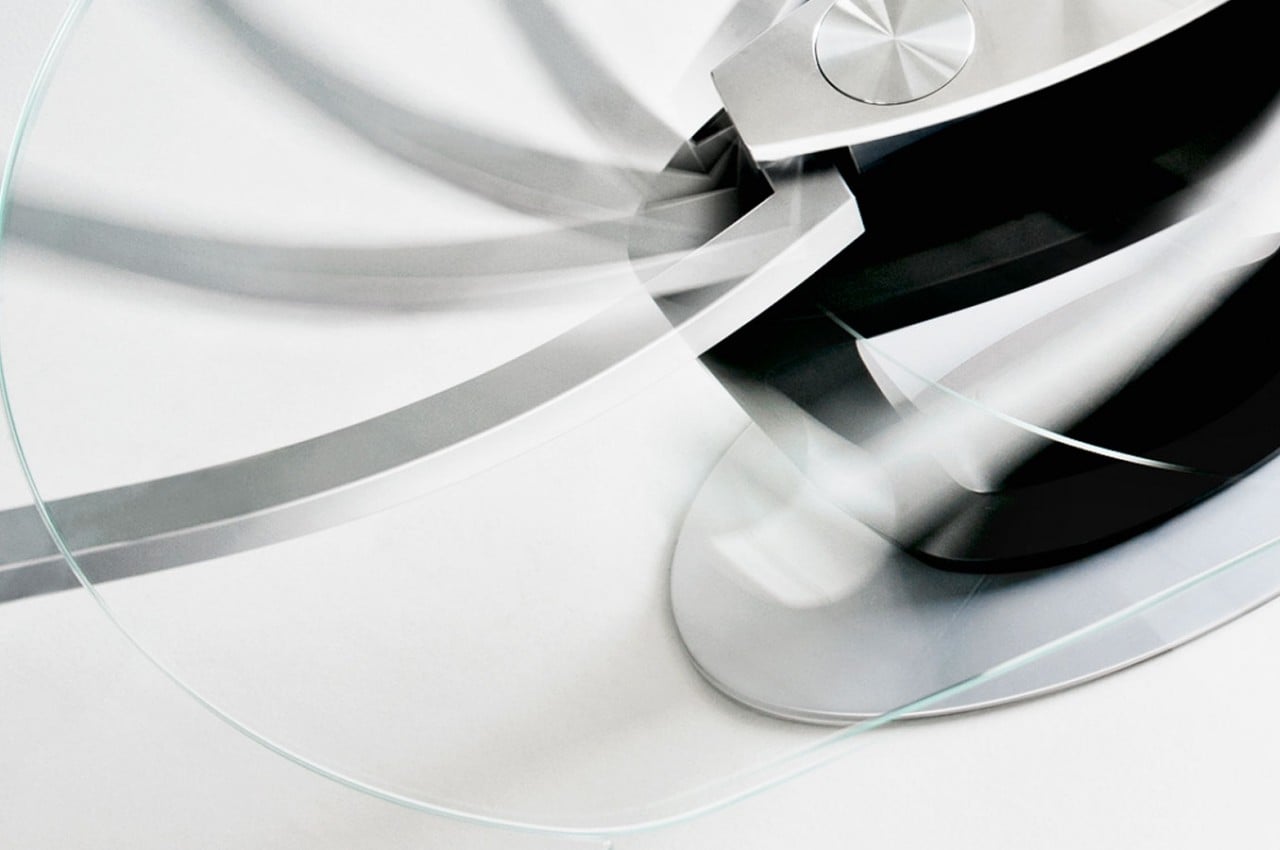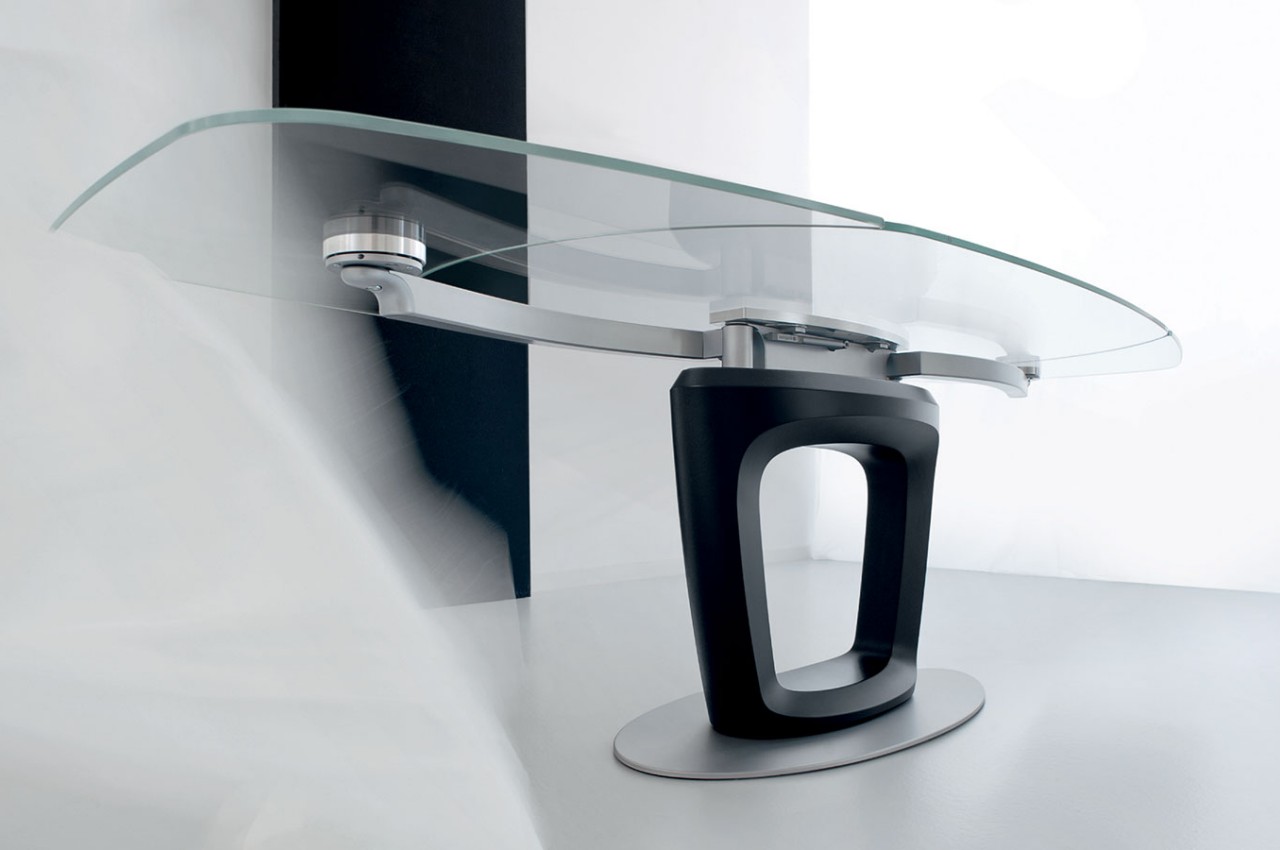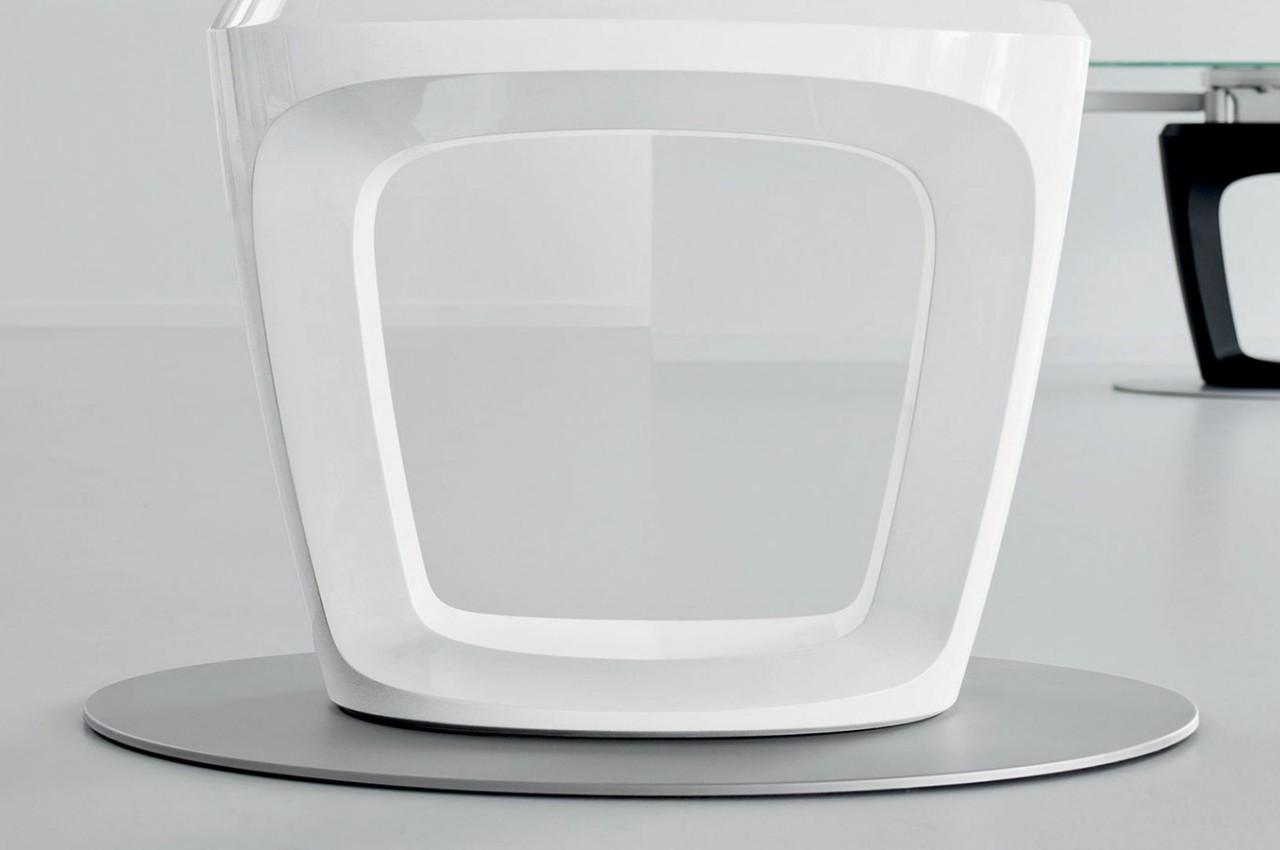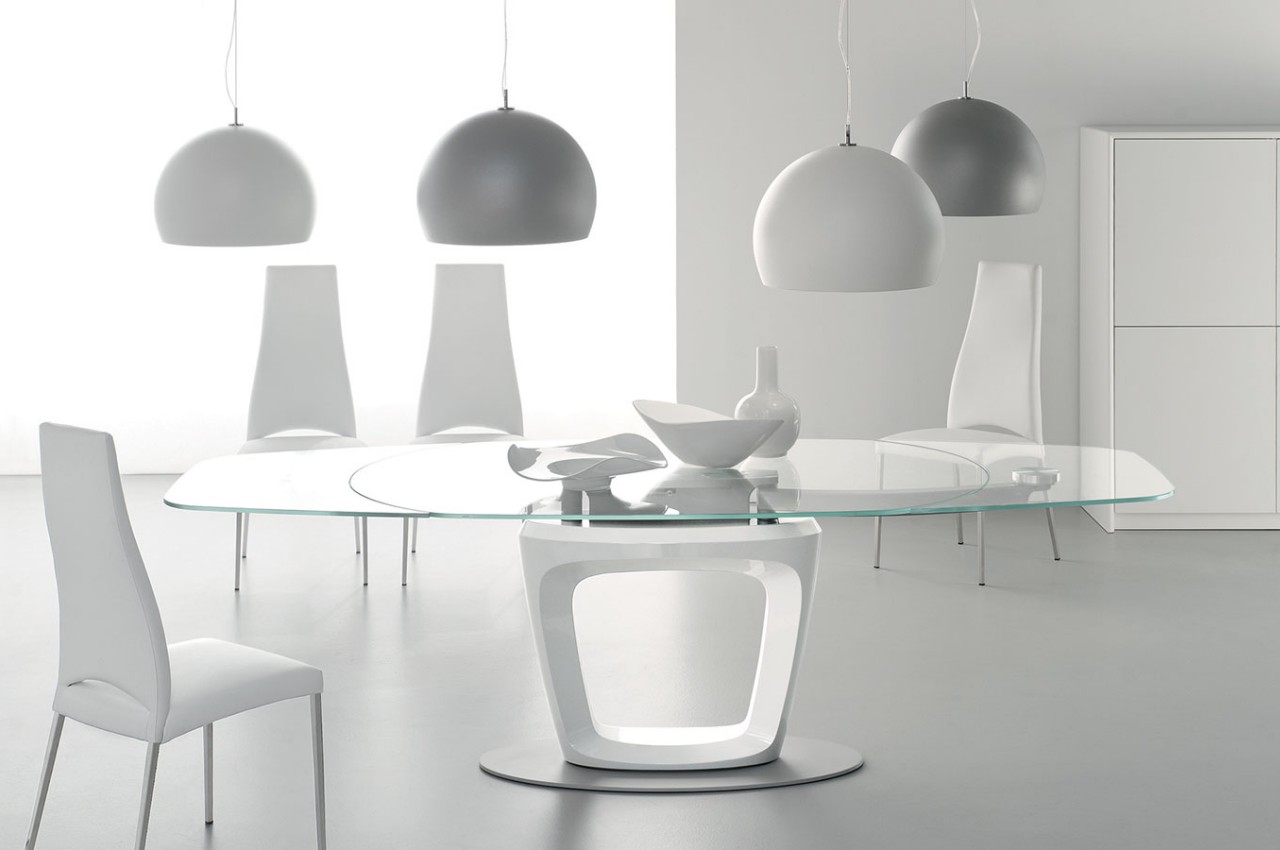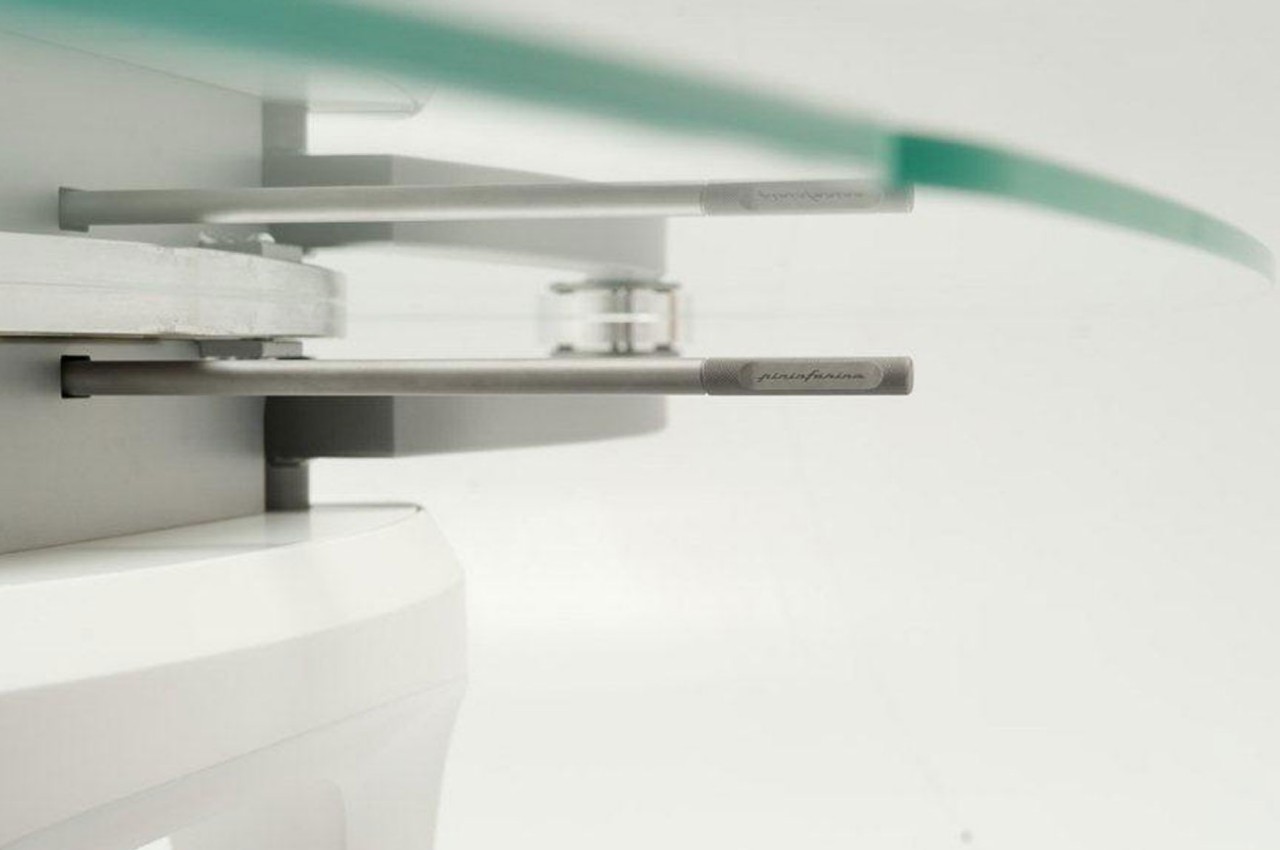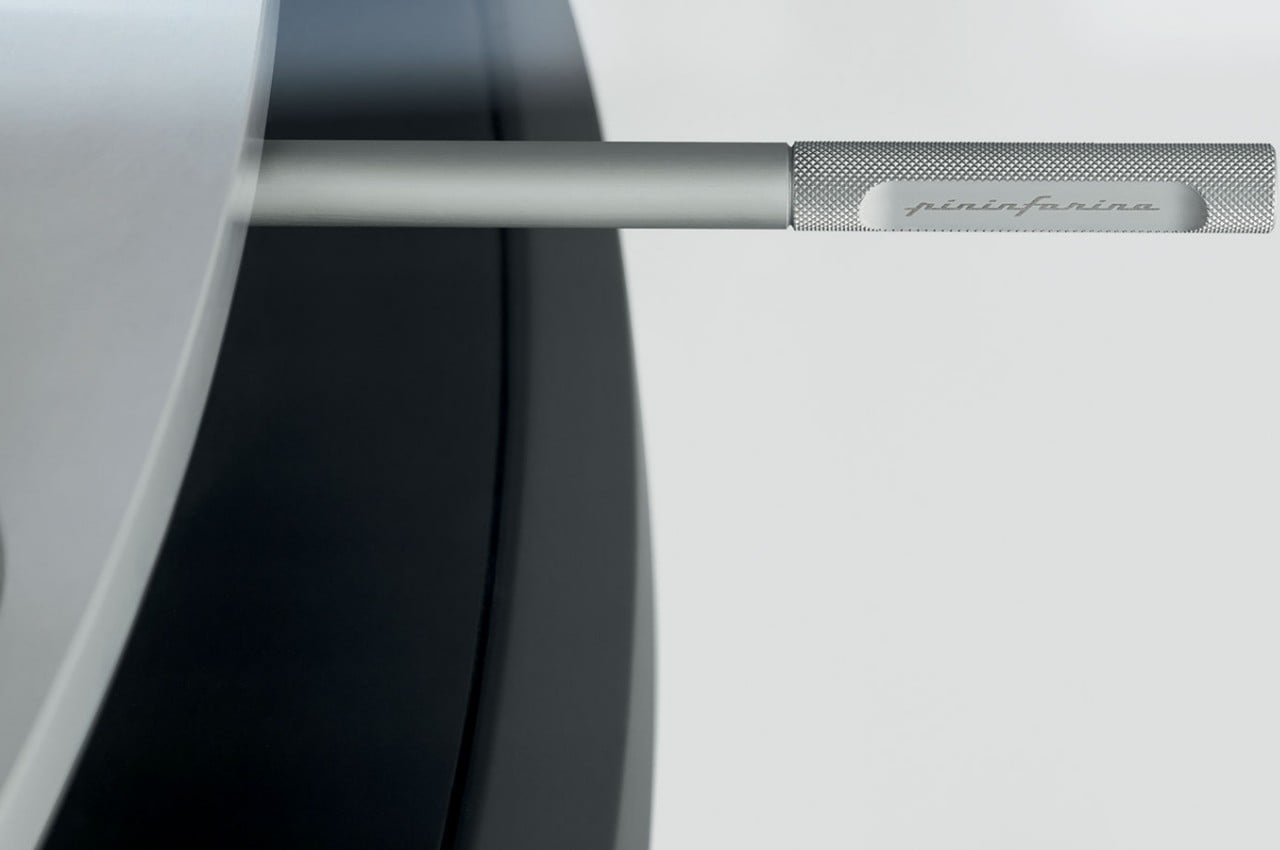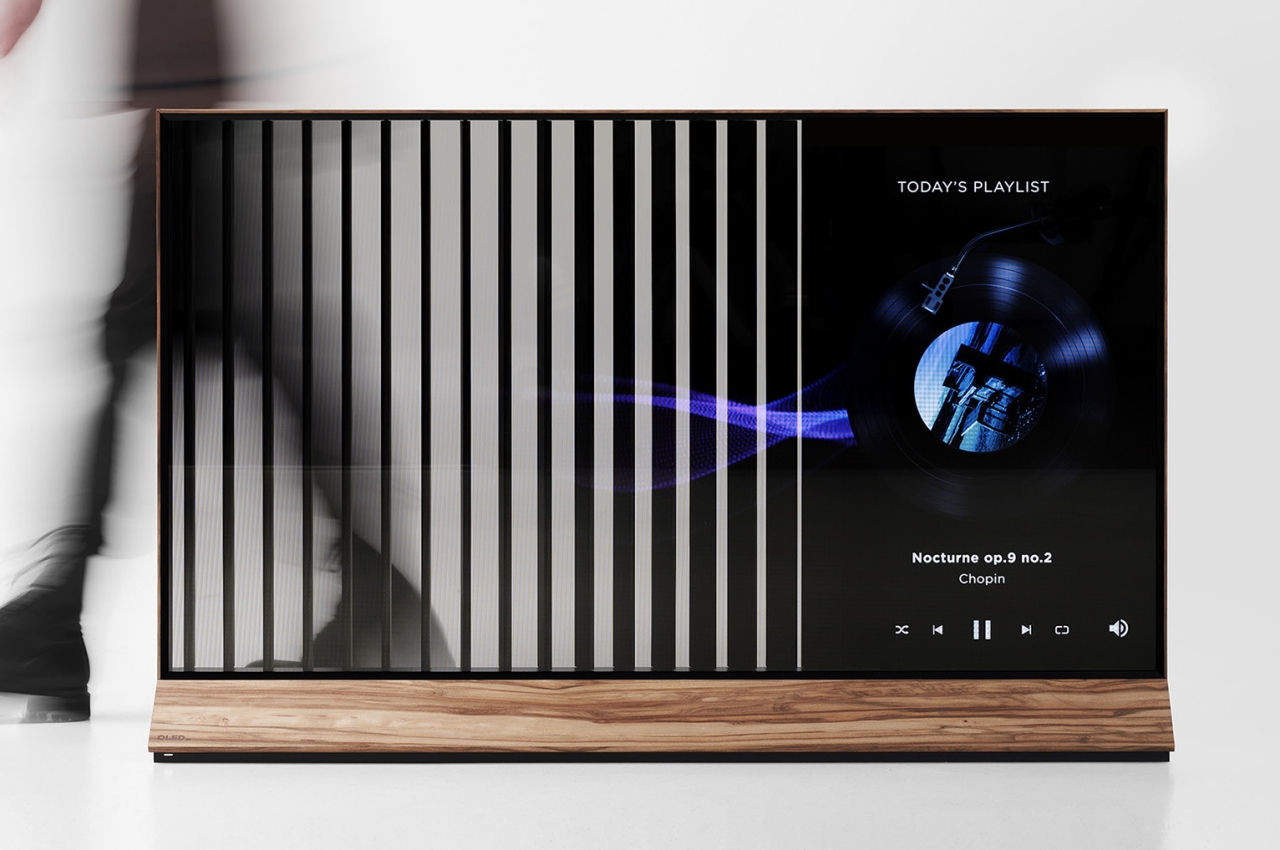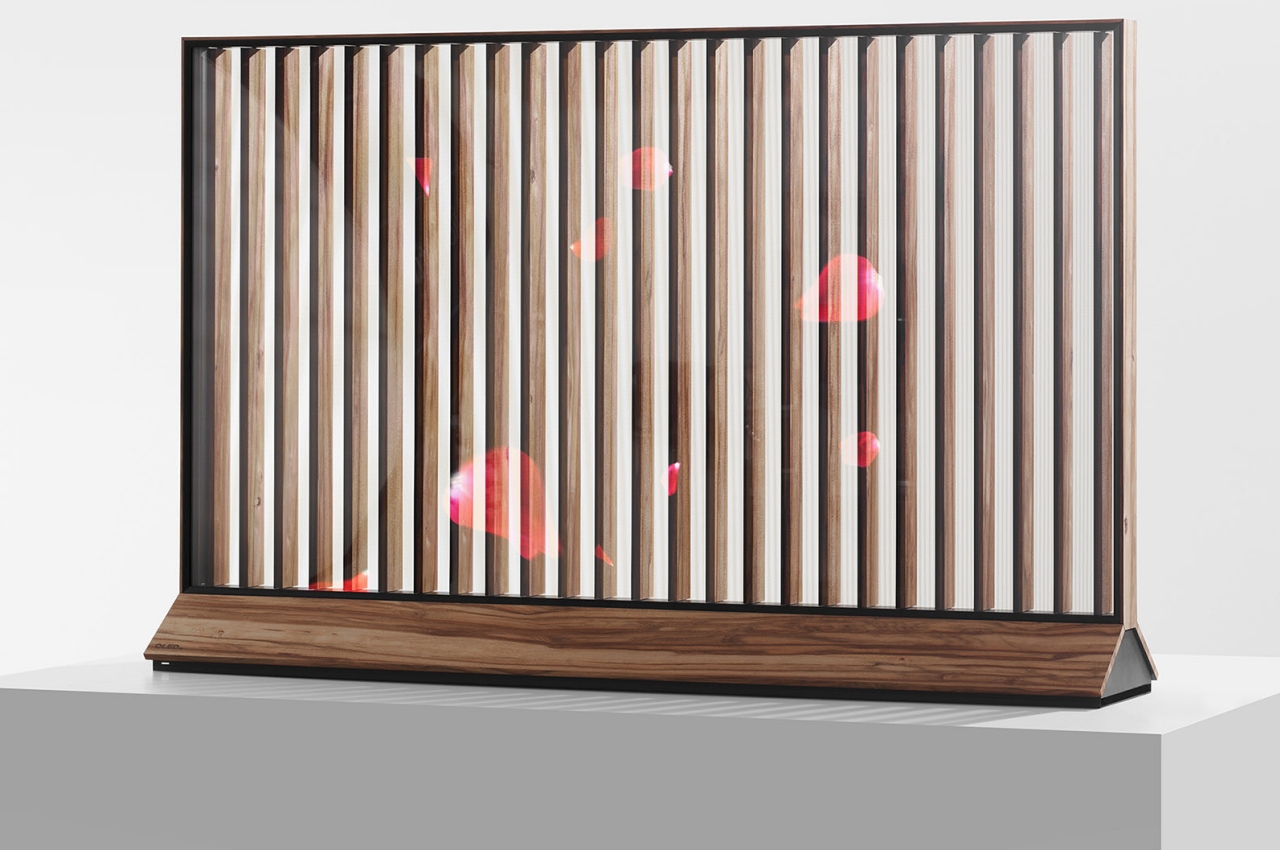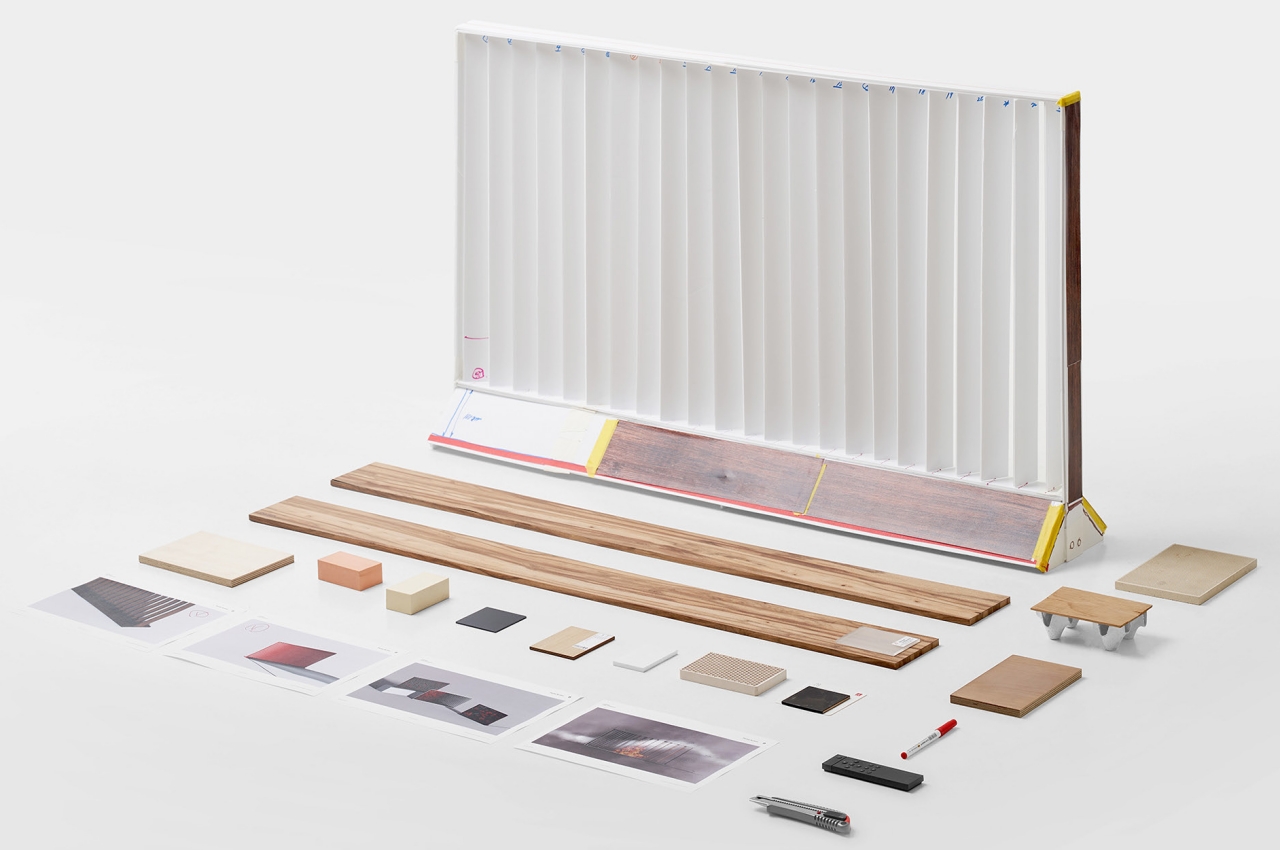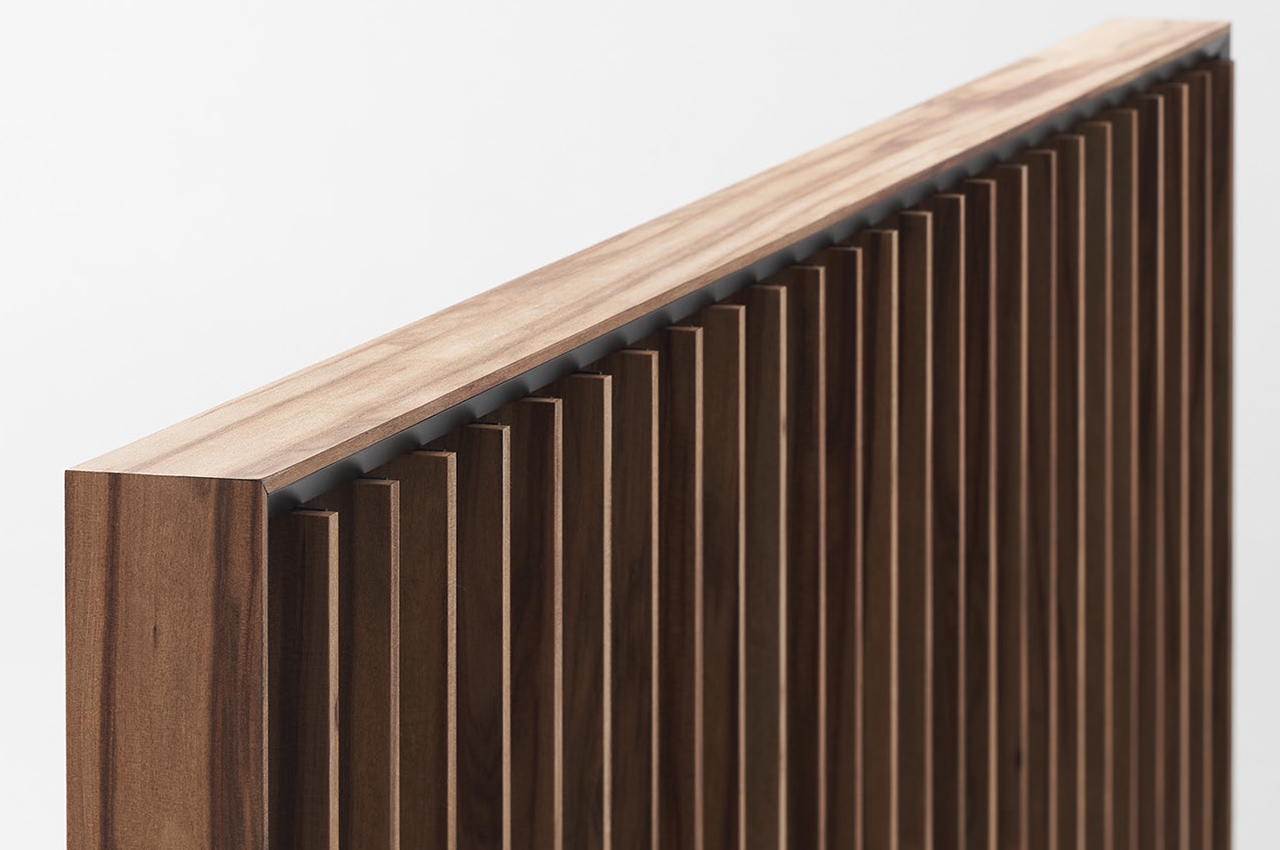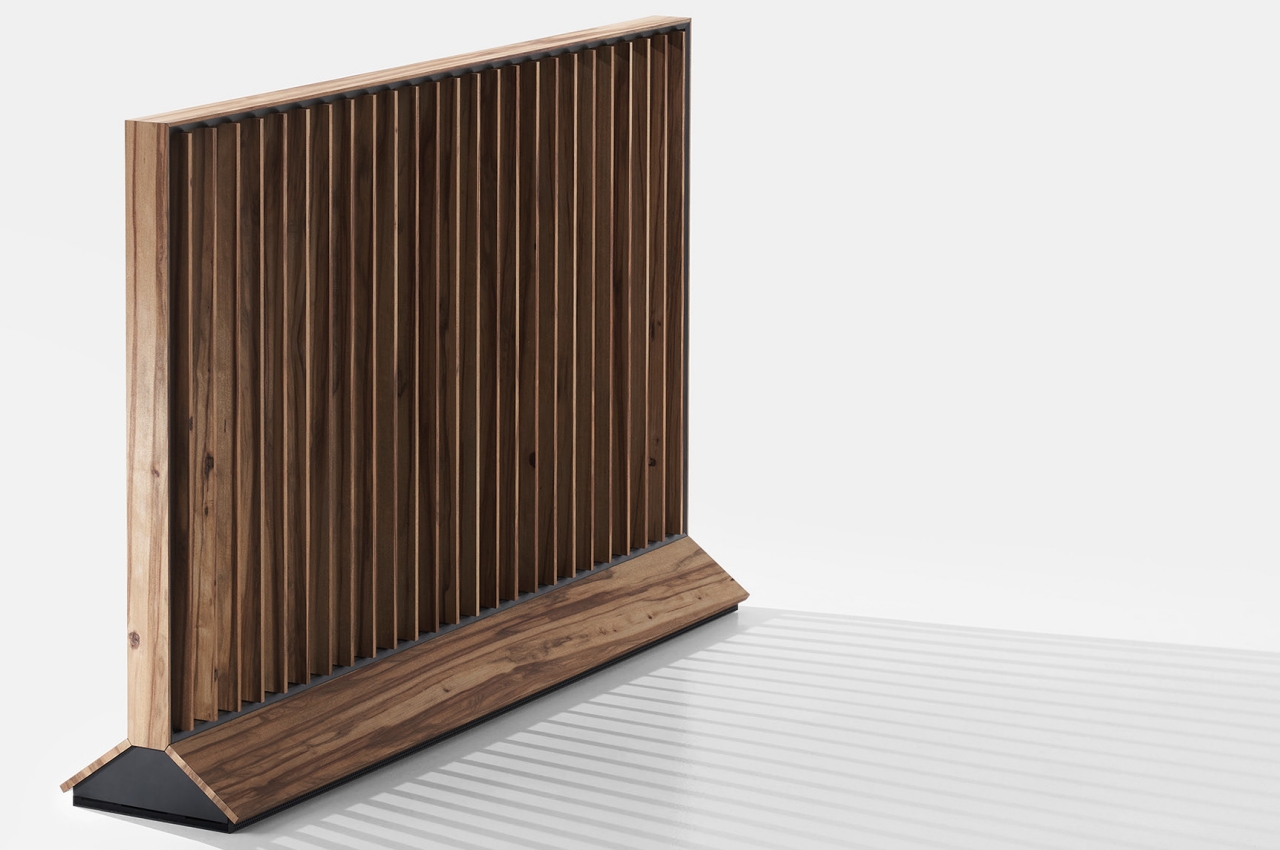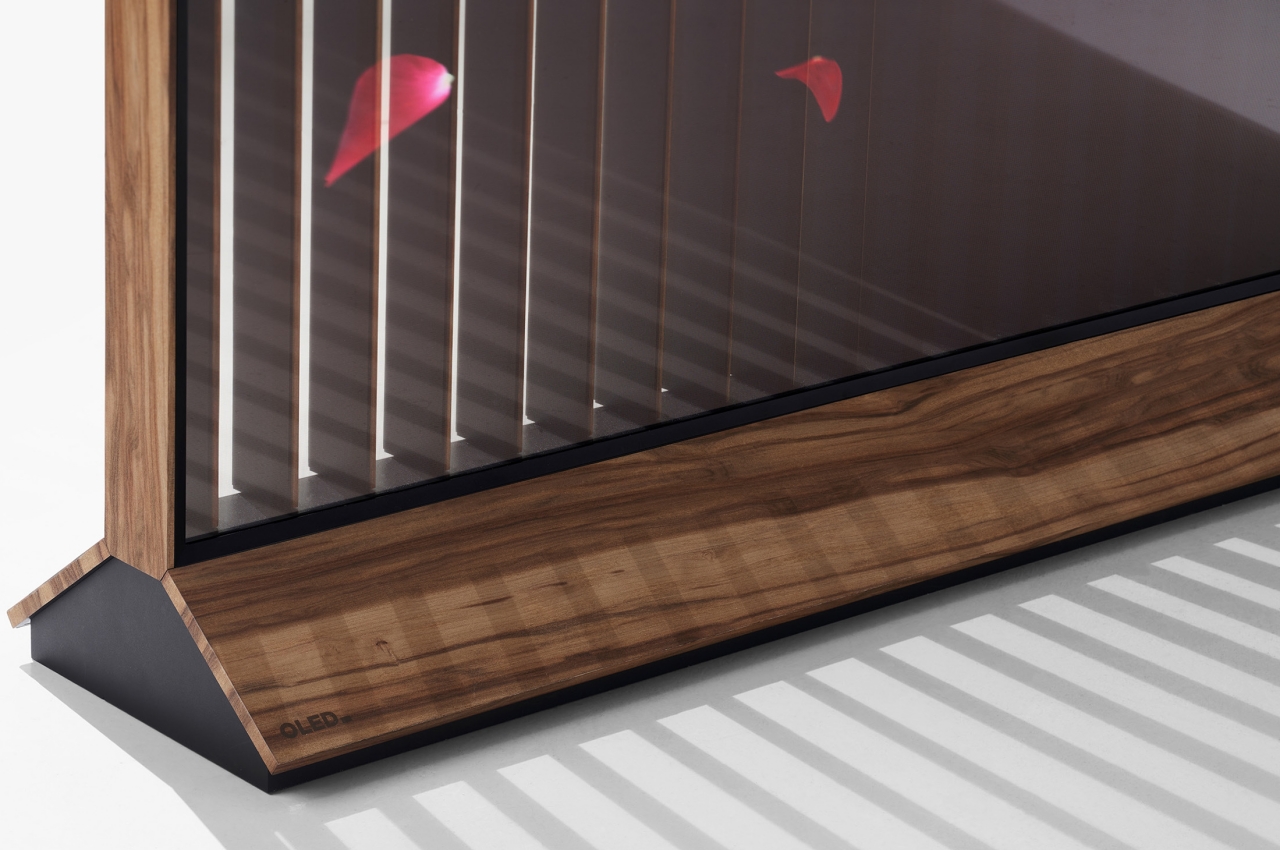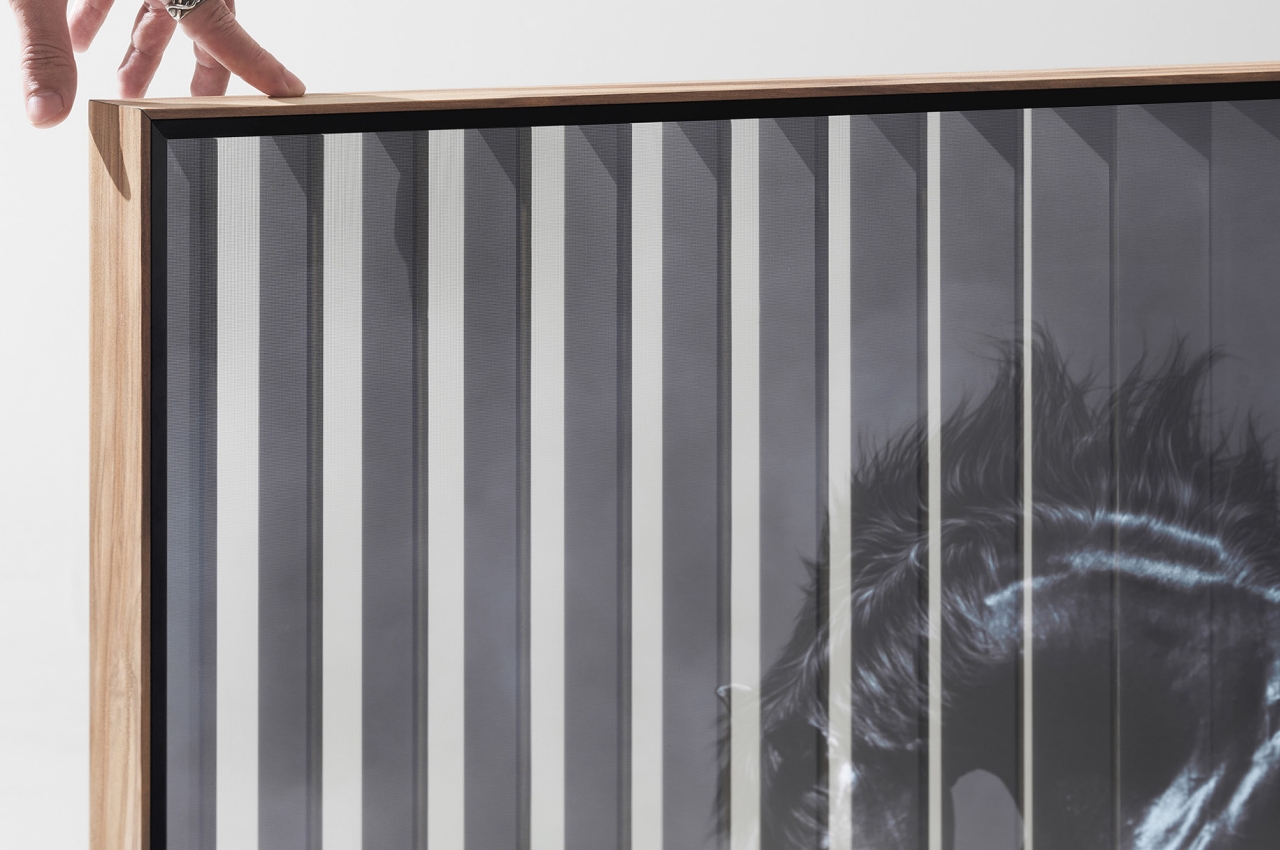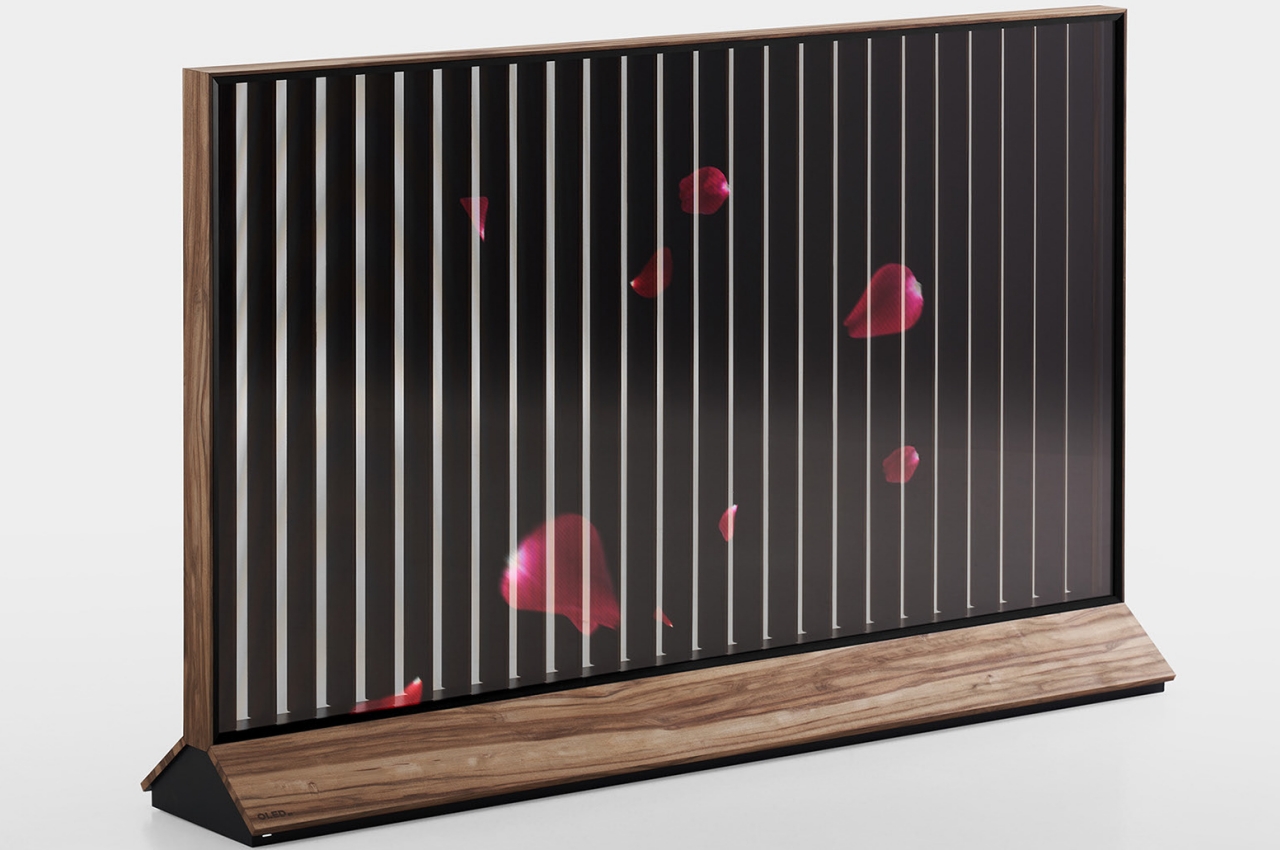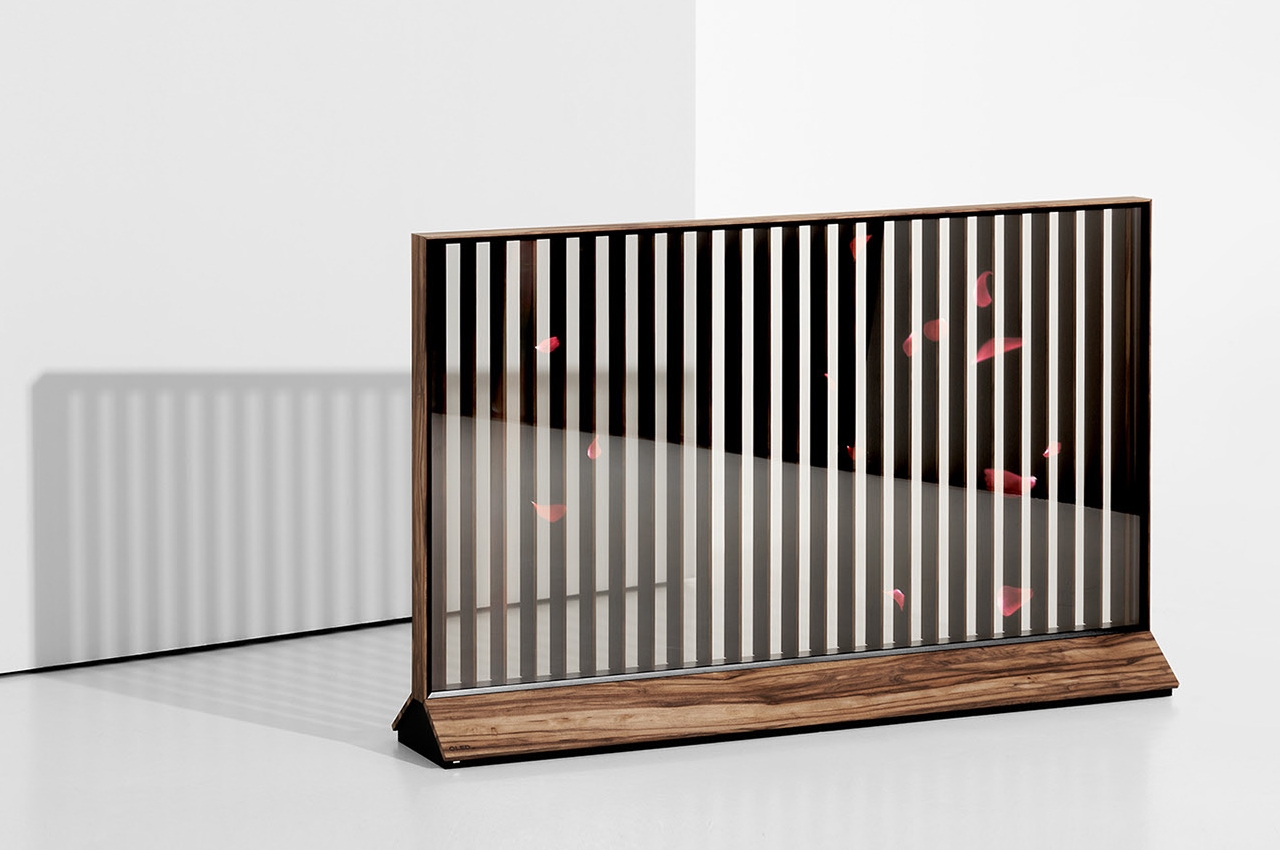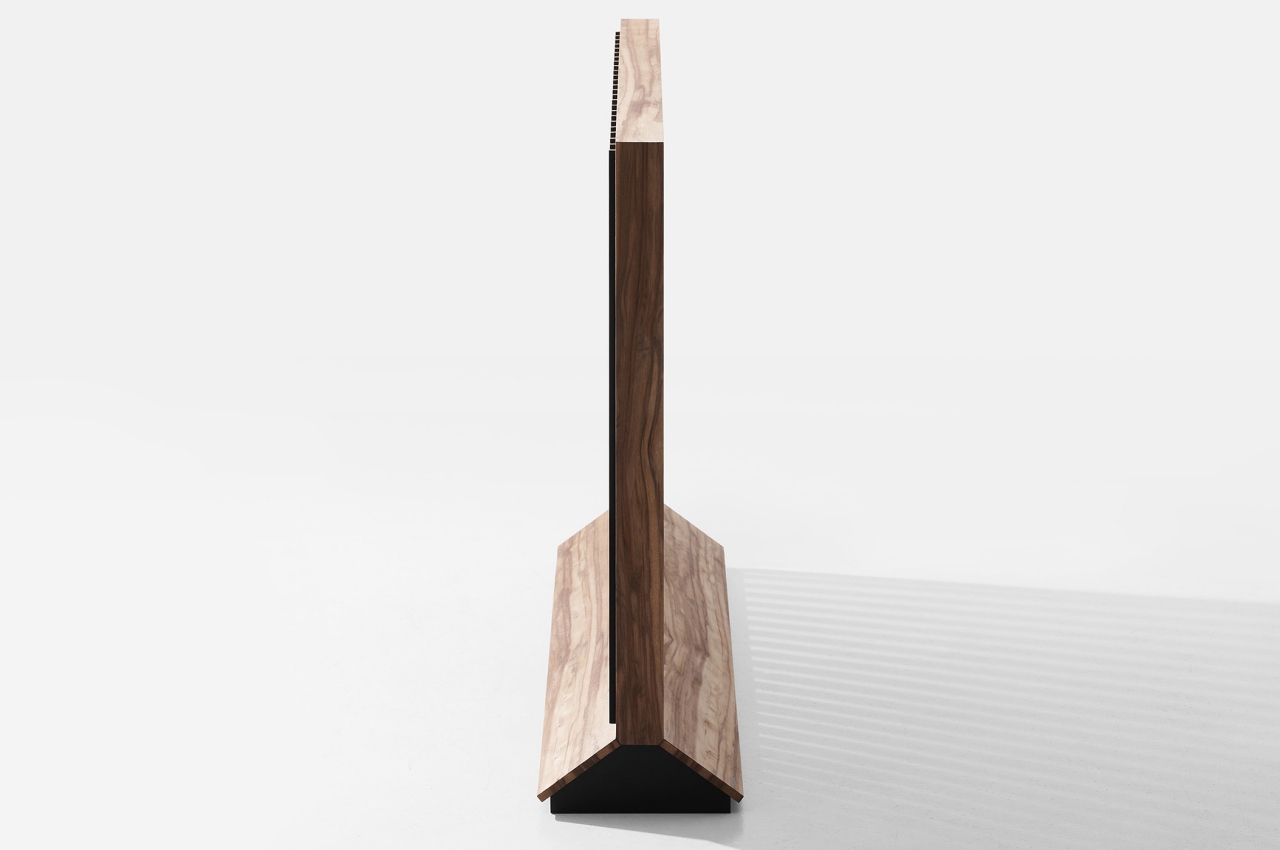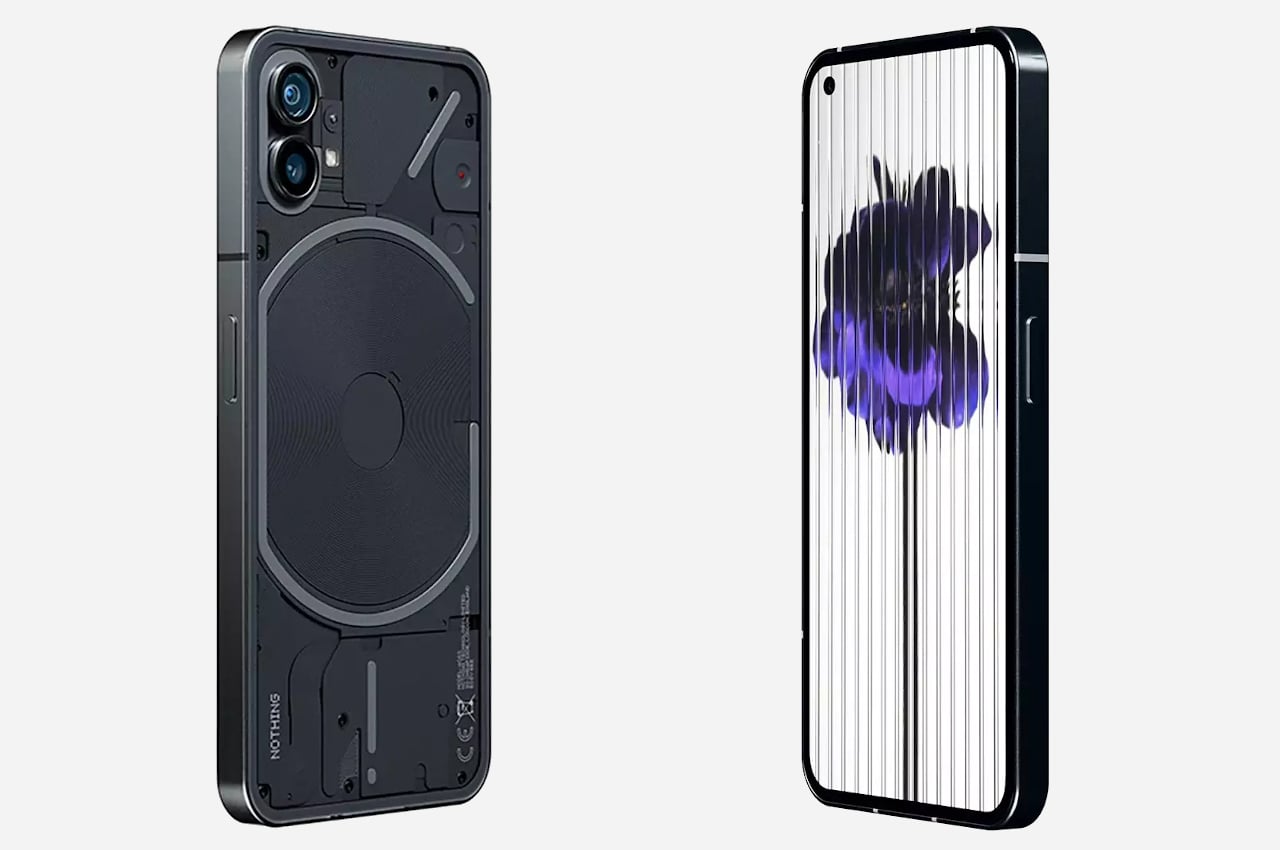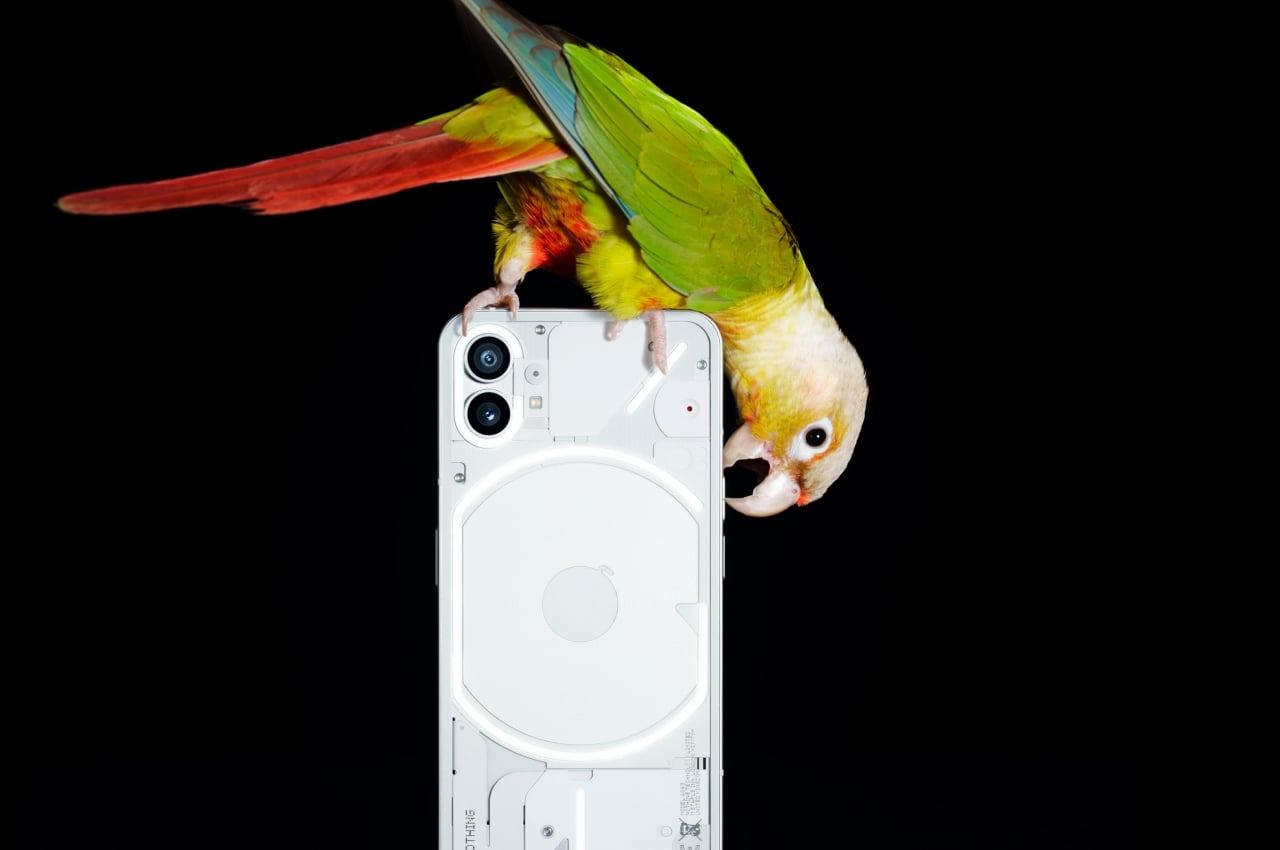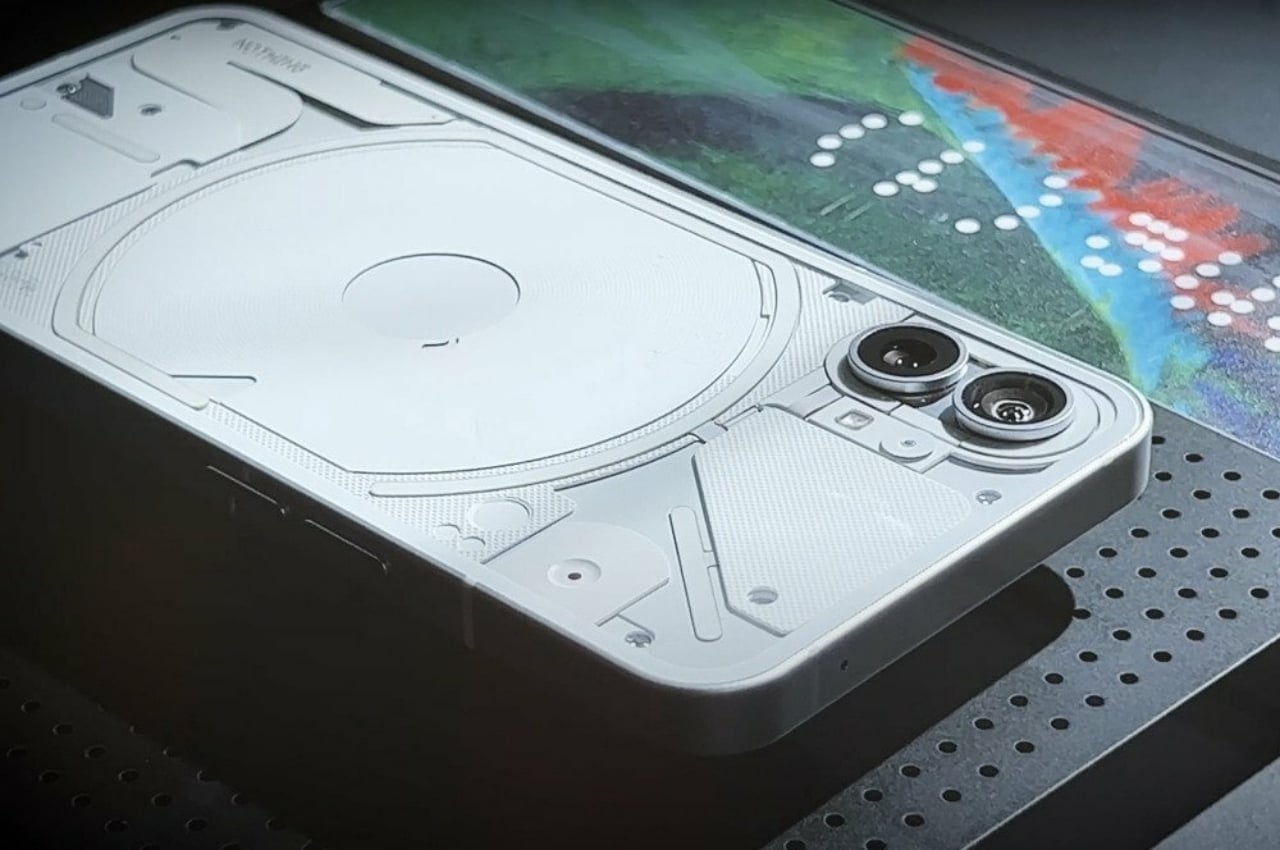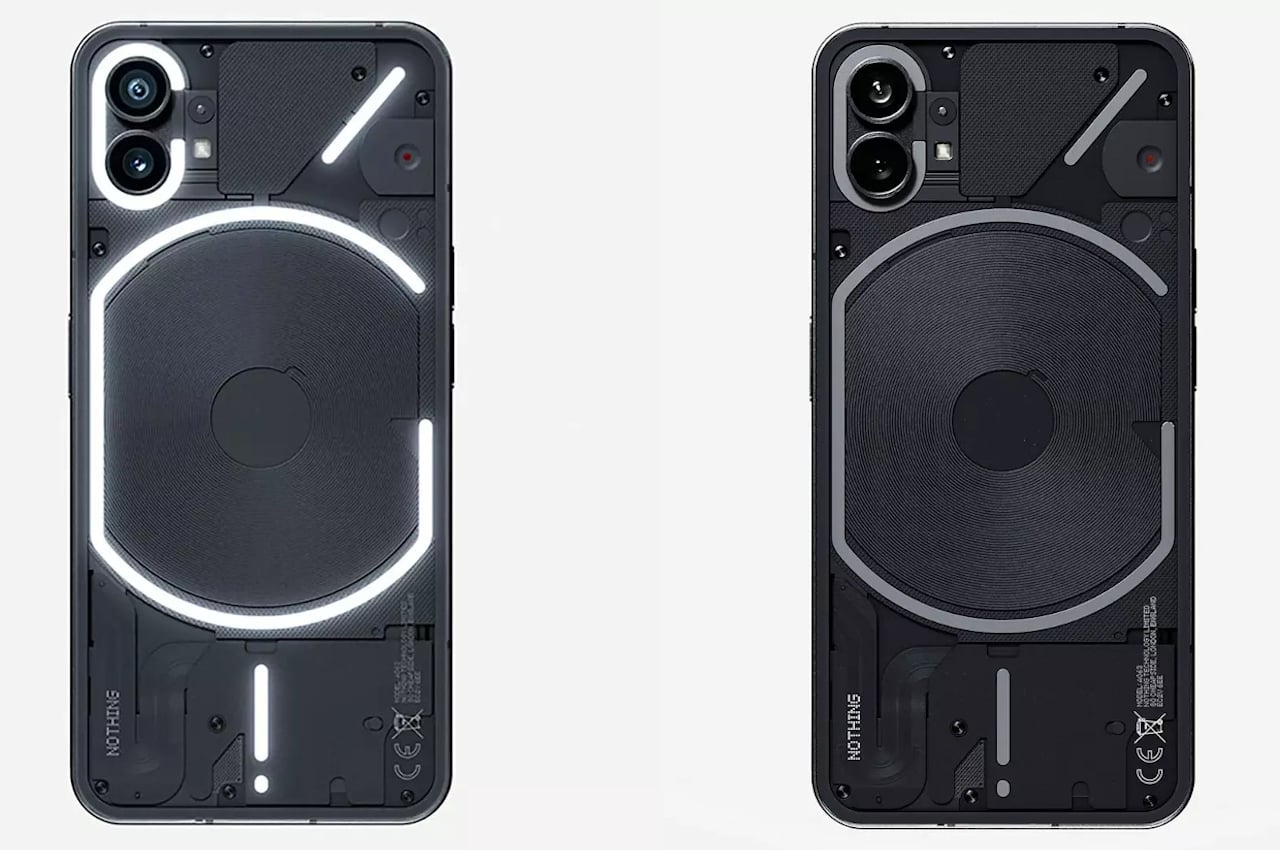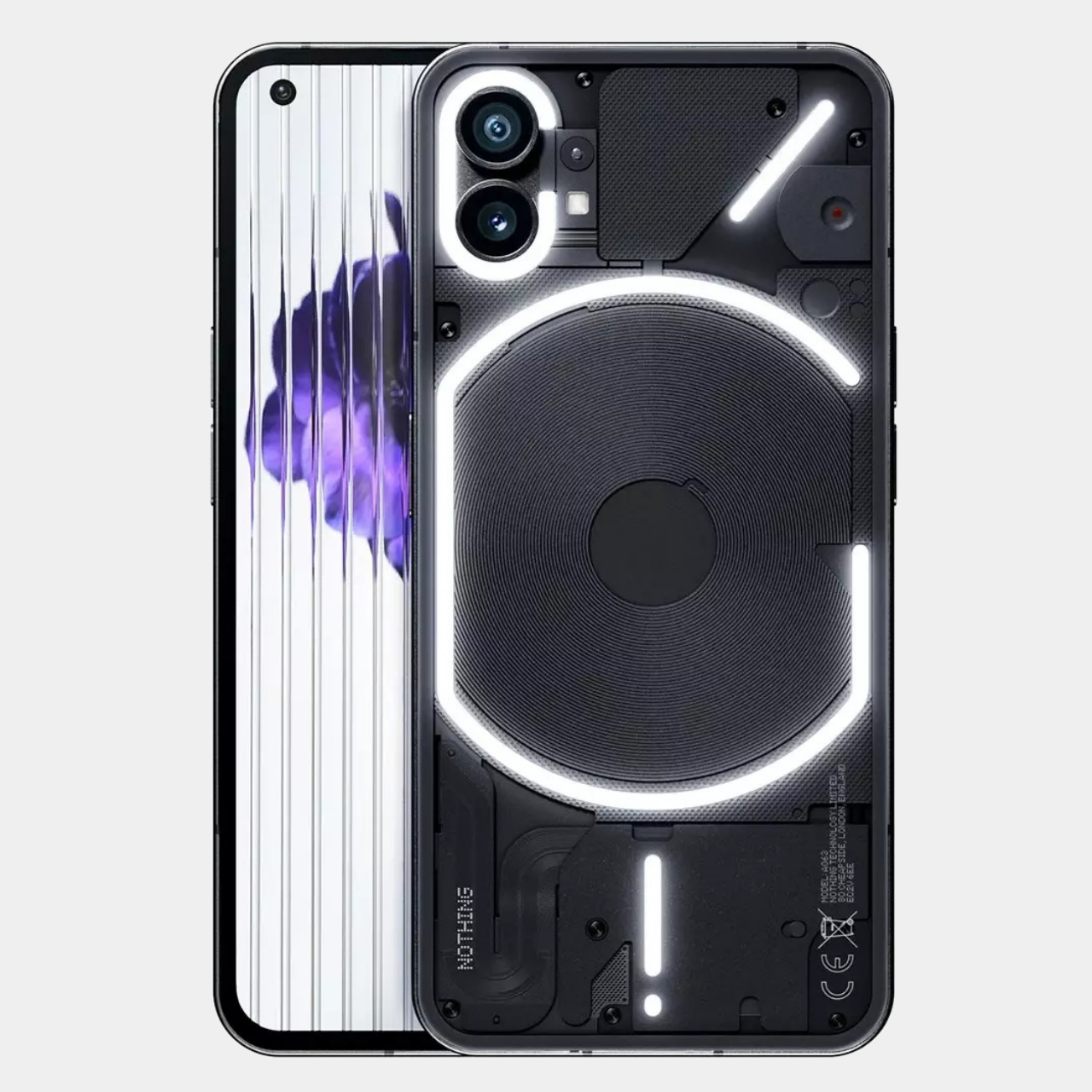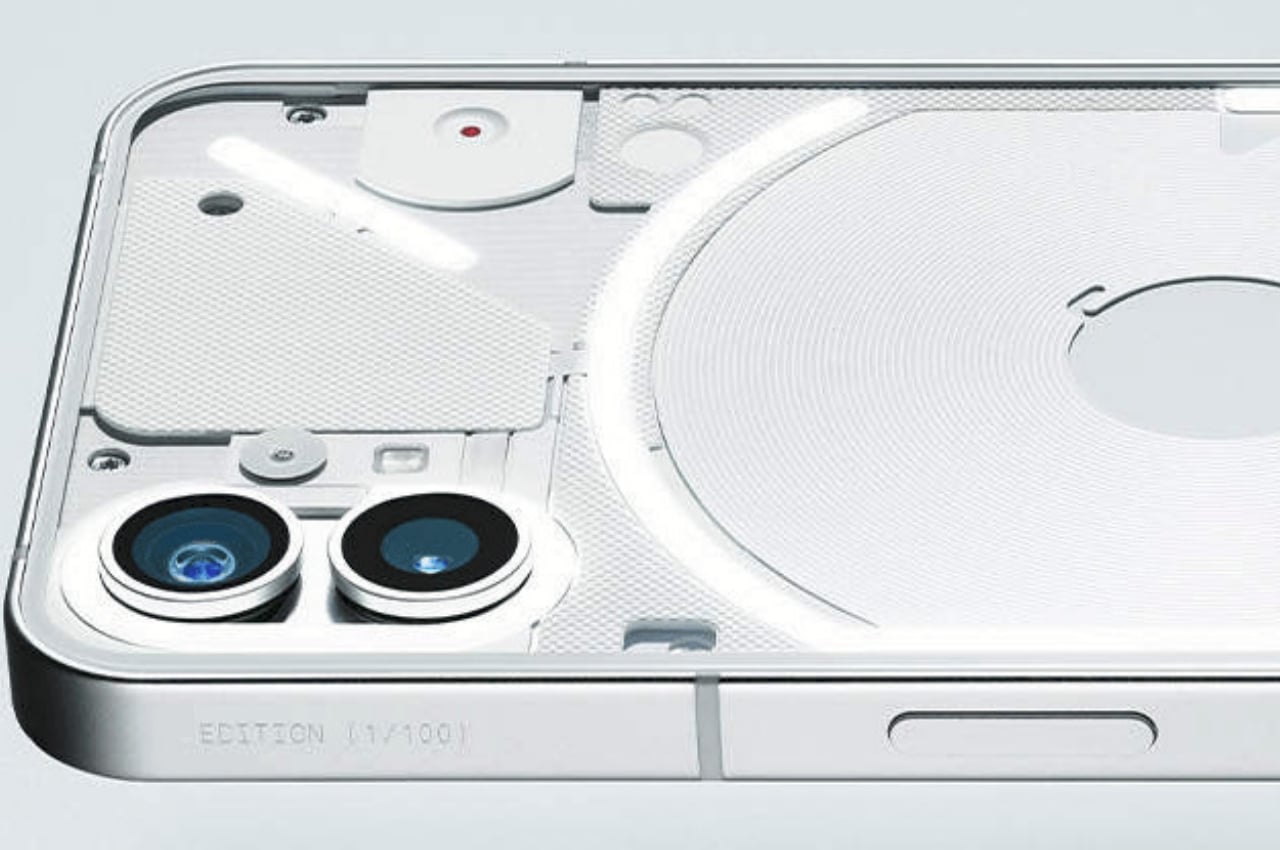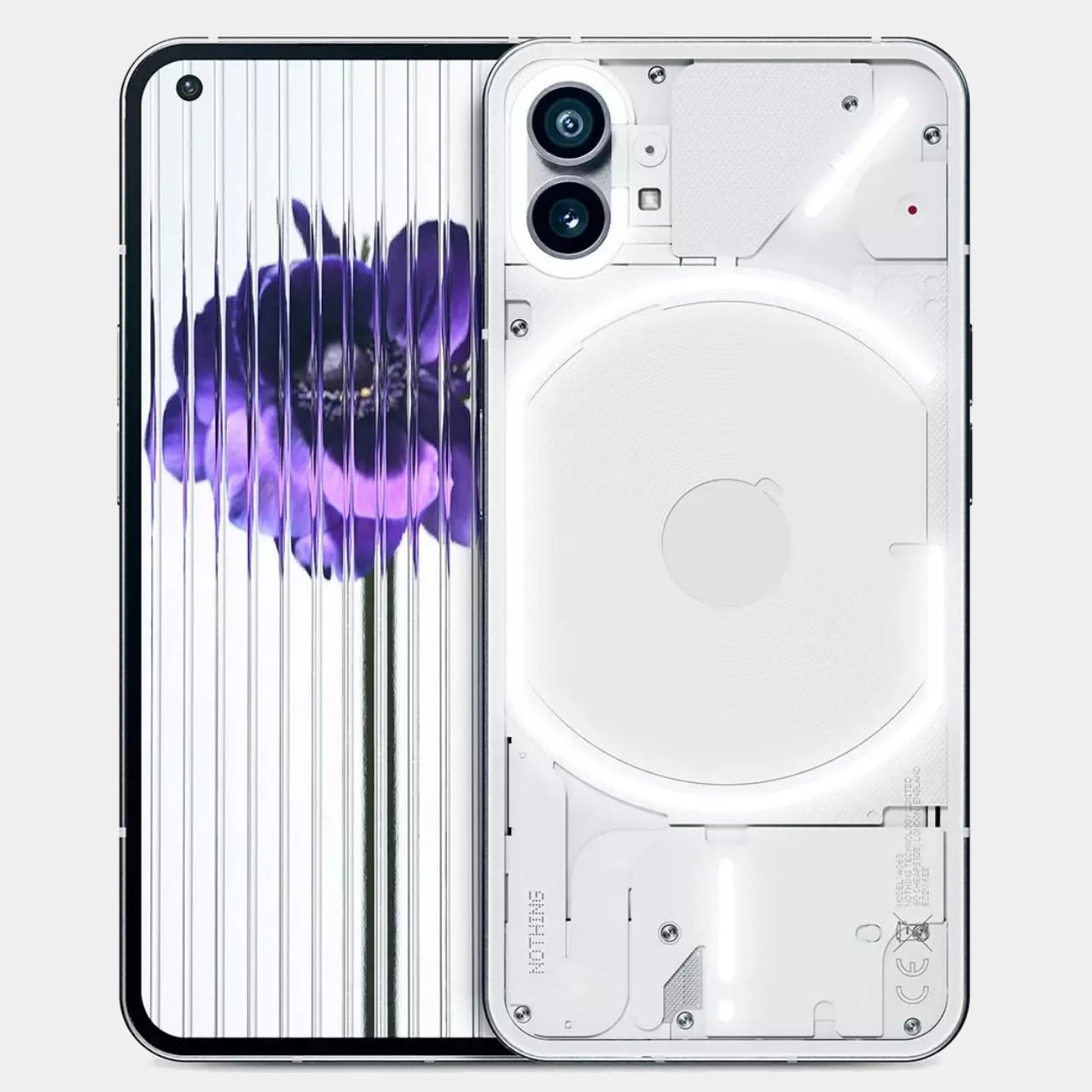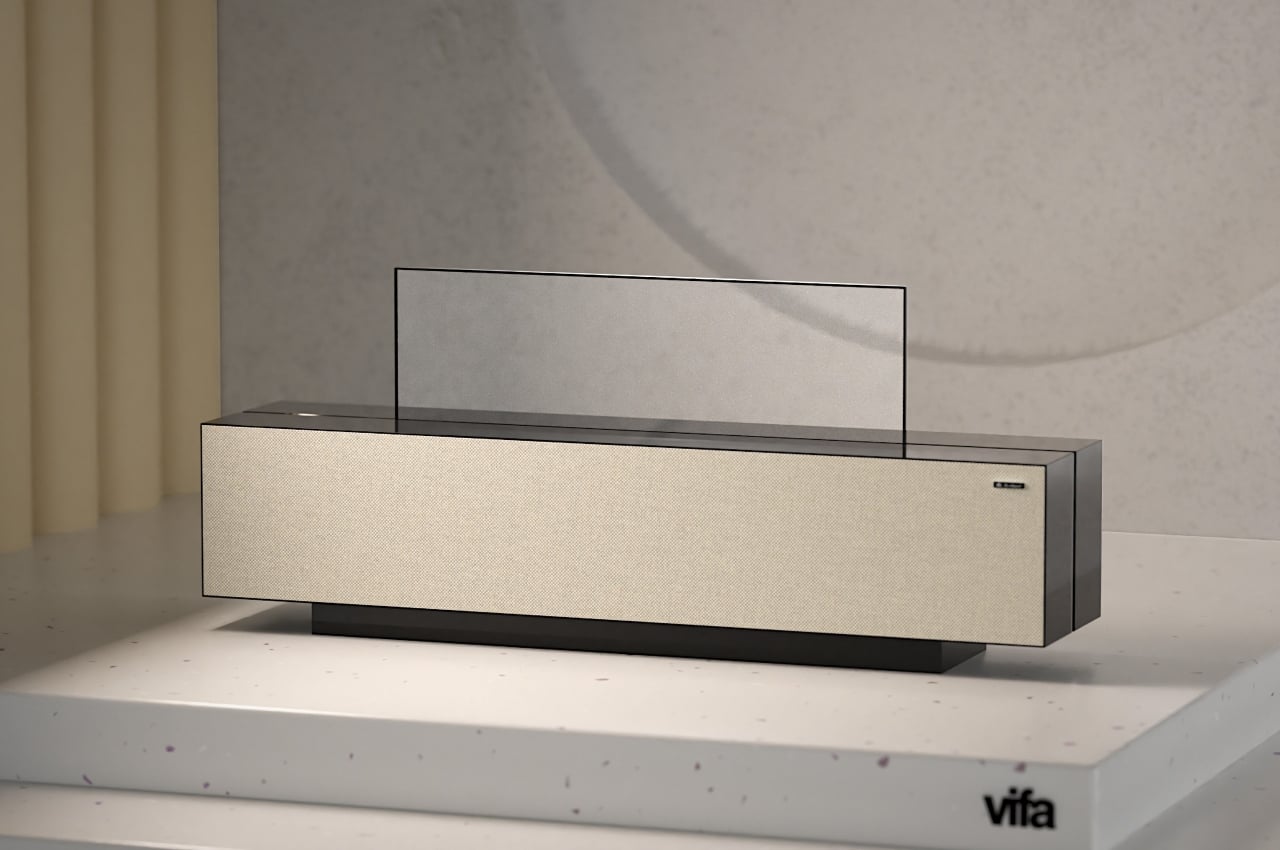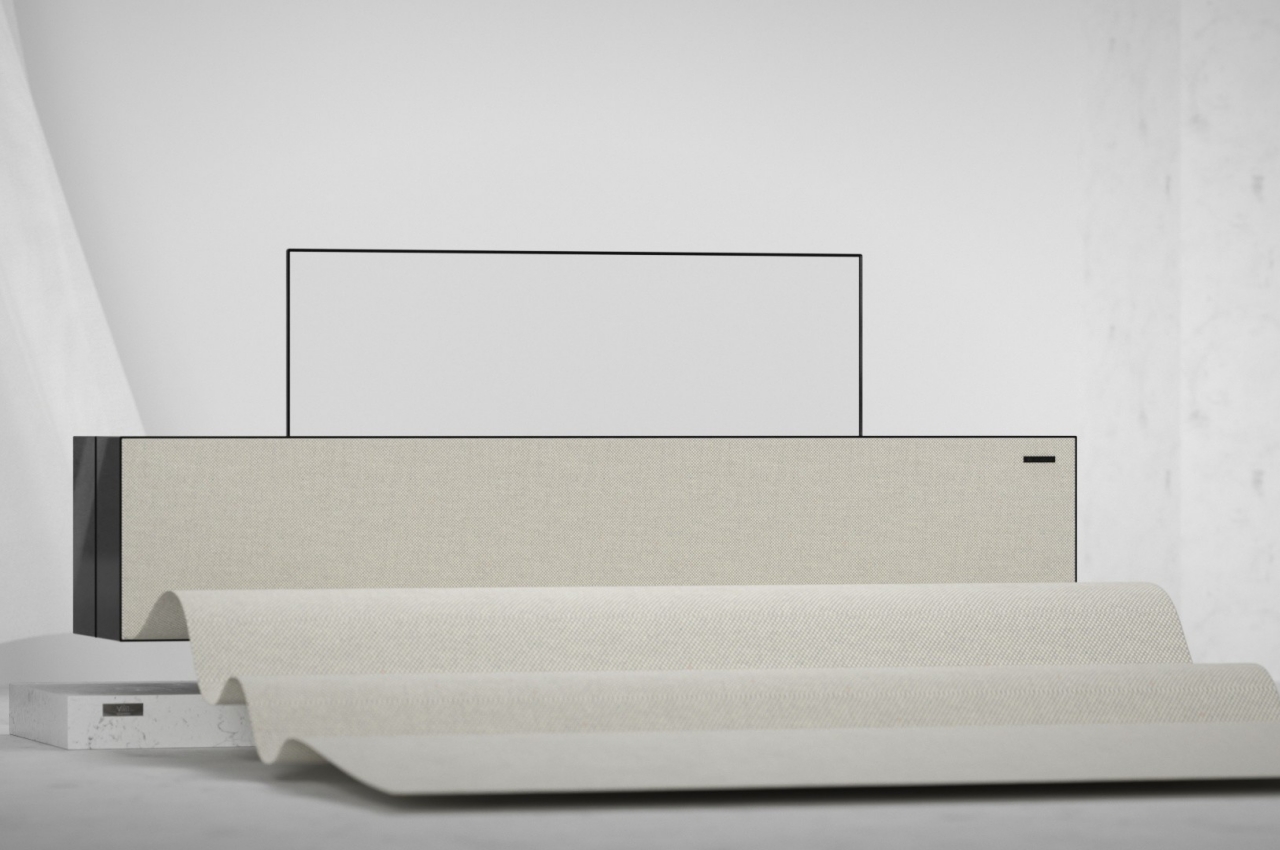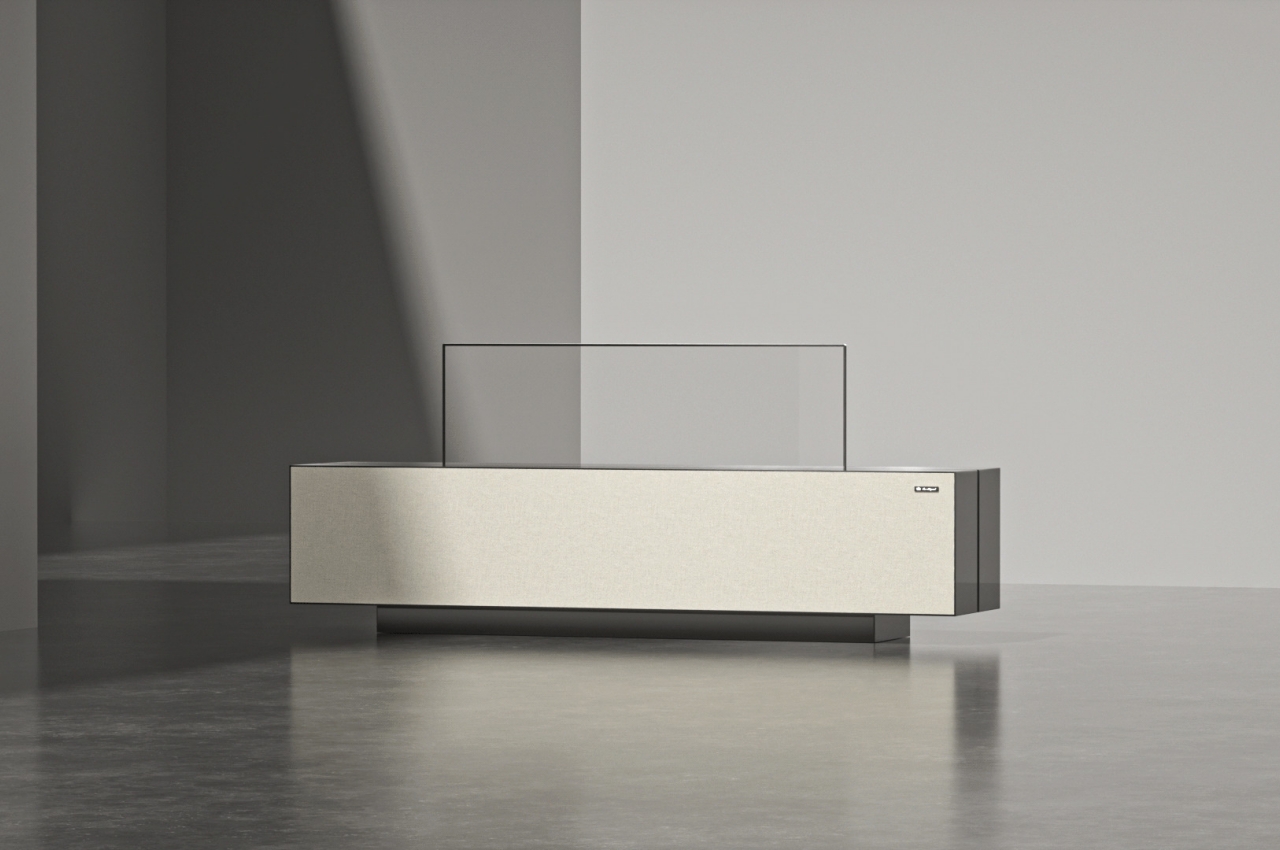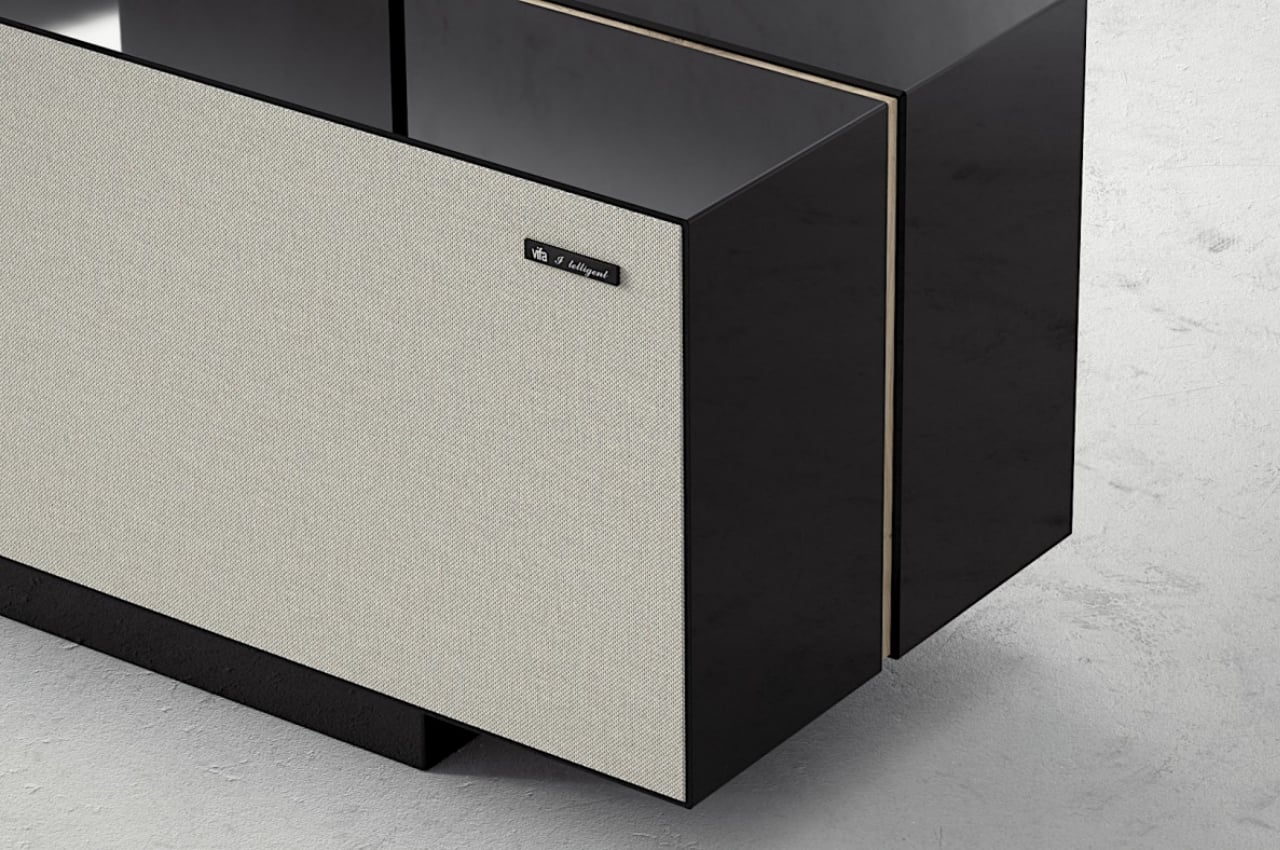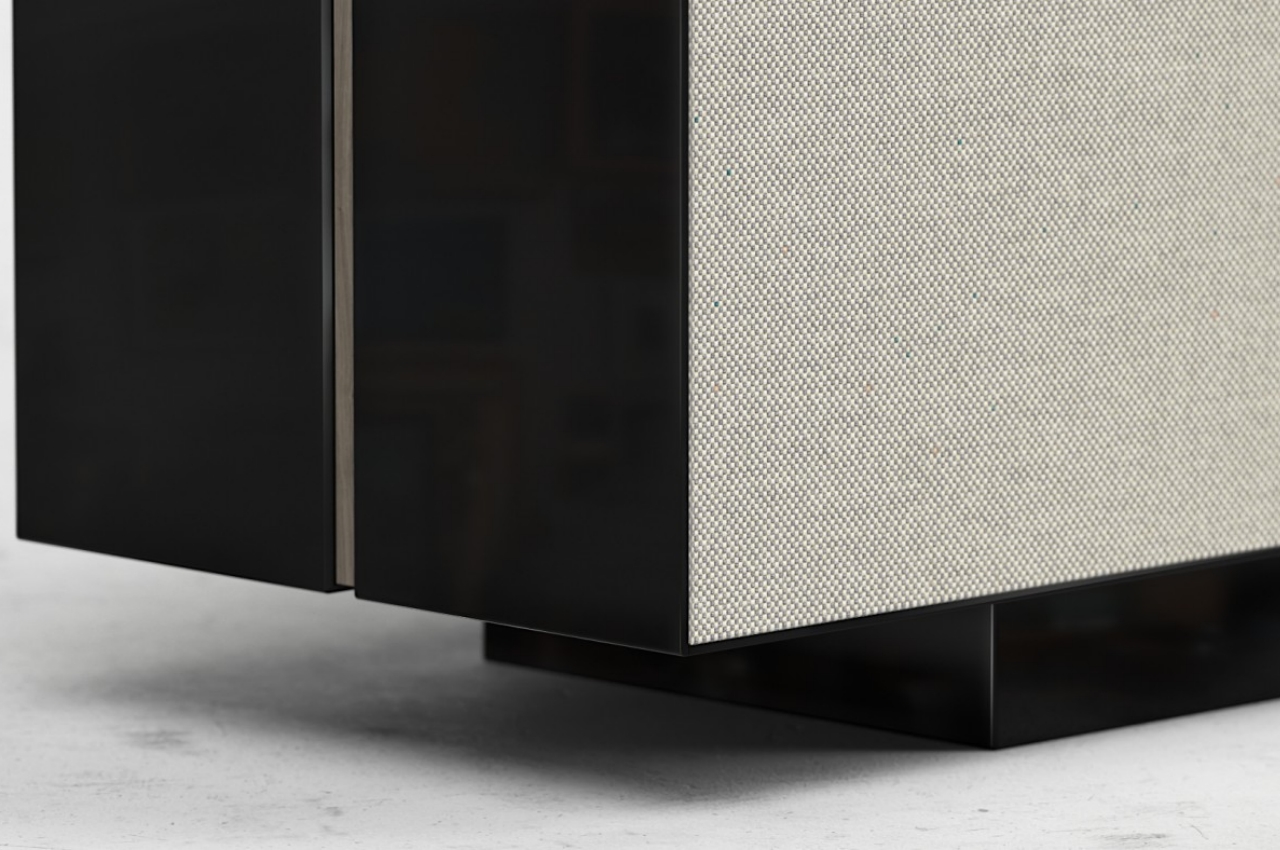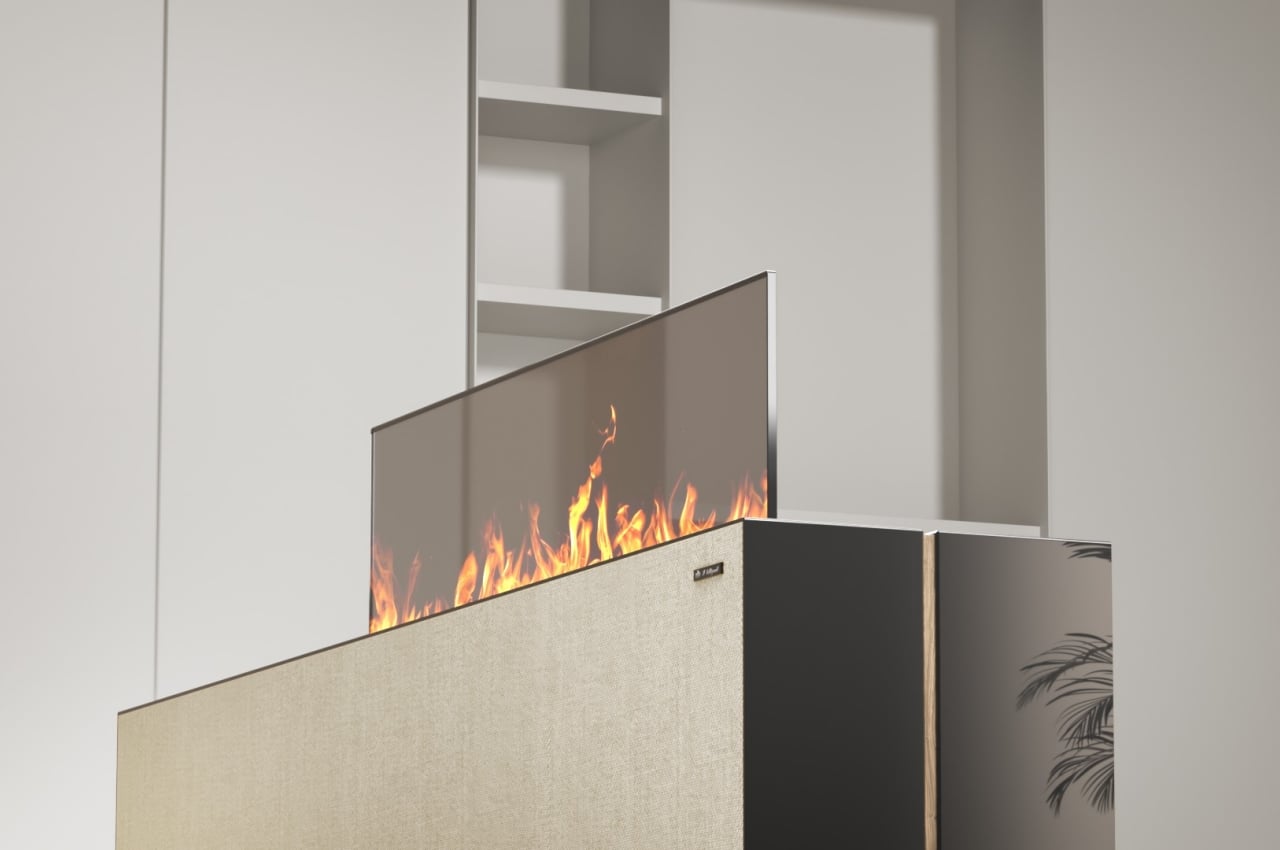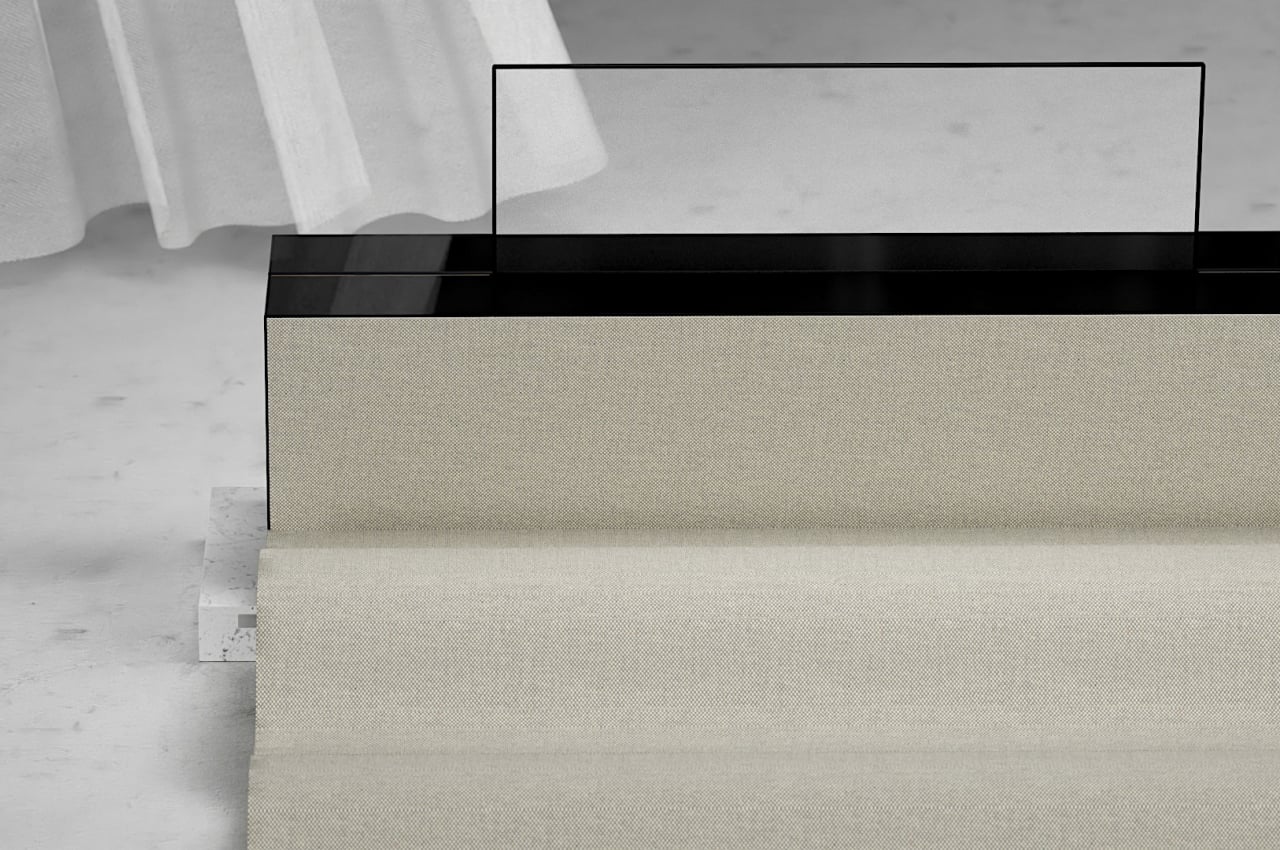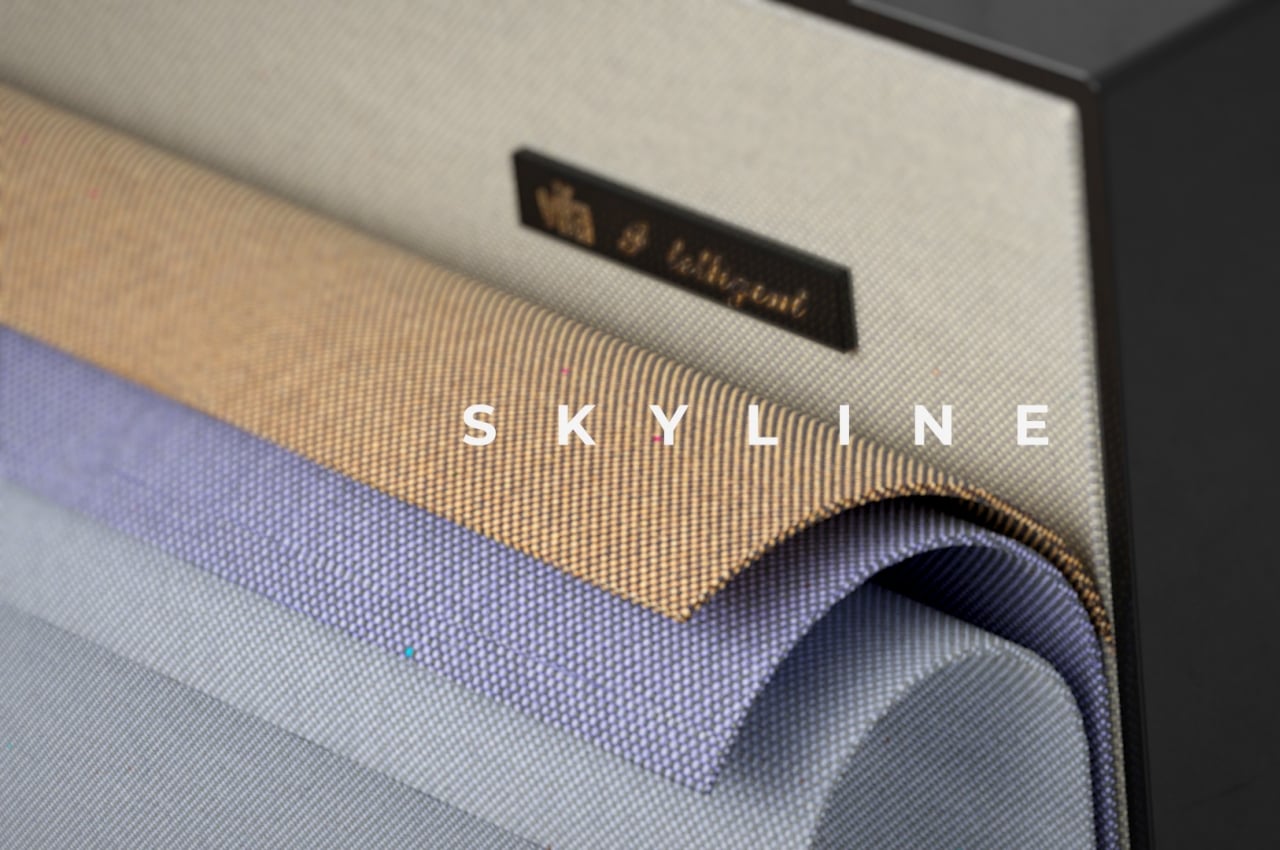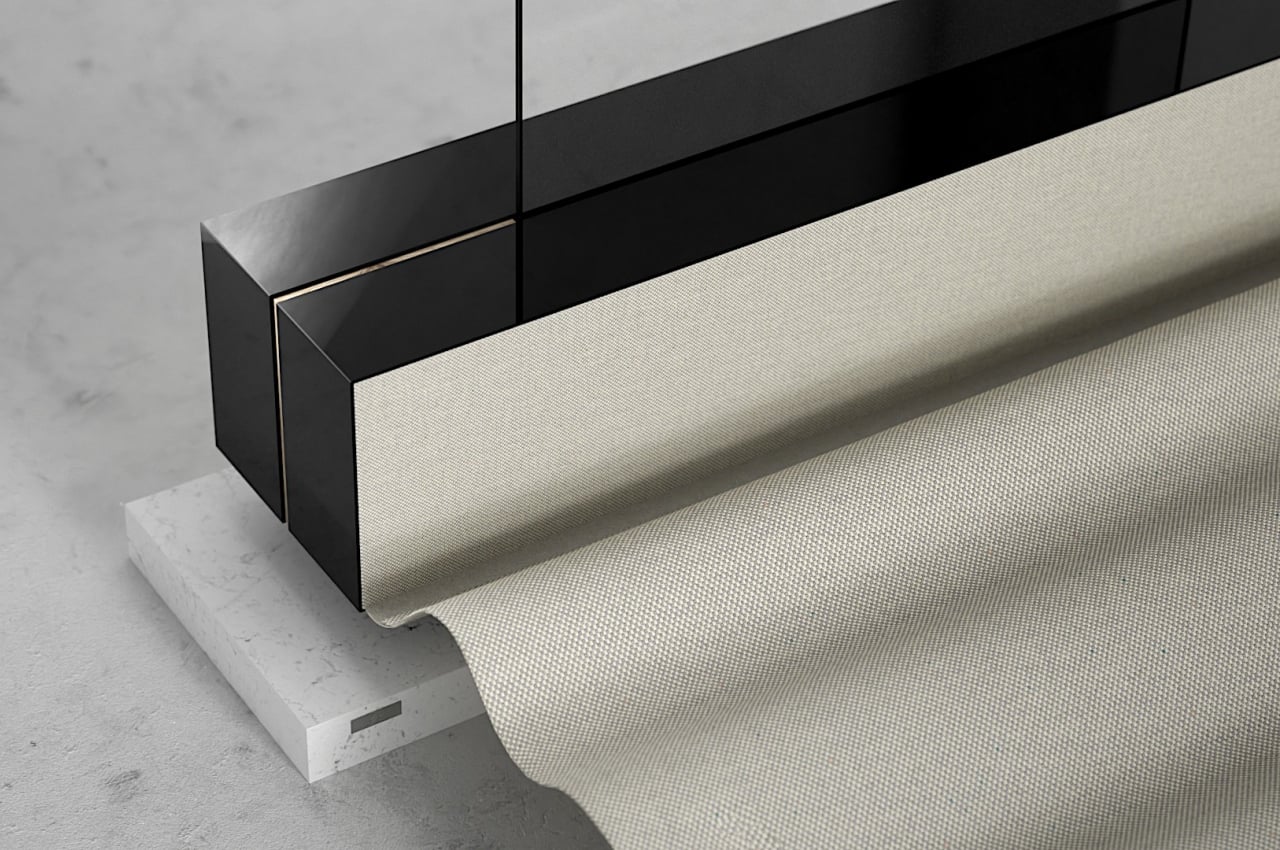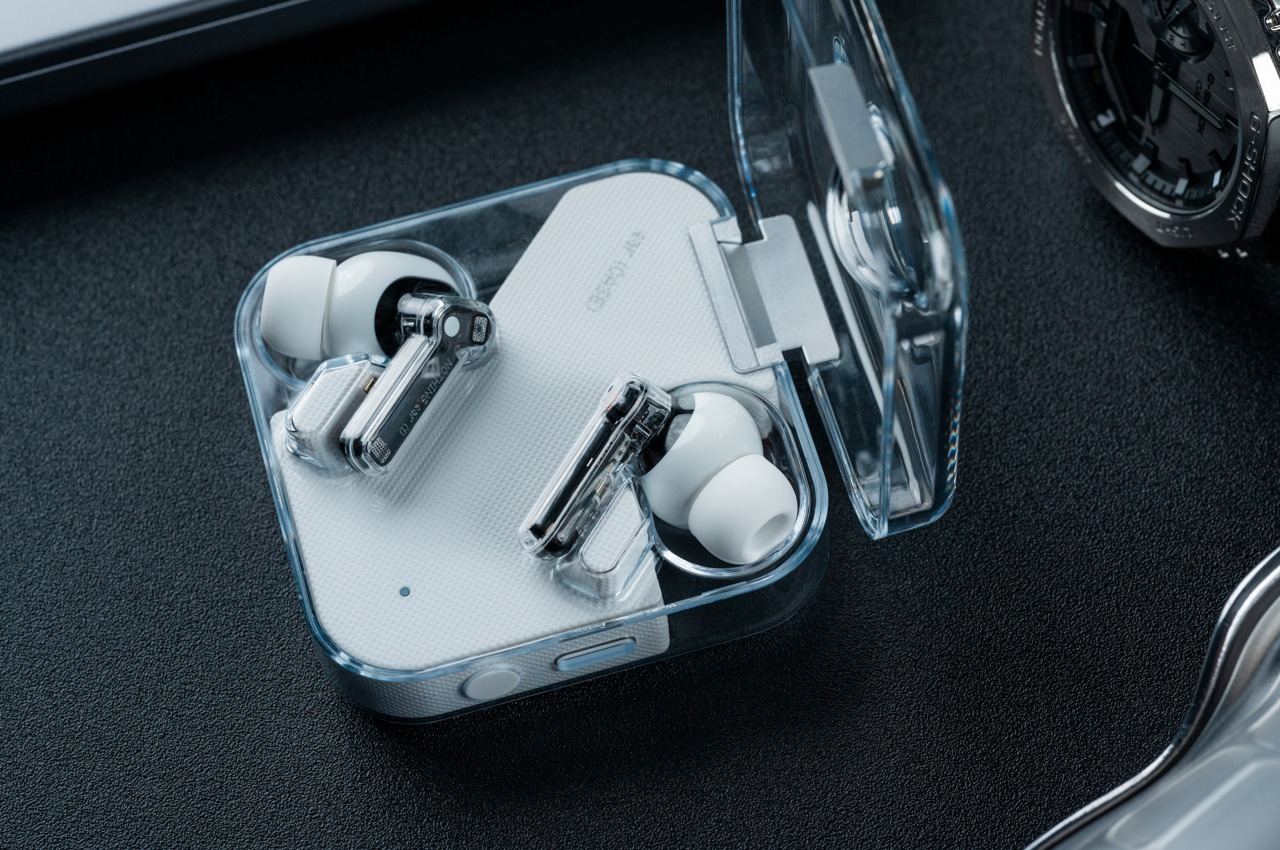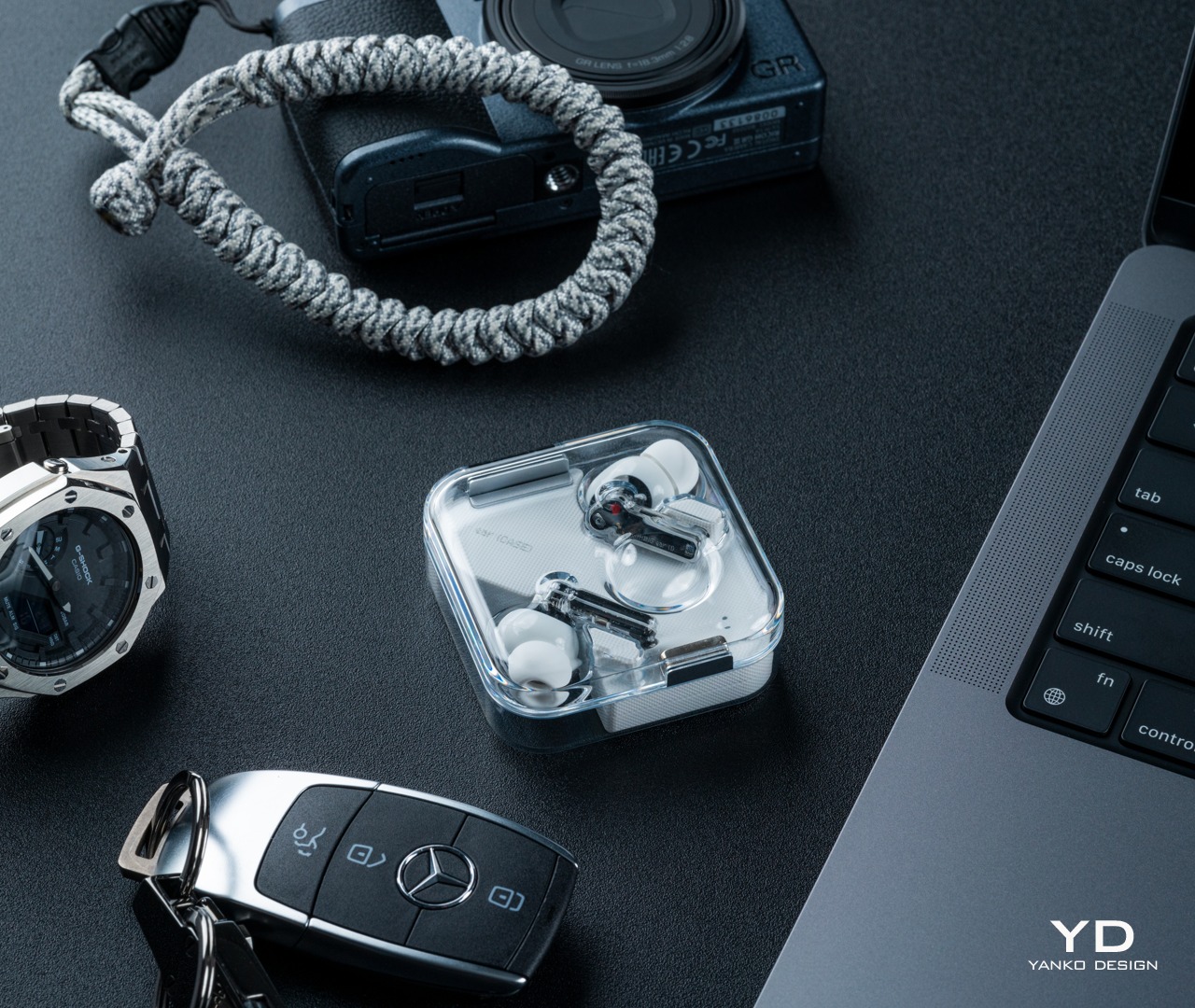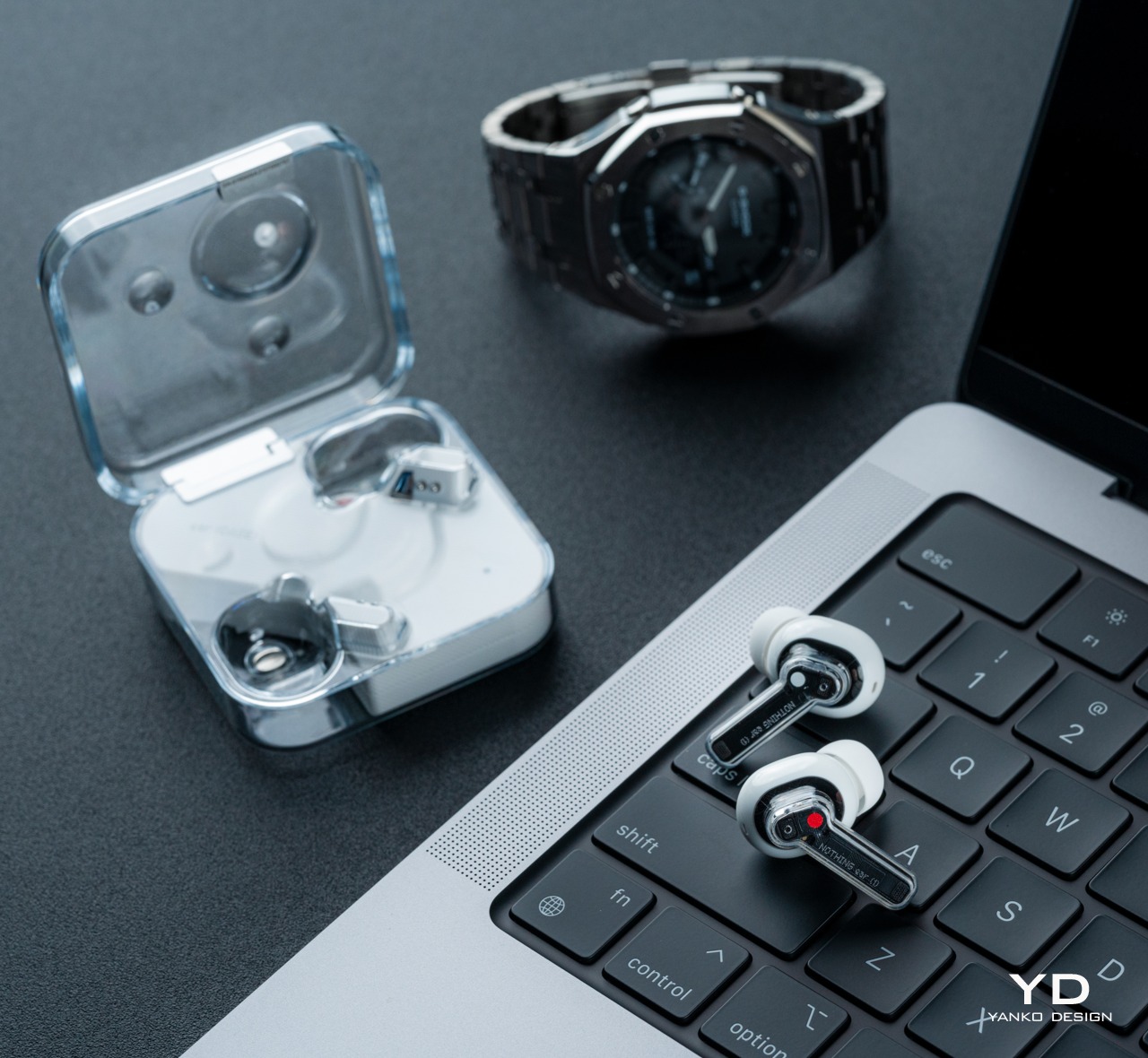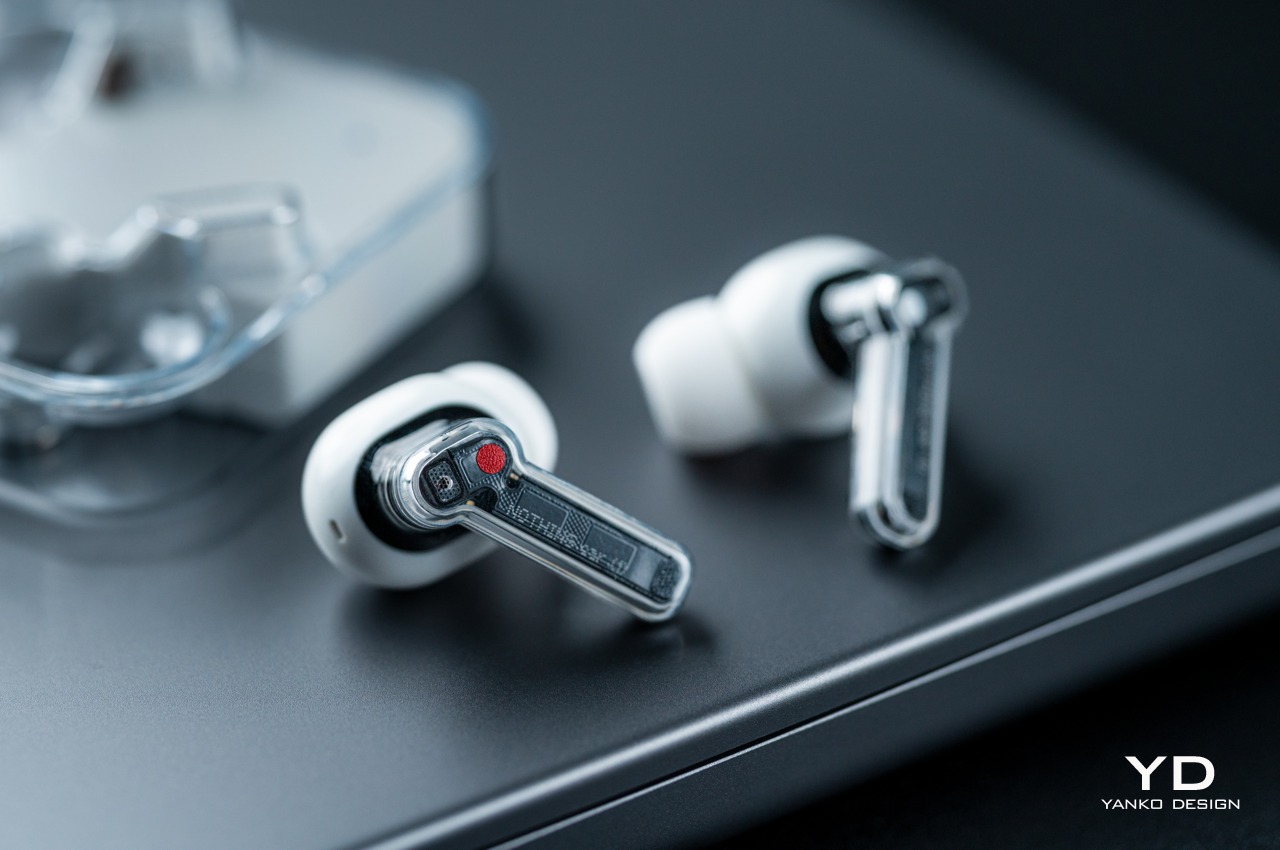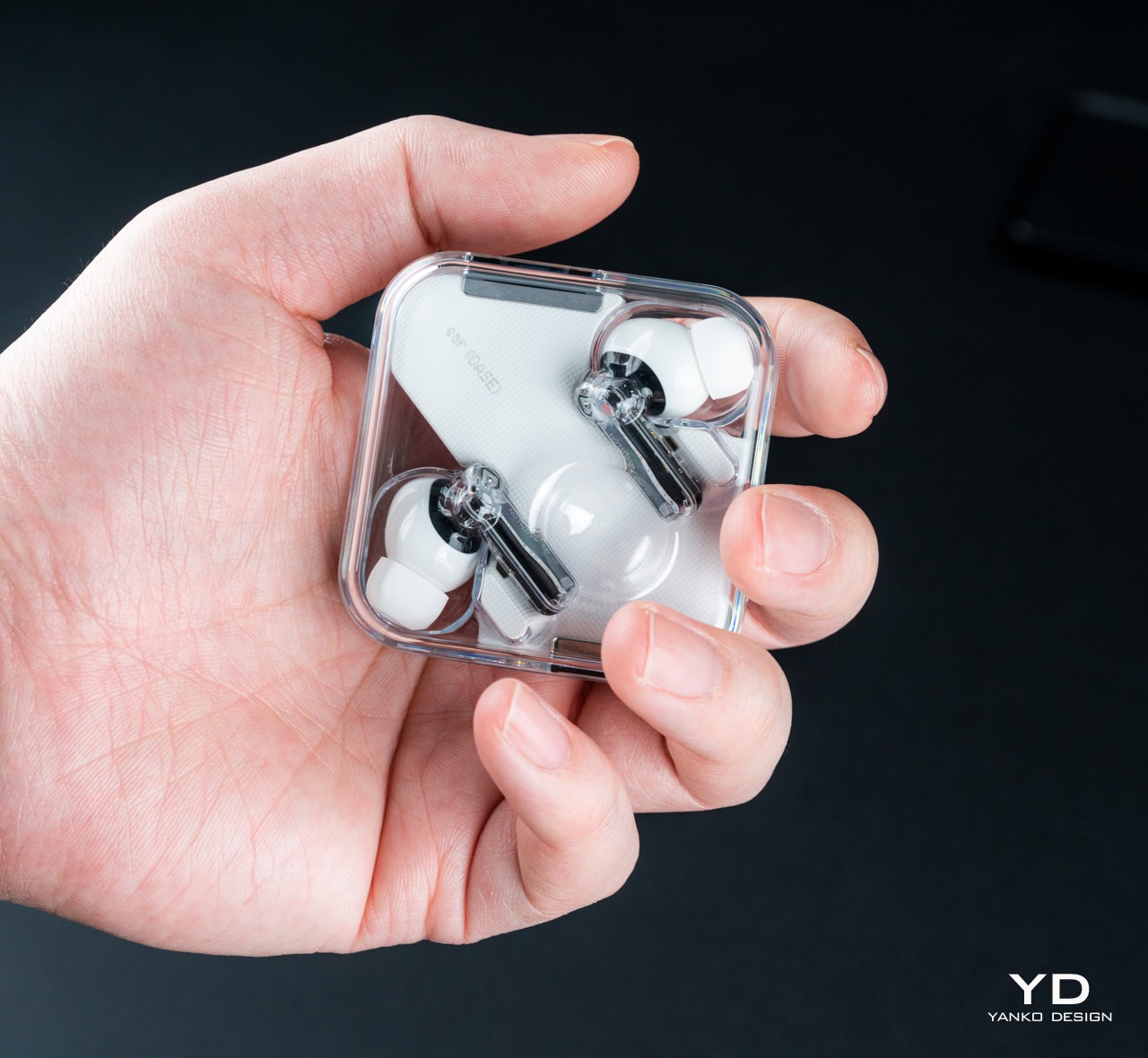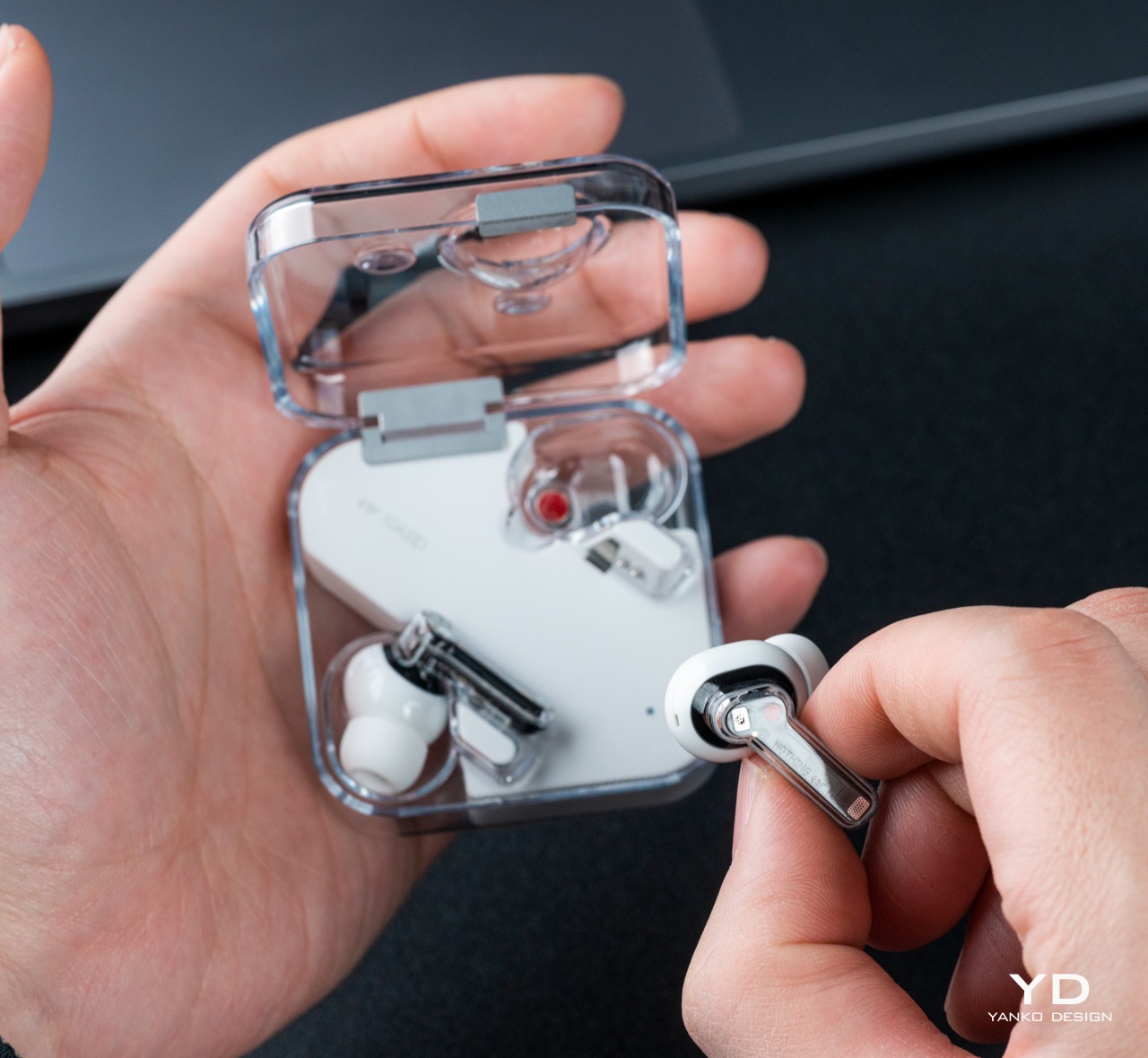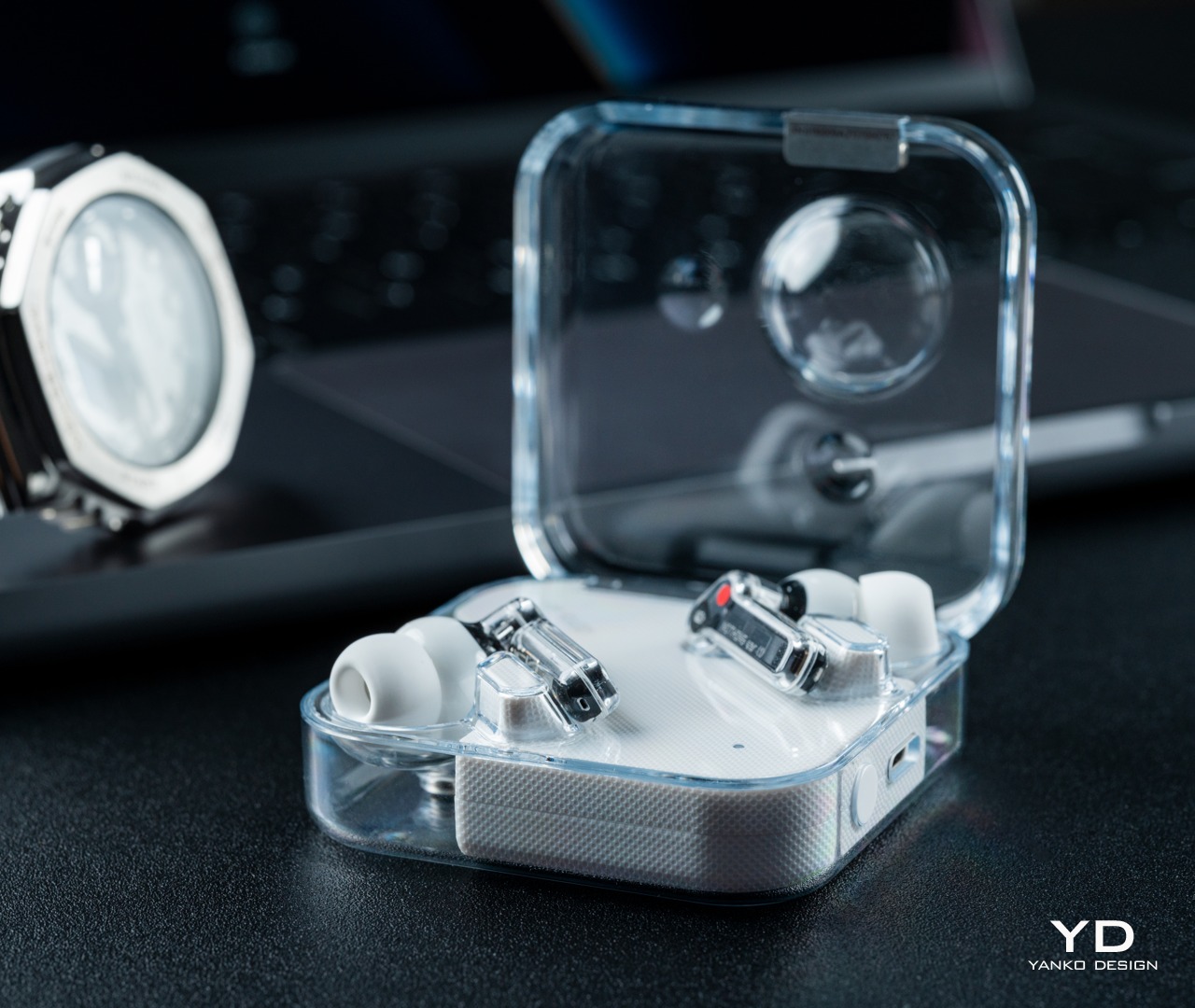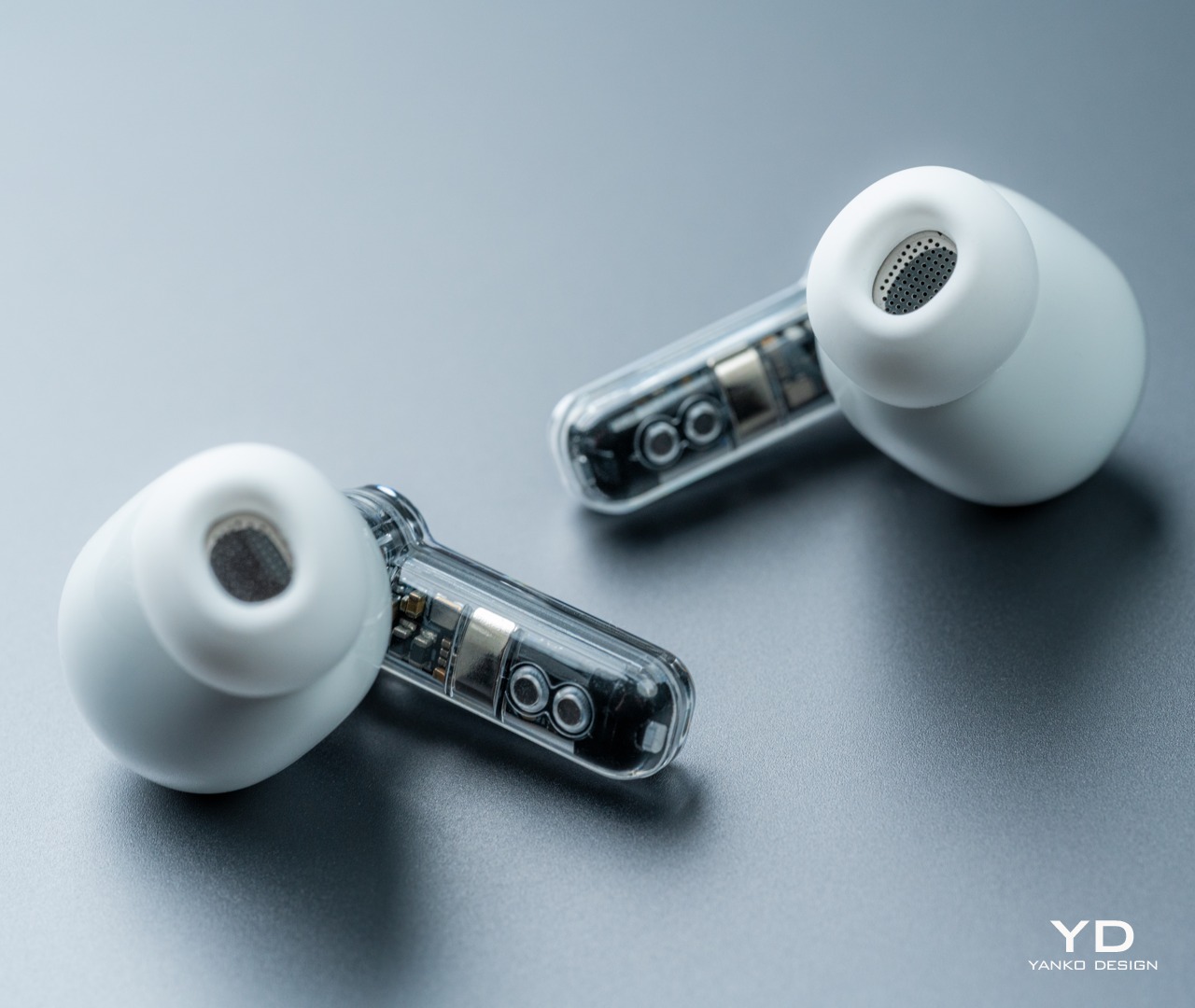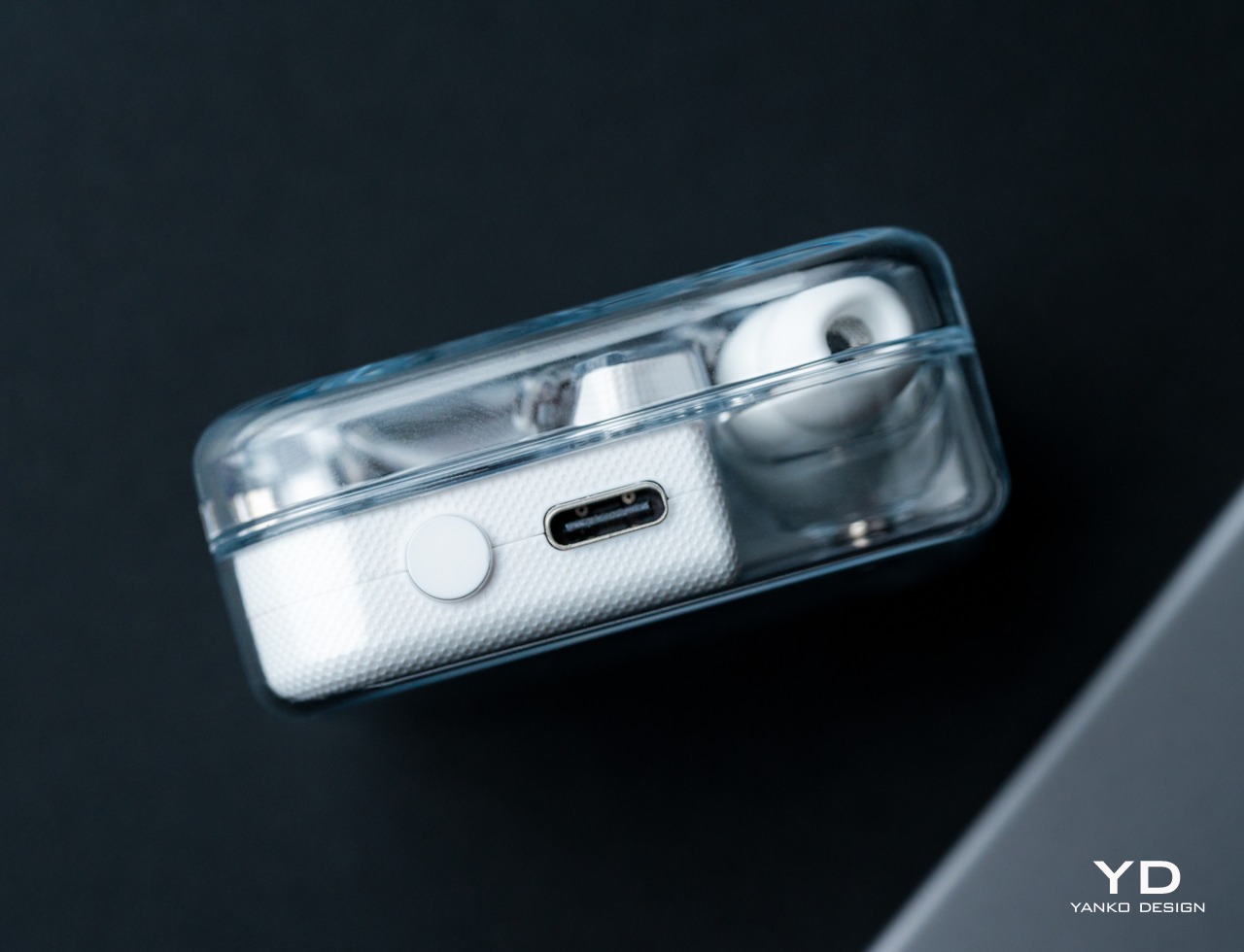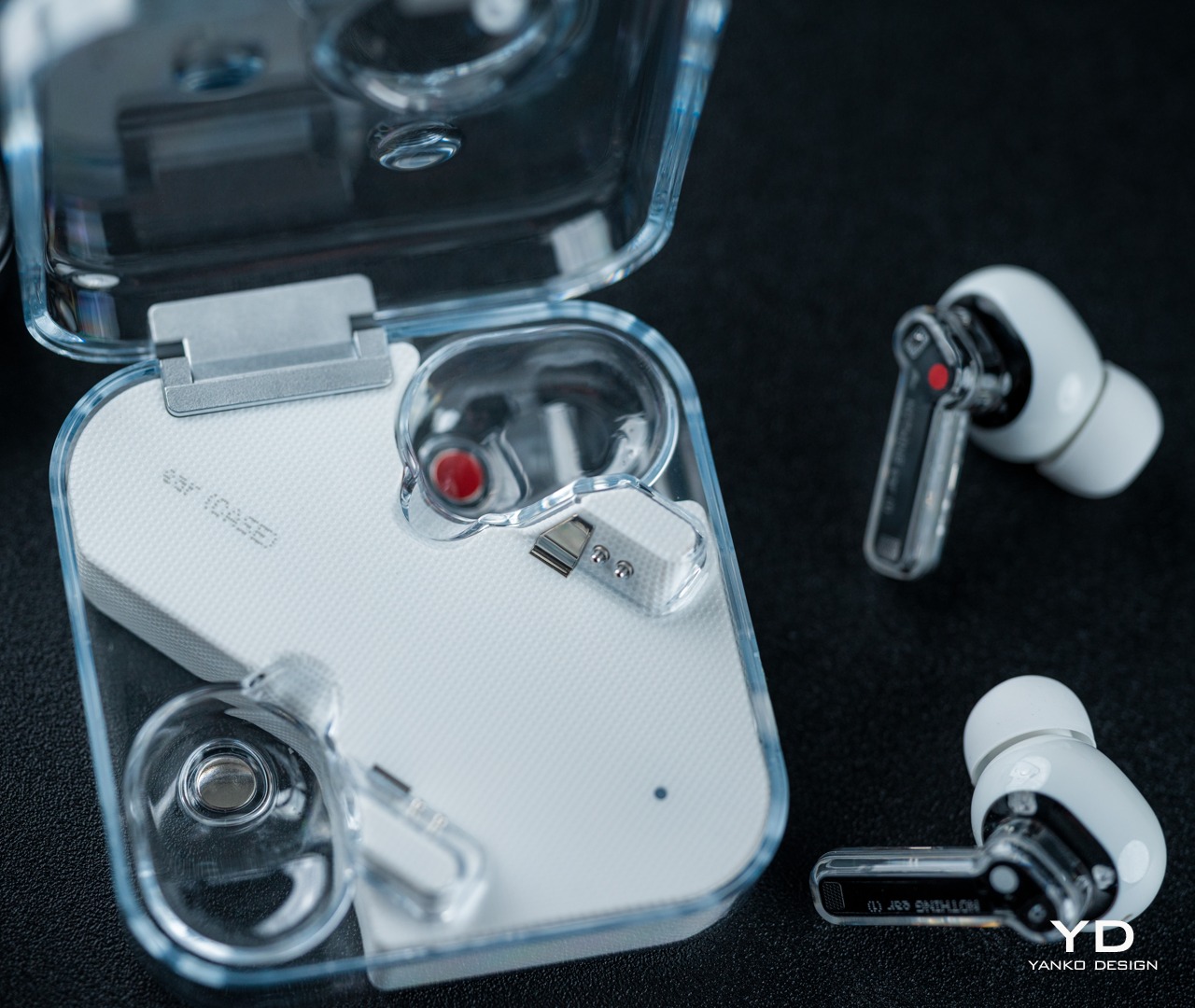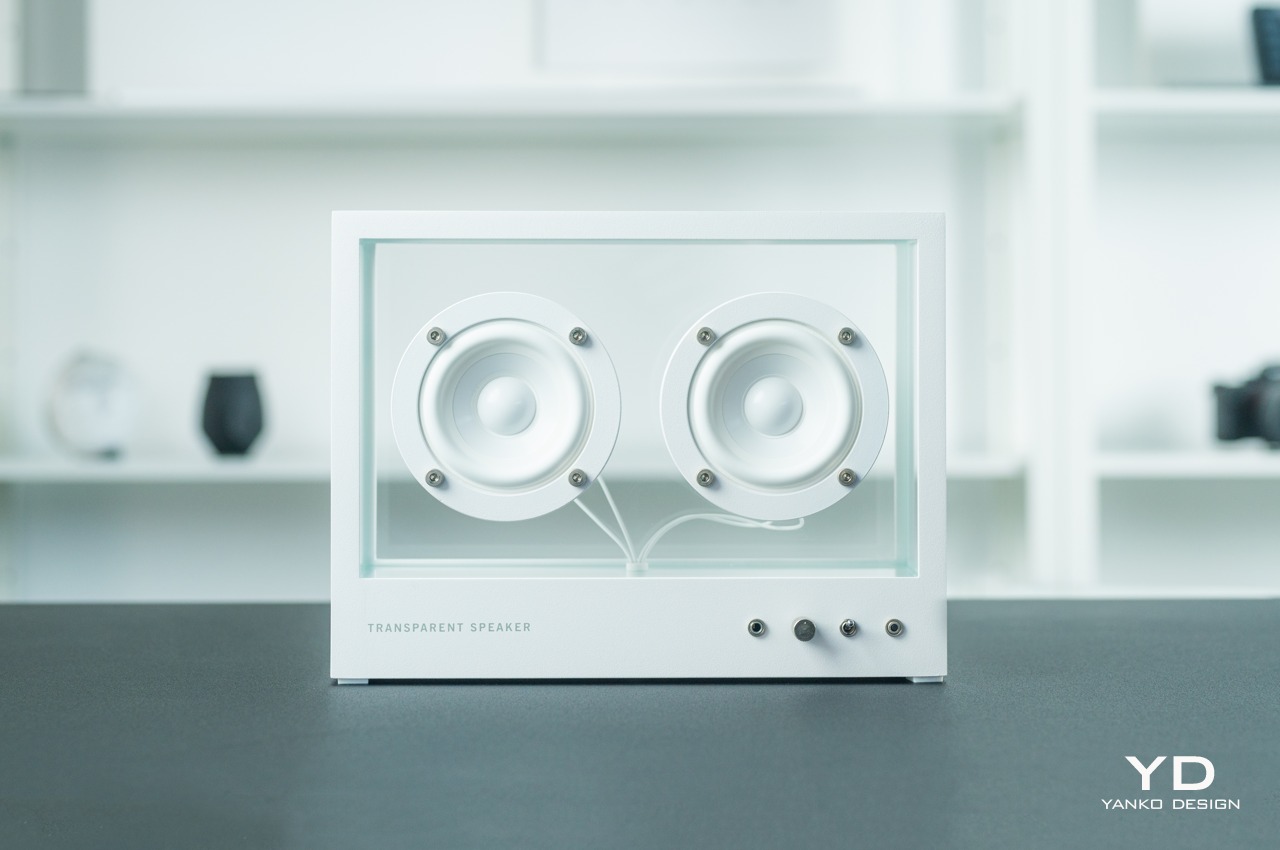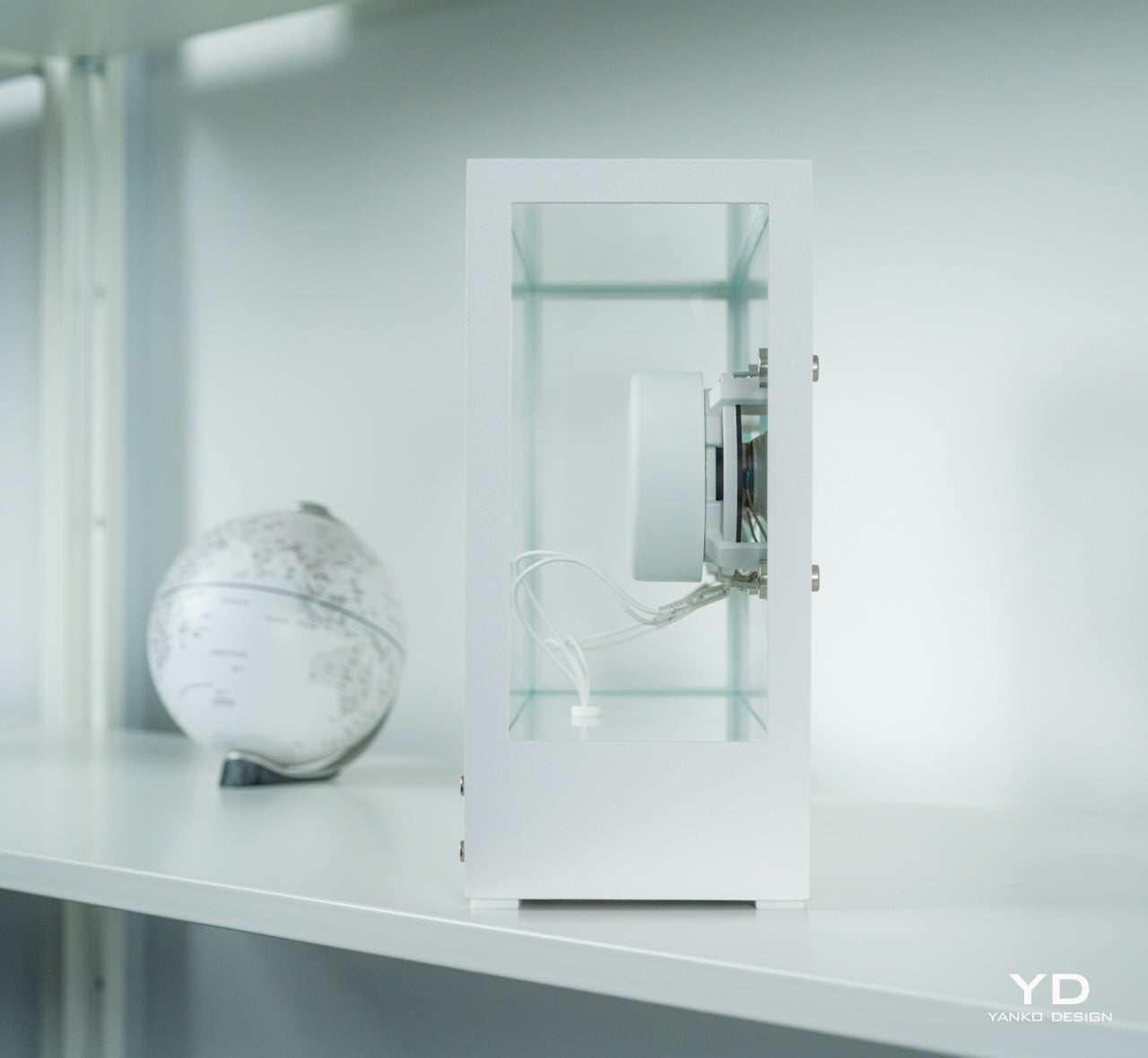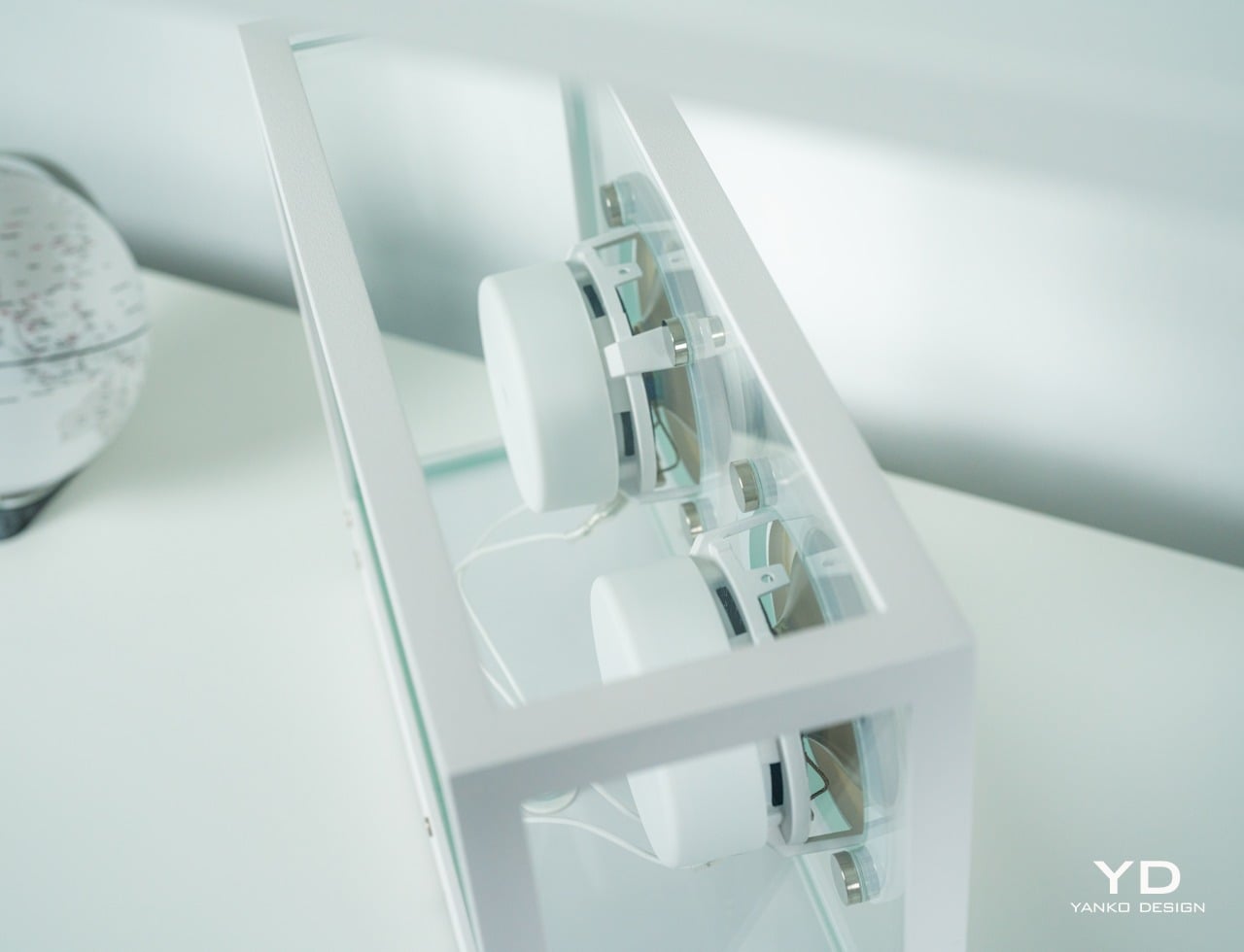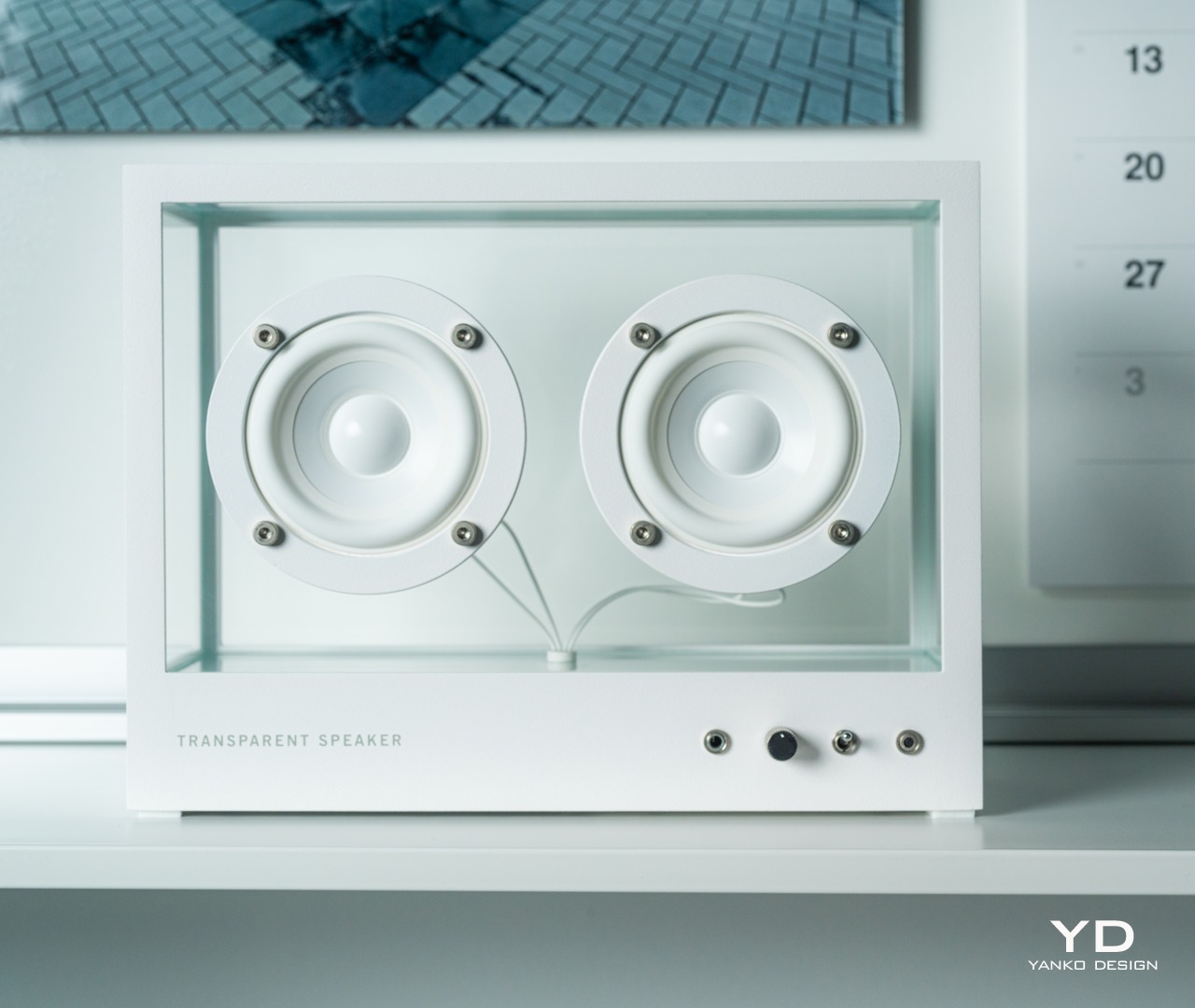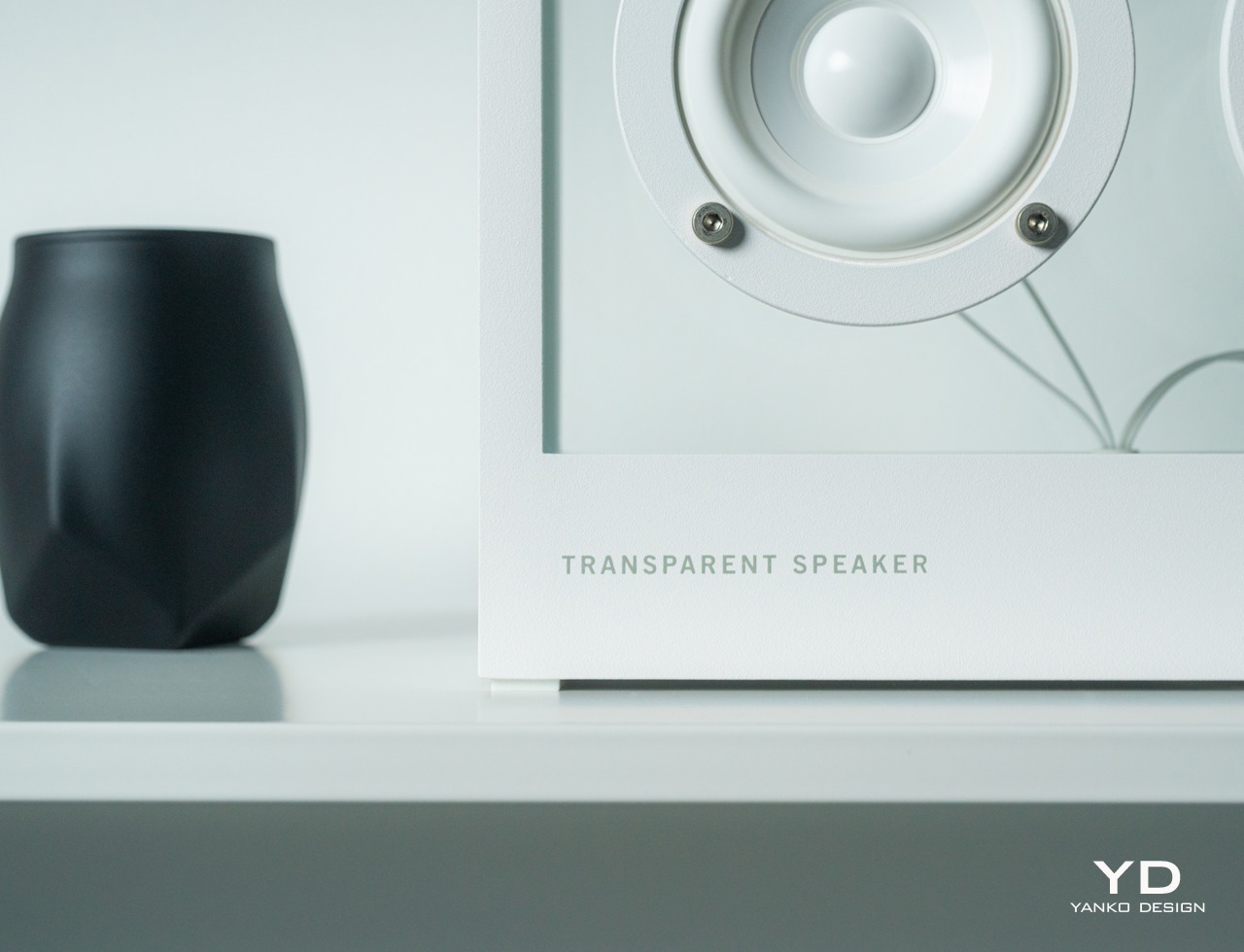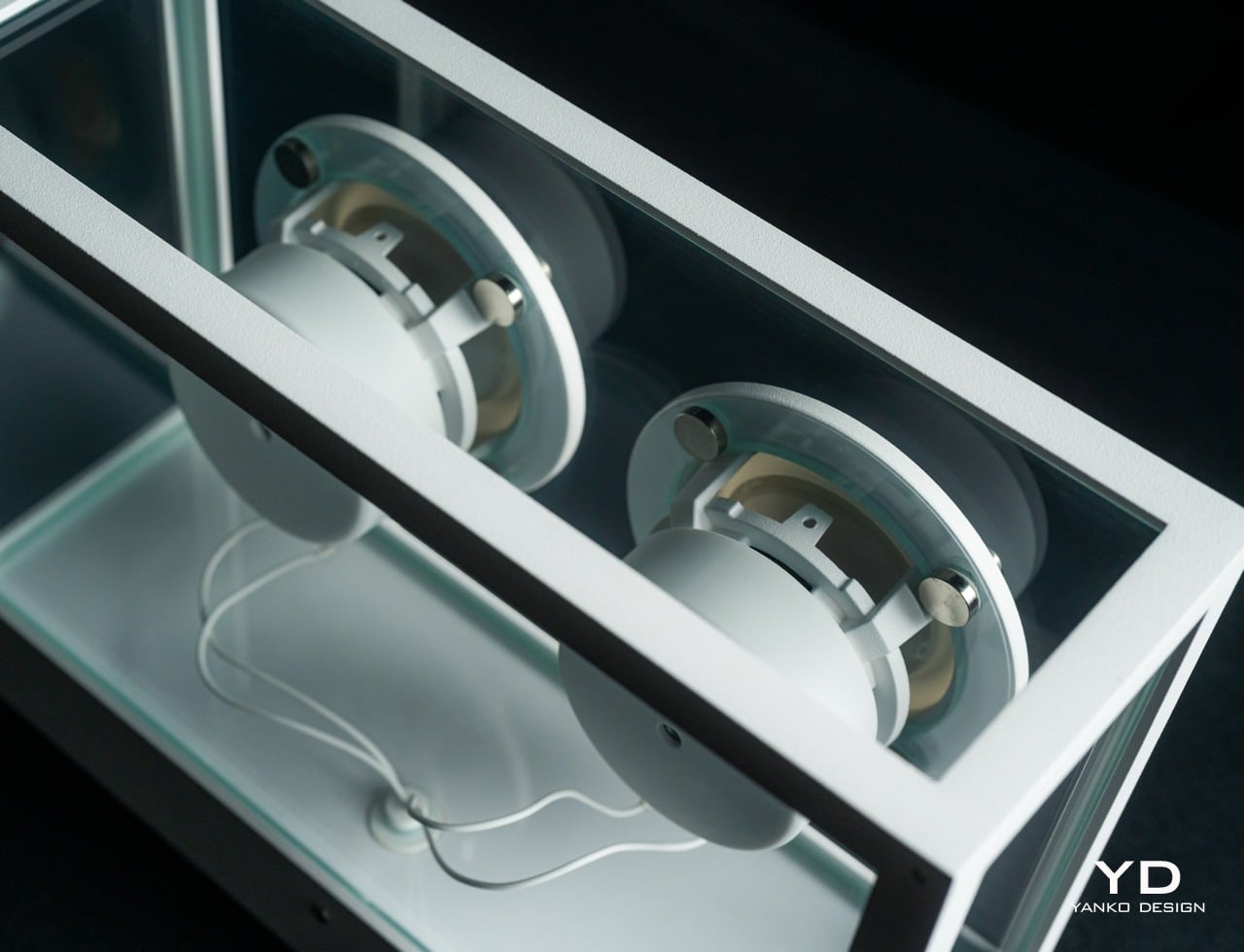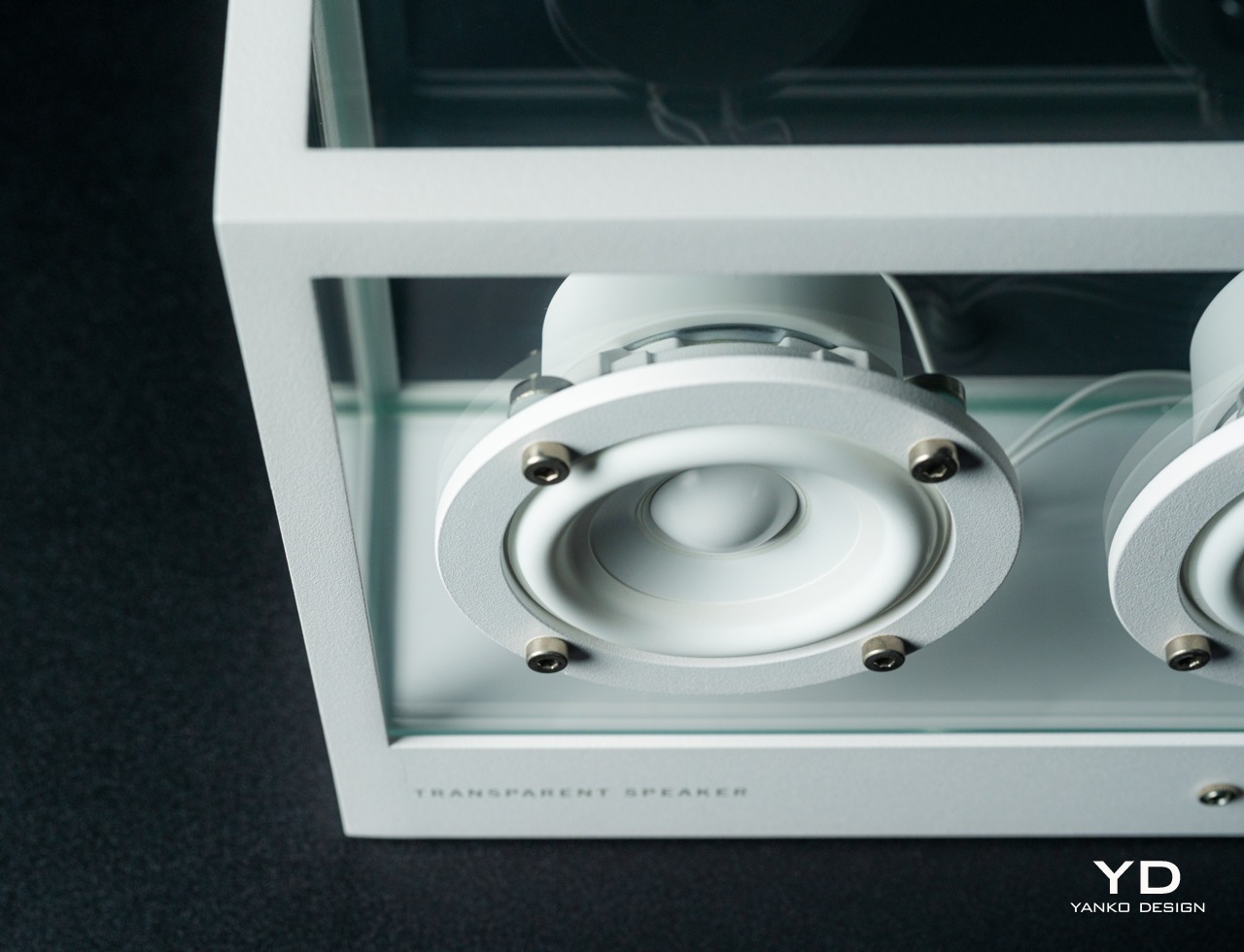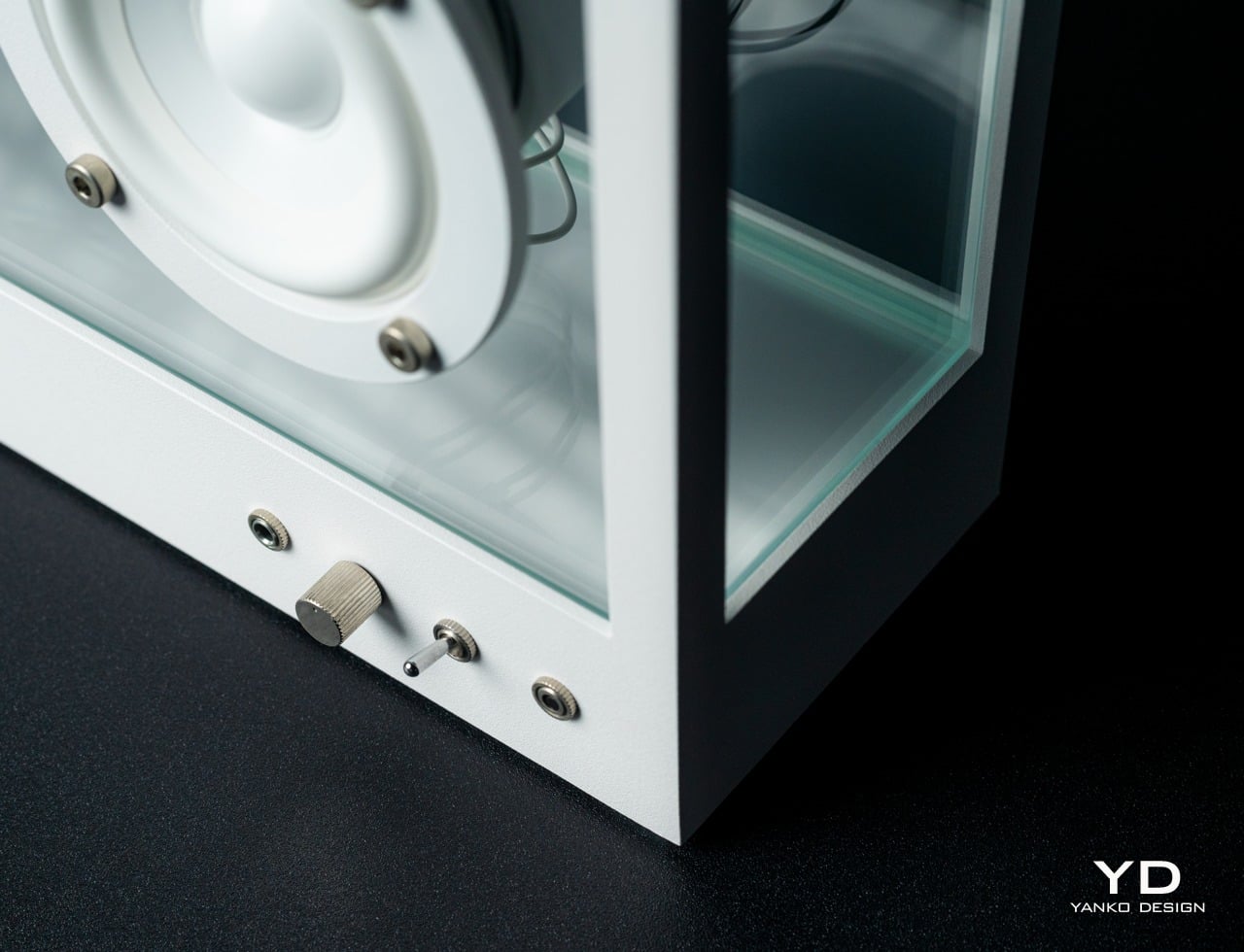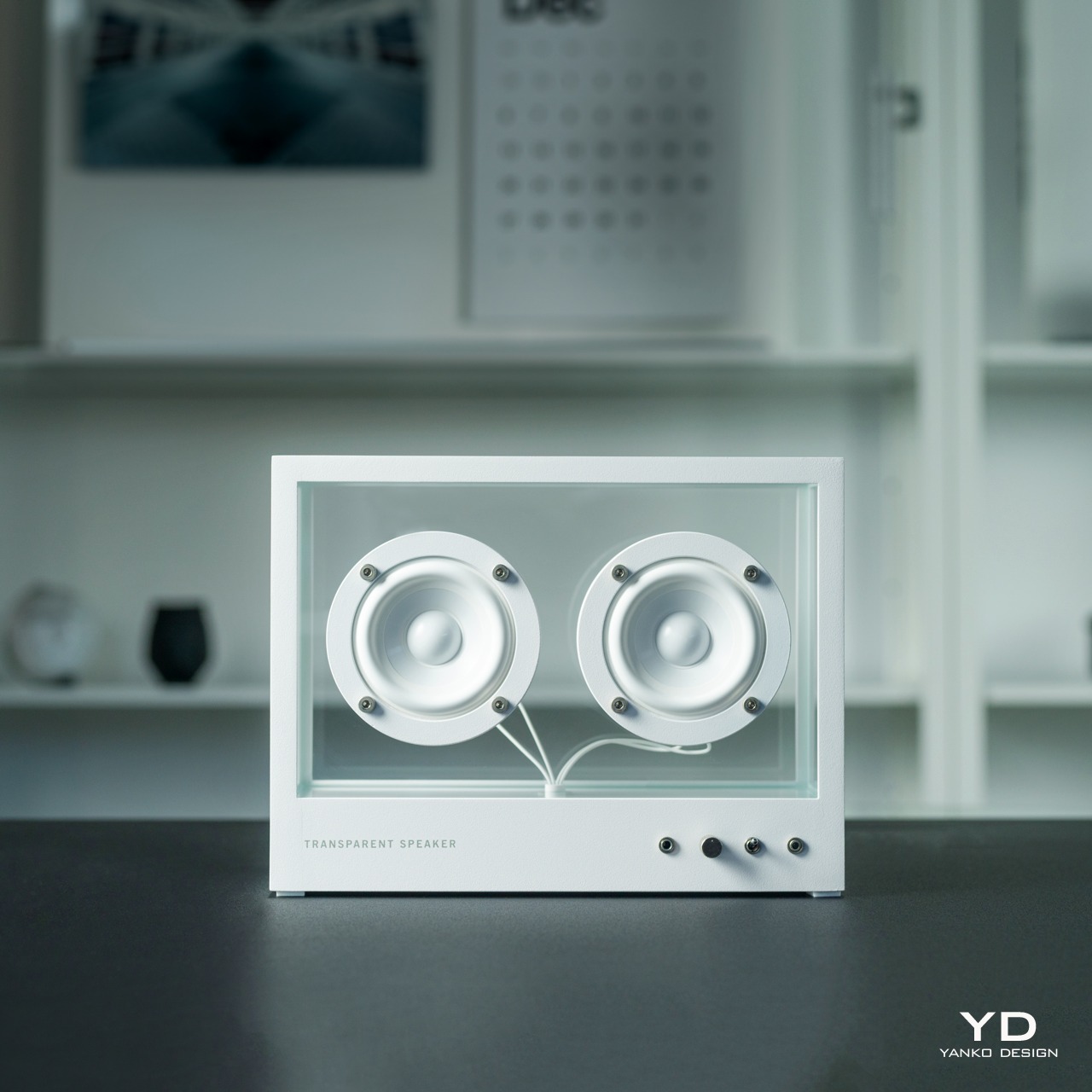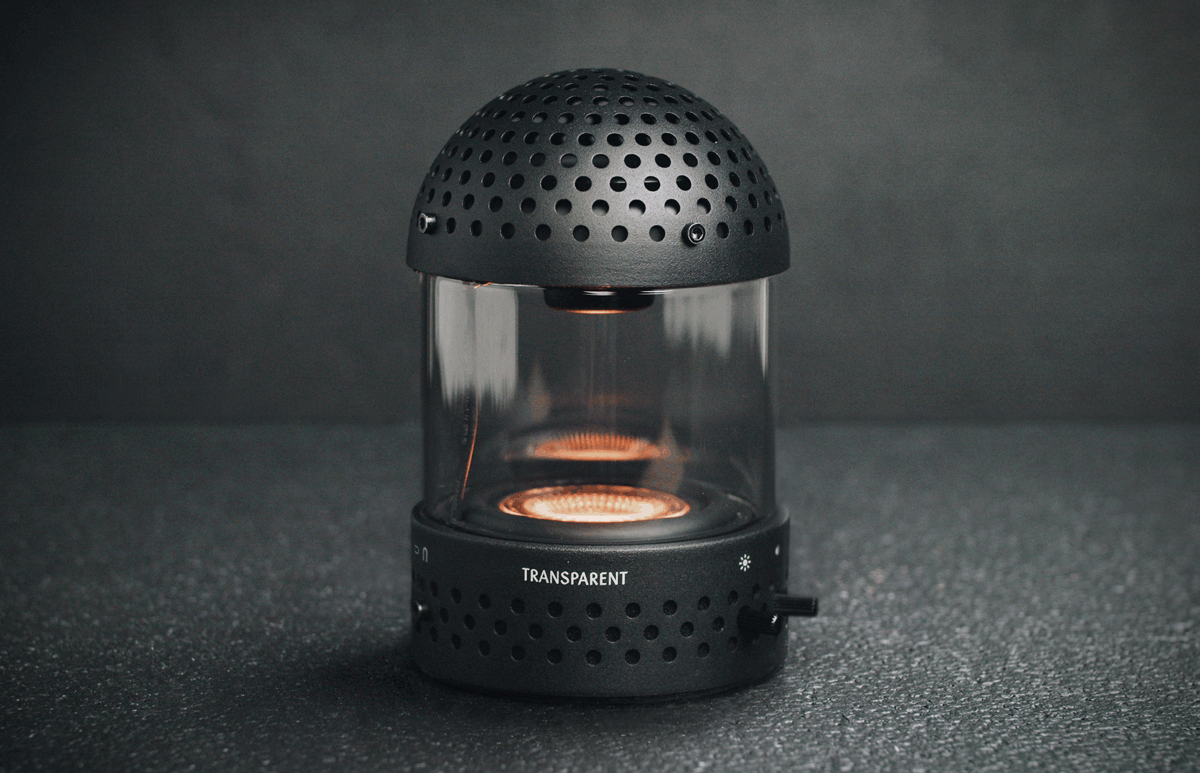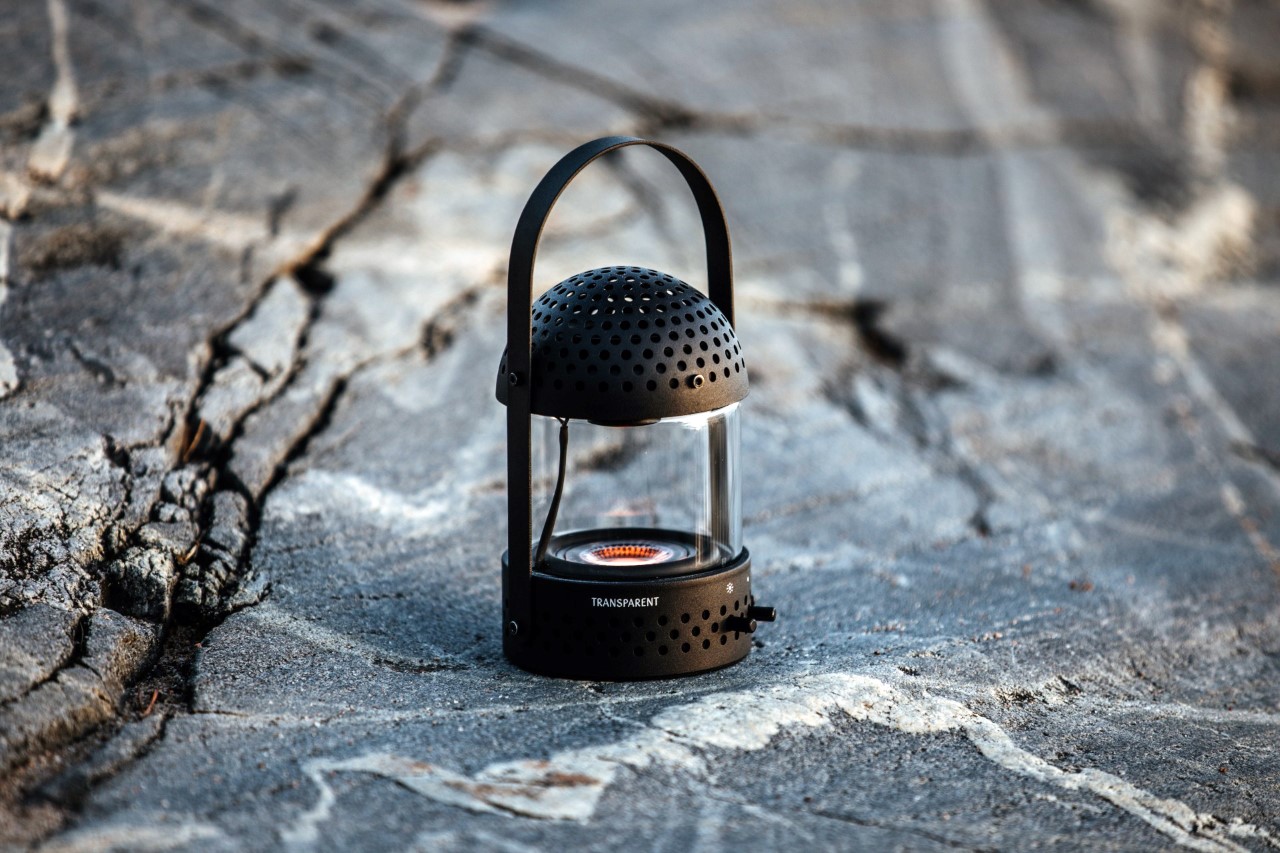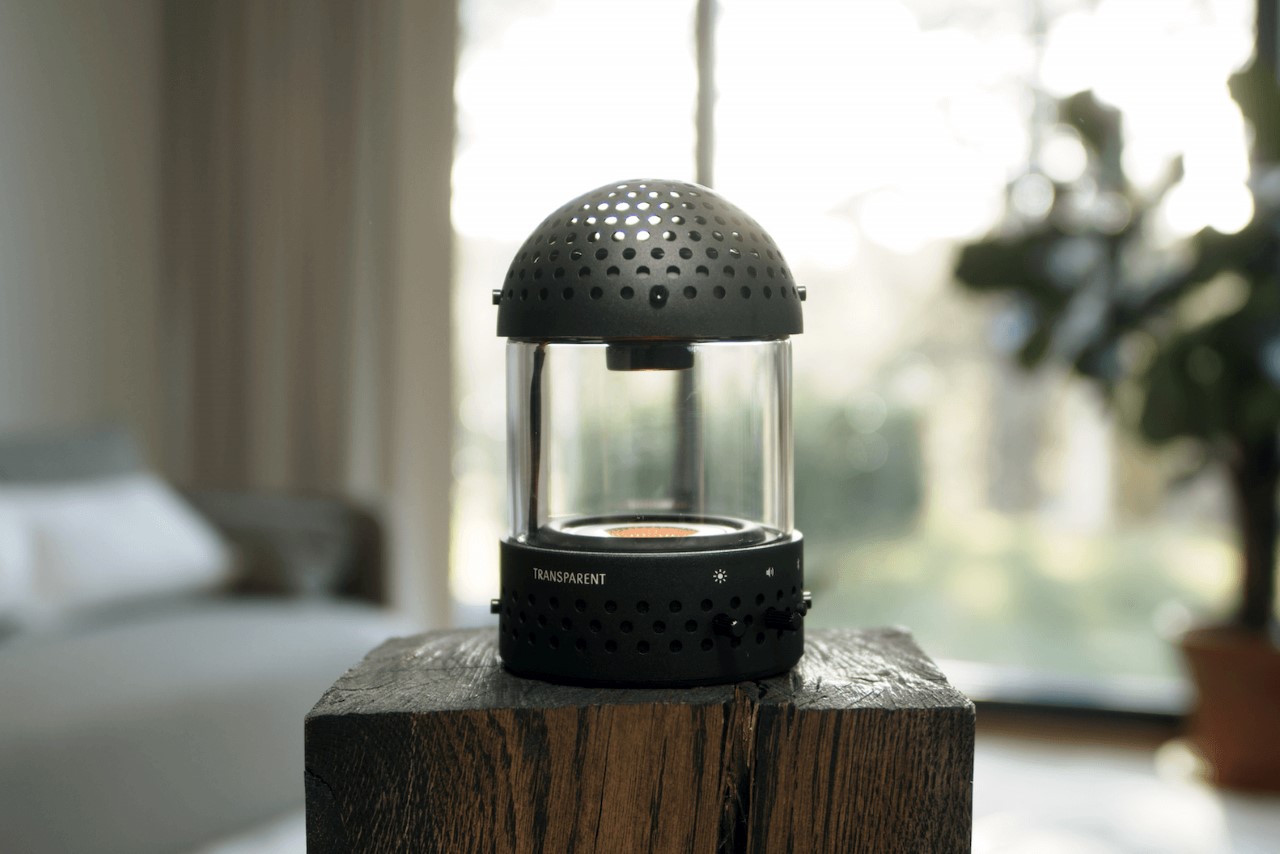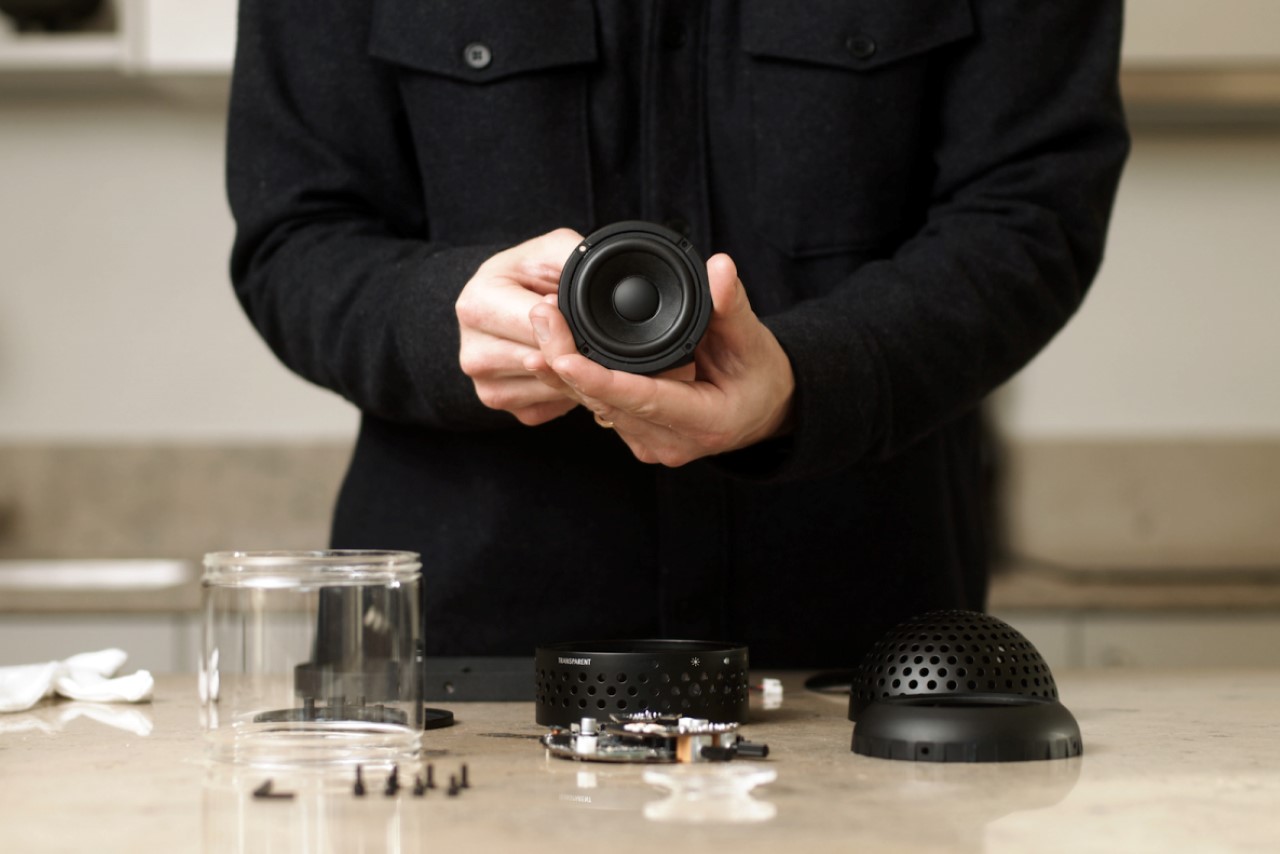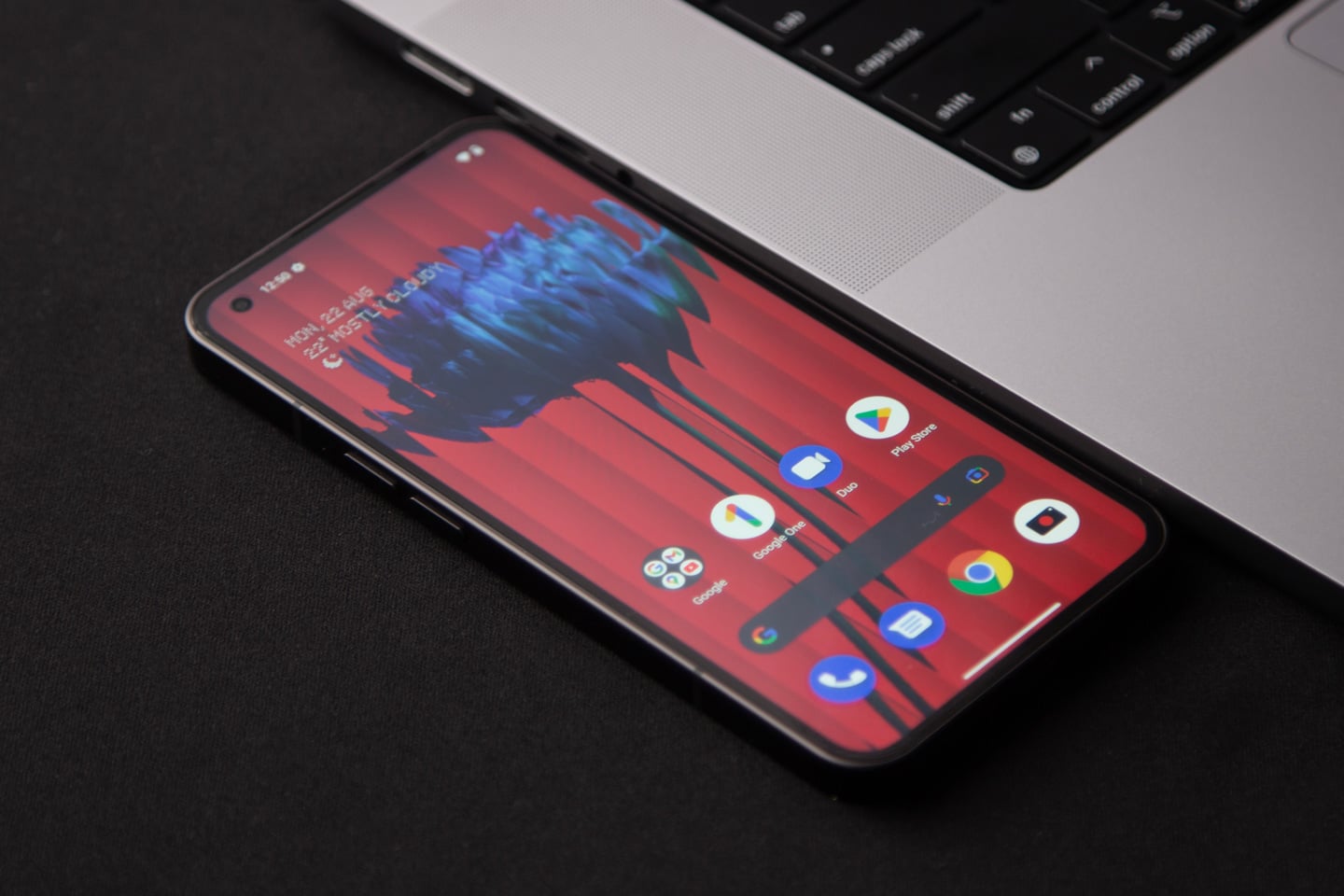
PROS:
- Great value for money
- Perhaps the cleanest version of Android on a non-Google phone
- Premium design with a smooth UI and surprisingly good camera
CONS:
- Phone heats up significantly during use
- Glass back is incredibly slippery and fingerprint-prone
- Still not everything that Nothing promised.
RATINGS:
SUSTAINABILITY / REPAIRABILITY
EDITOR'S QUOTE:
The phone is just remarkable for its price and fits wonderfully into the flagship killer category. The Glyph Interface feels like a compelling feature - but the lights there are entirely utilitarian. They weren't meant to be played with and enjoyed as an individual element... and that feels like somewhat of a let-down.
Pei made a promise to give us a phone that challenges the status quo by being fun and functional together. To a decent extent, the Nothing phone (1) fits that very description that Pei painted before us… but perhaps the most important thing about the Nothing phone (1) is its timing. At a time when the hype for OnePlus has absolutely died down (with ardent fans now turning against the brand), combined with the fact that Google doesn’t seem to care even a bit about getting people excited about their phones (the Pixel 4 and 5 were absolute marketing disasters), this empty period of nothingness seemed like a perfect time for a new contender to emerge. Almost through sheer coincidence, the brand was named Nothing.
Click Here to Visit the Nothing Website
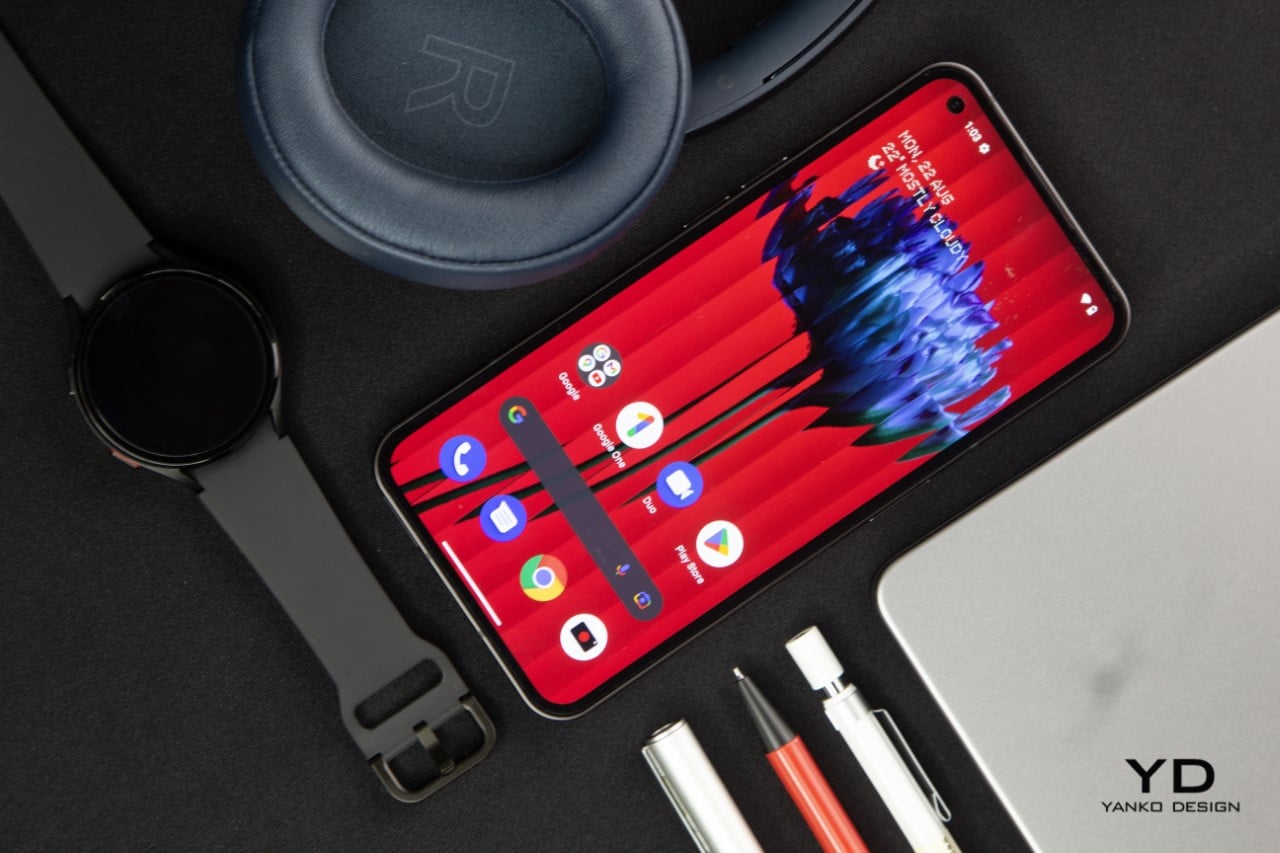
About The Phone
Although we did cover the phone in great detail when it launched back in July, here’s a brief overview of what this phone is and what it hopes to achieve. When founder Carl Pei took to the stage in March of this year to talk about Nothing’s next product, he set a few things straight. Phones were becoming boring, operating systems becoming bloated, walled gardens were being created, and there was an empty space in the market – a space Nothing hoped to fill. The phone’s launch in July definitely felt like it did justice (to a certain degree) to Carl’s little March monologue. The Nothing phone (1) is easily the most interesting-looking phone I’ve seen in a while. It comes with a unique transparent back that comes to life thanks to a Glyph Interface – or a series of lights, that flicker when you get calls or notifications. The phone, very competitively priced, is incredibly premium for its price. It comes with a Snapdragon 778G+ processor, has an iPhone-mimicking exterior, supports wireless charging, and has a clean OS. Its few shortcomings aside (and I’ll get to them in a bit), the phone absolutely nails the brief, the price, and the timing.
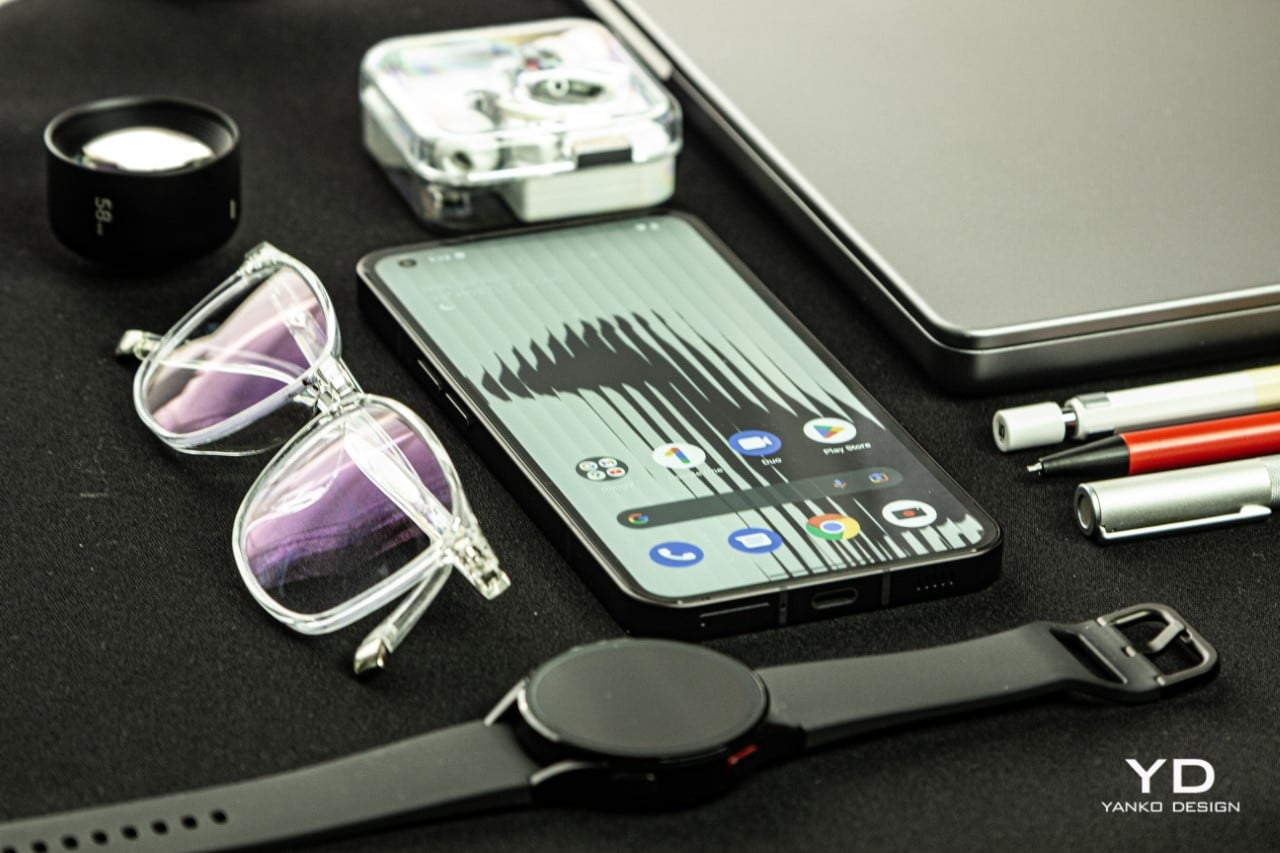
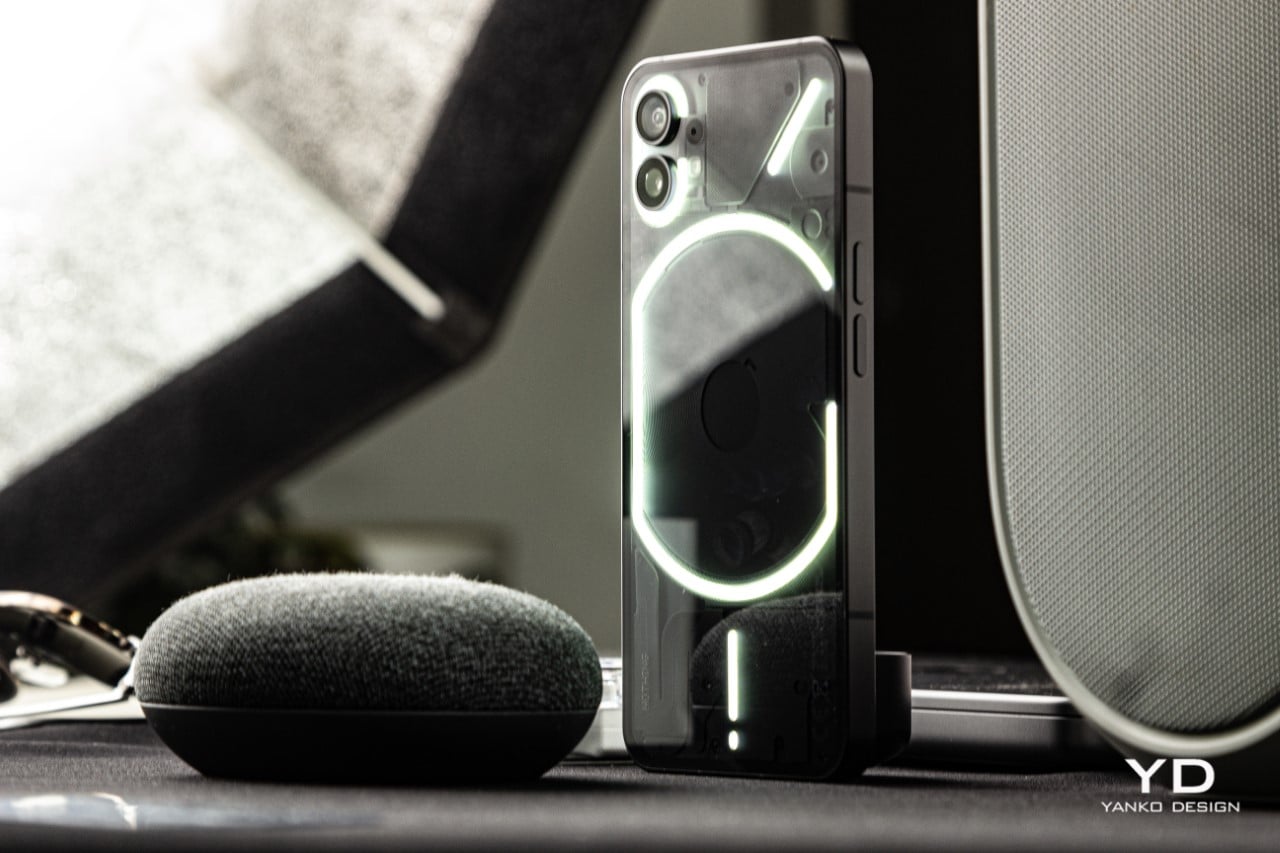
The Design
Unboxing this smartphone is an experience, to say the least. The Nothing phone (1) oozes sex appeal with its slim design and aluminum frame. The bezels around the screen are just perfectly uniform (there’s no chin), which makes the phone (1) really feel top-notch. The screen’s marvelous too, thanks to that 120Hz refresh rate that makes using the phone a dream. There’s a deceptive lightness to the phone, which, when coupled with its thin form factor, makes the device feel magical in your hands. However, I do have two significant complaints.
In order to make the phone’s interiors visible, the rear uses a glossy glass panel which is A. incredibly slippery, and B. an absolute fingerprint magnet. Customers who buy the white variant won’t have a problem with the latter, but at least on the black model, the back is incredibly prone to smudges, dust, and prints. This isn’t so much of a problem in the grander scheme of things… at least as much as the fact that this phone is just ridiculously slippery. It will almost certainly slide off surfaces that aren’t perfectly horizontal (don’t even THINK of putting it on your car dashboard), and I couldn’t even seem to keep the phone on my lap without having it just glide right off. It holds fairly well in your hands, but does rather poorly on other surfaces that offer less friction like tabletops, countertops, and more notably, car dashboards. The solution is simple – slap a case on the back. However, given the phone (1)’s unique back, that seems like a shame.
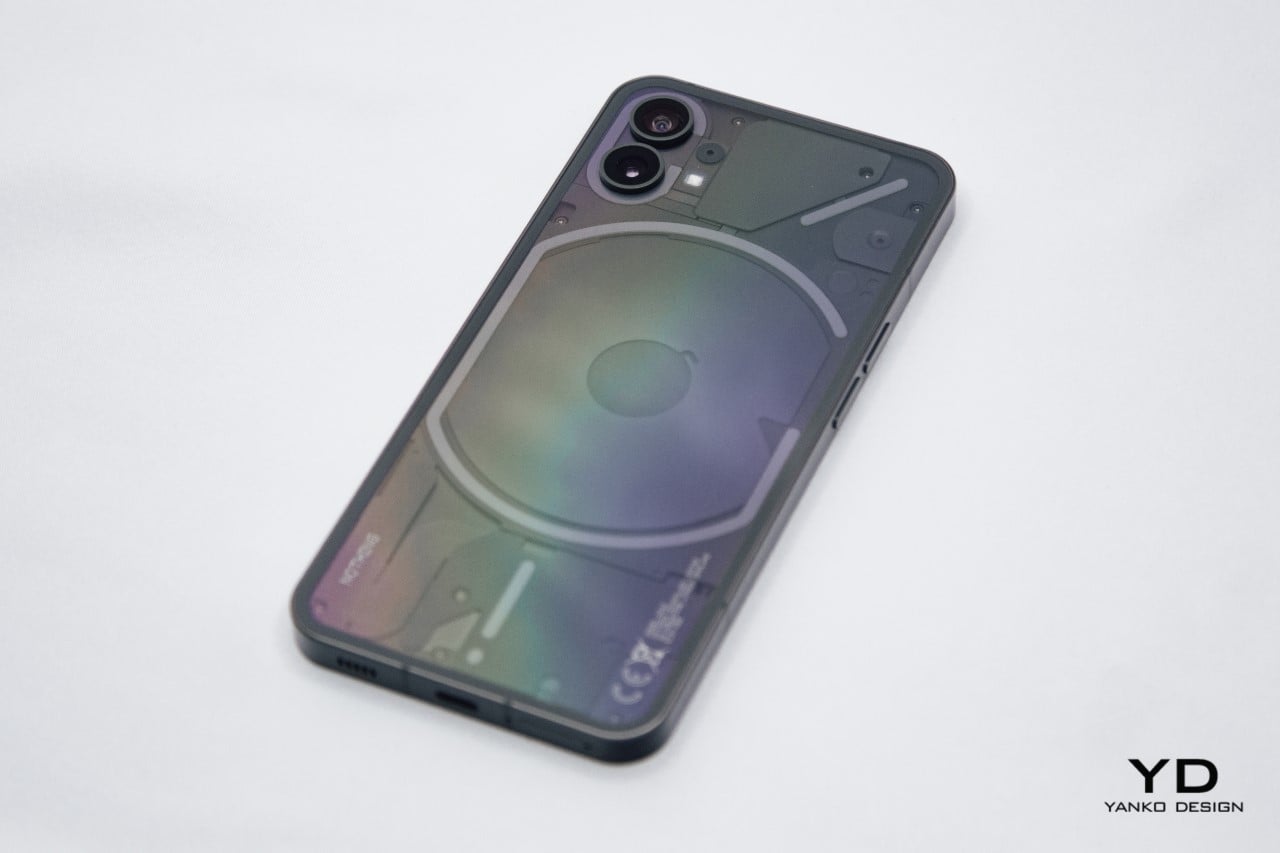
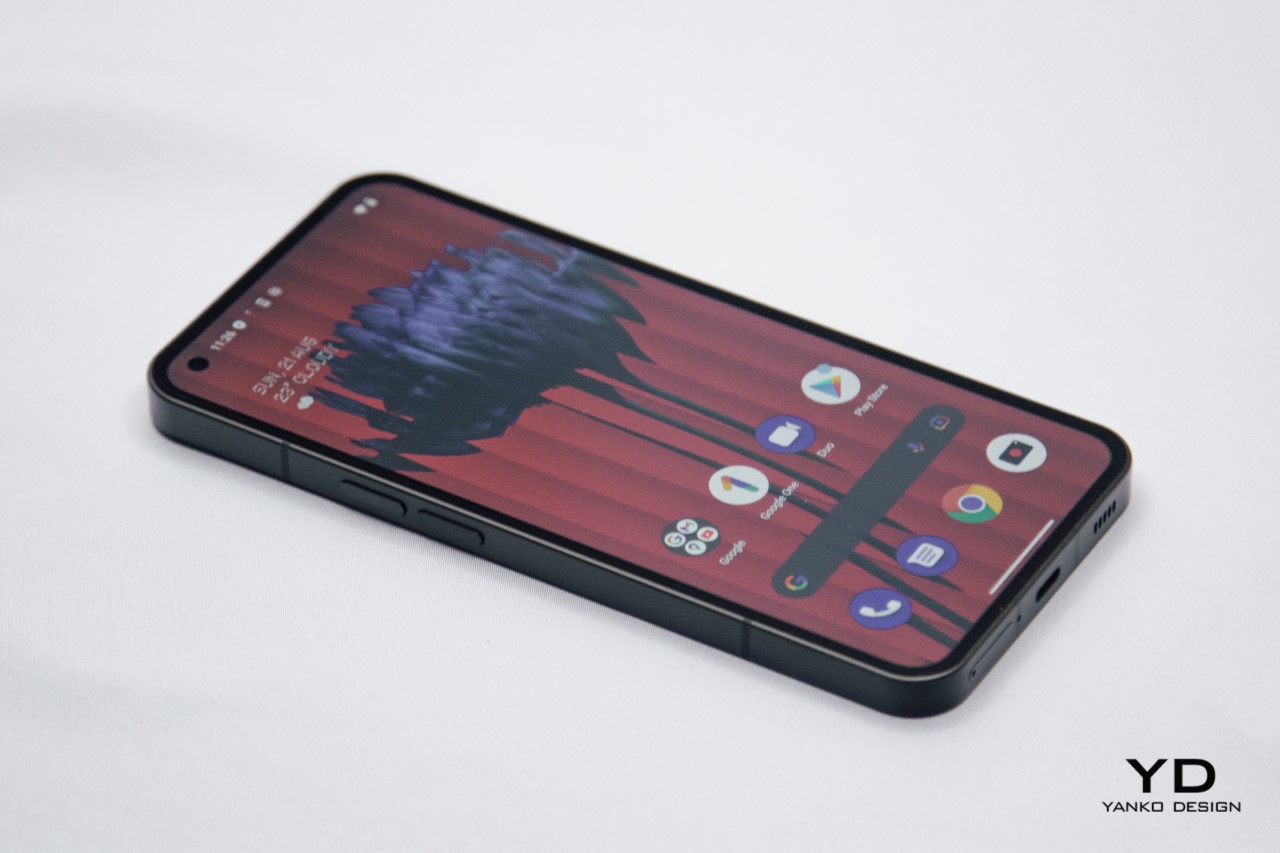
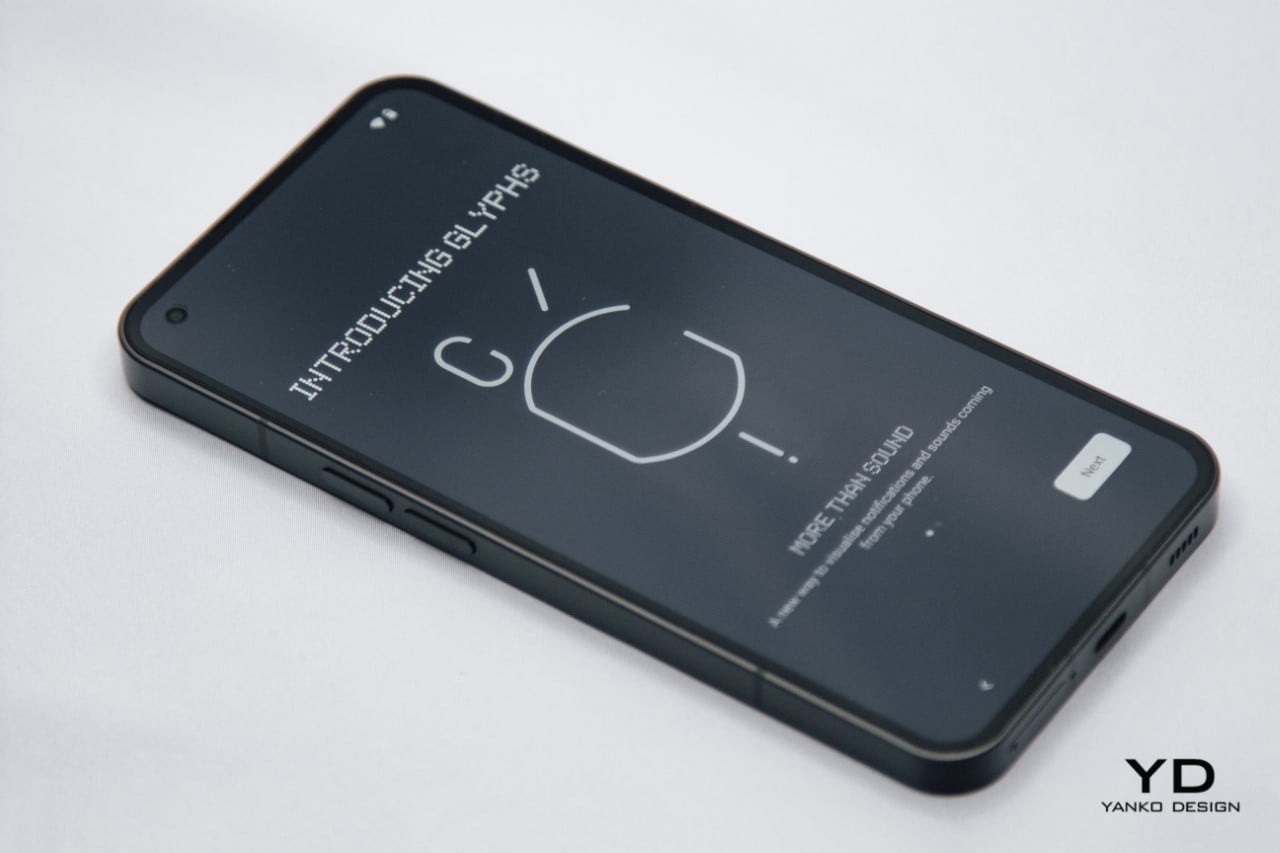
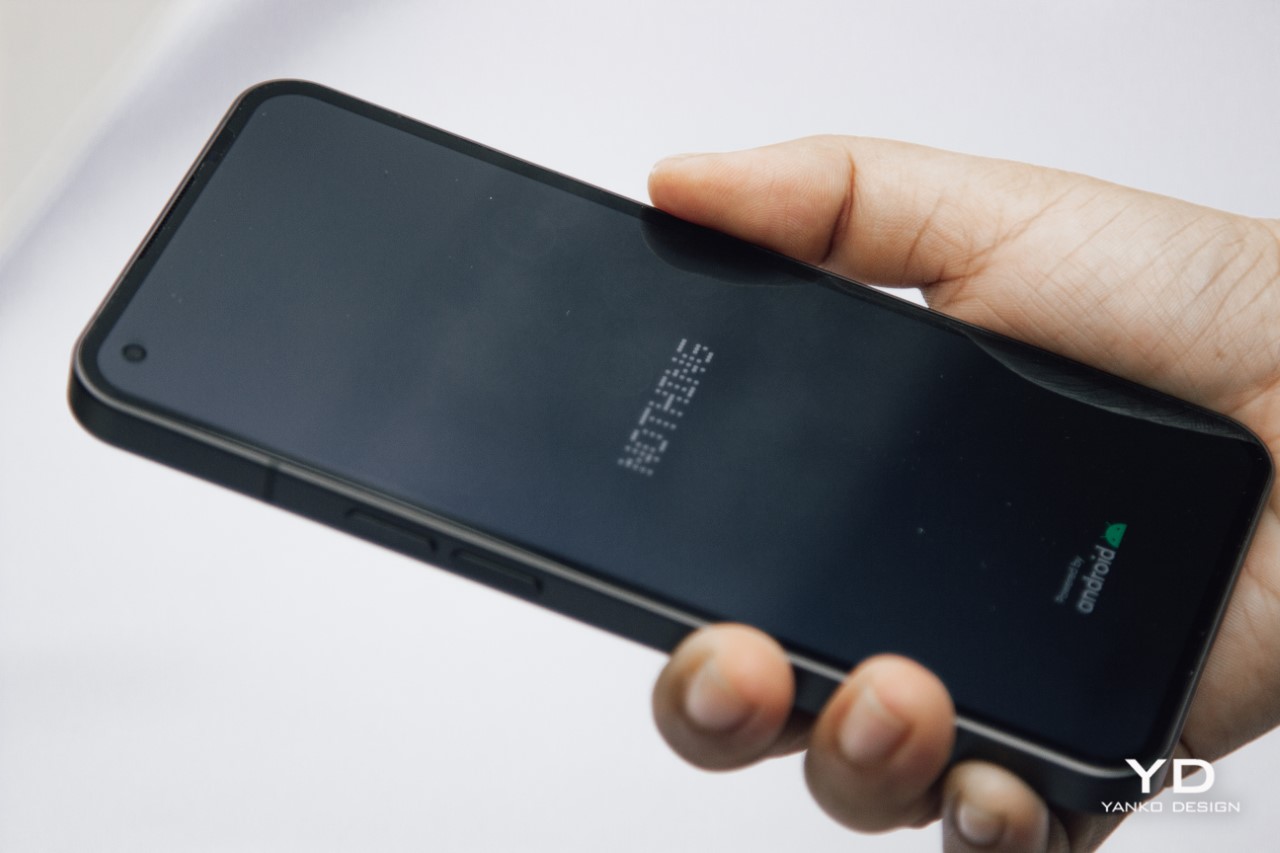
The Glyph Interface
This unique back is quite literally what everyone is most likely to talk about. If you kept an iPhone, a OnePlus, a Pixel, and a Nothing phone (1) face down on a table, 9 times out of 10, people will pick up the Nothing phone (1) to get a better look. The phone’s back manages to look interesting even when static (which is a massive achievement), but things only get better when that Glyph Interface comes to life.
The Glyph Interface was designed to be a communicative feature that could alert you during calls and notifications. The lights flash and dance to your ringtones, giving the phone a flair that other smartphones only dream of. It’s easily the most publicly enjoyable part of the phone and I honestly wish Nothing’s design team did a little more with it. Here’s what I mean.
The lights on the Glyph Interface can be activated in one of three ways – when you get a call/notification, through the camera app that allows you to use the Glyph Interface as a makeshift flash, and finally while charging when the light shows a progress bar. It seems like there’s no other way to tinker or interact with the lights, which really was one major let-down for me. The most fun part of your phone wasn’t designed to be played around with. You can’t activate the lights on the back as a torch (the torch feature only switches the camera flash on), and it seems like Nothing really missed out on a bunch of opportunities. There’s a test feature that lets you sync the lights to music, but with most people listening to music on AirPods with their phone in the pocket, I doubt this would end up being used as much. There should easily be a slew of games based on the Glyph Interface like spinning the dice, rock paper scissor, etc., but that isn’t the case as of now. This setback, however, isn’t necessarily a permanent one. Future updates could easily introduce new features to the phone (1)’s Glyph Interface, although future predictions don’t hold much weight in a present-day review.
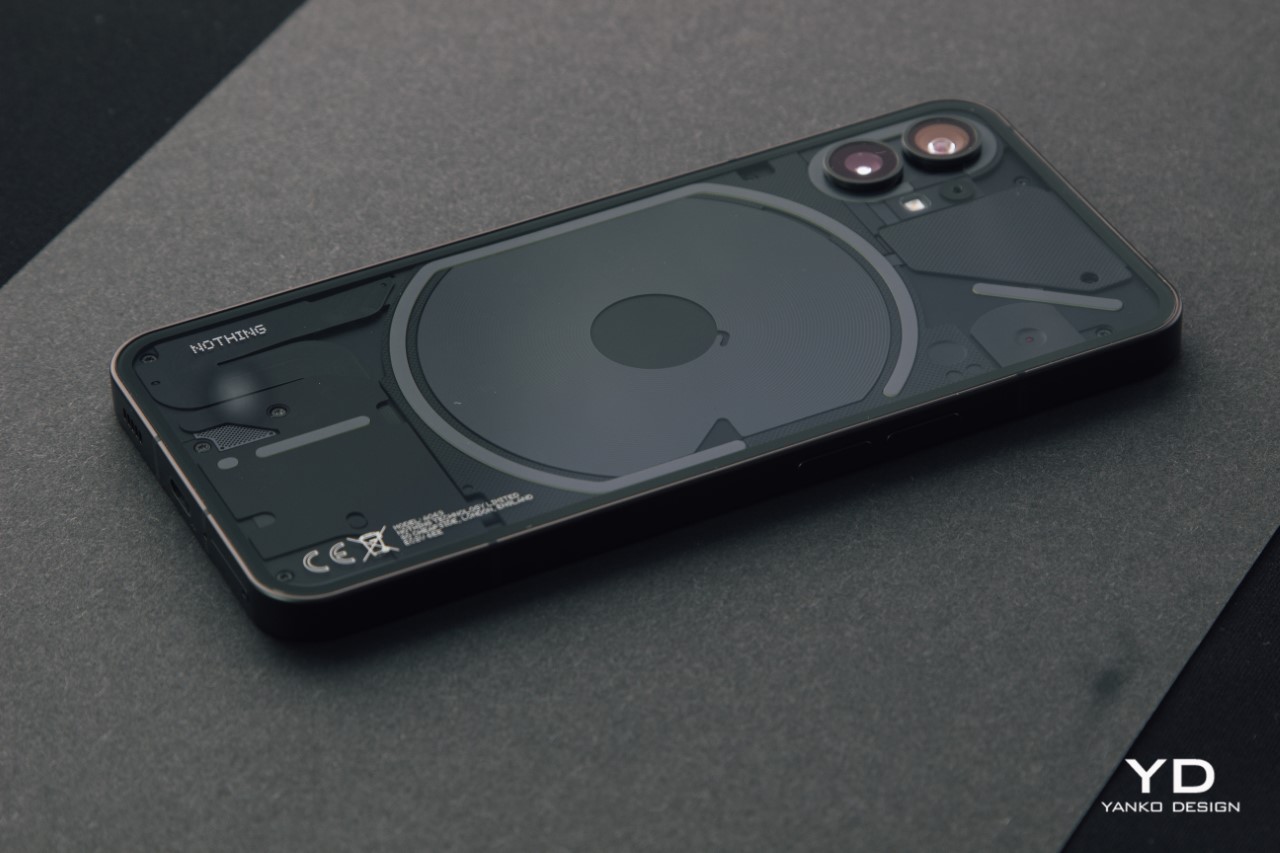
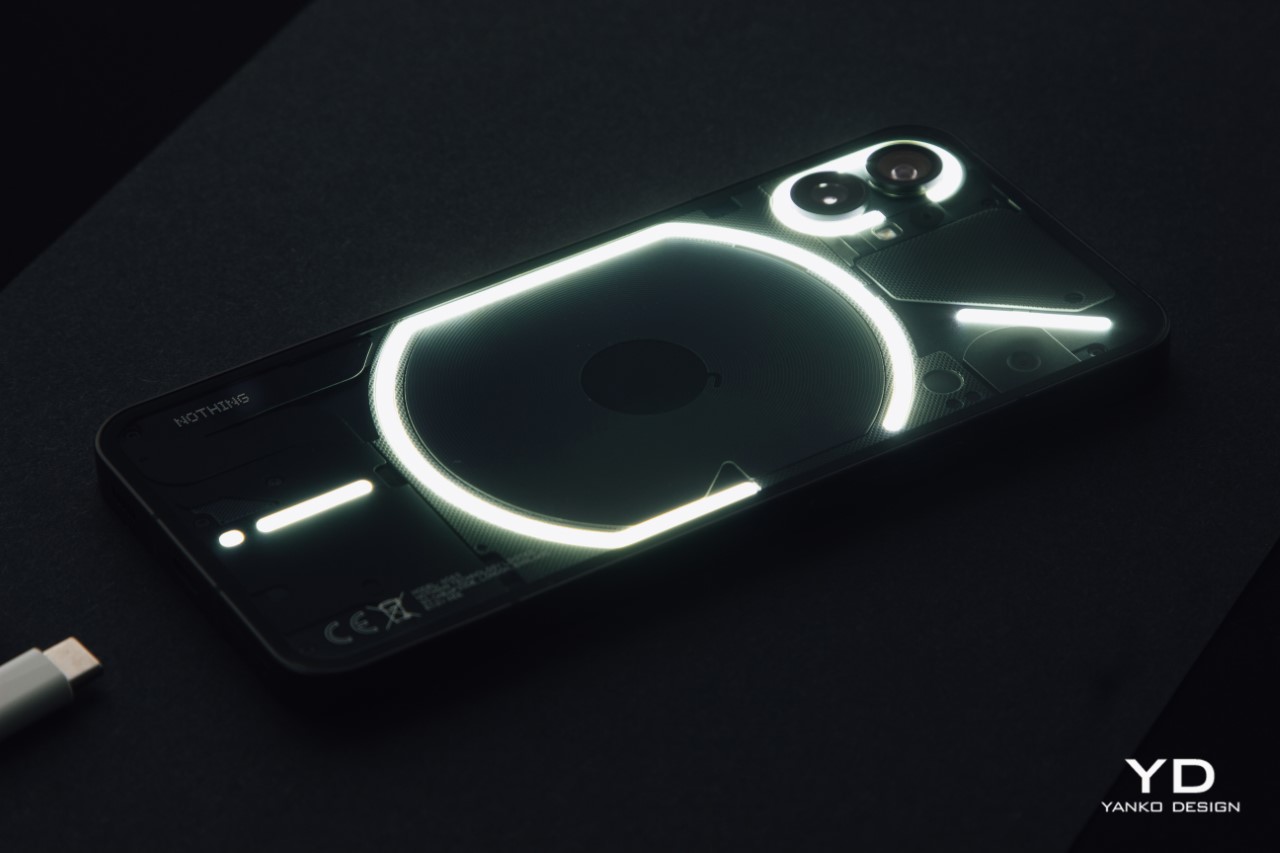
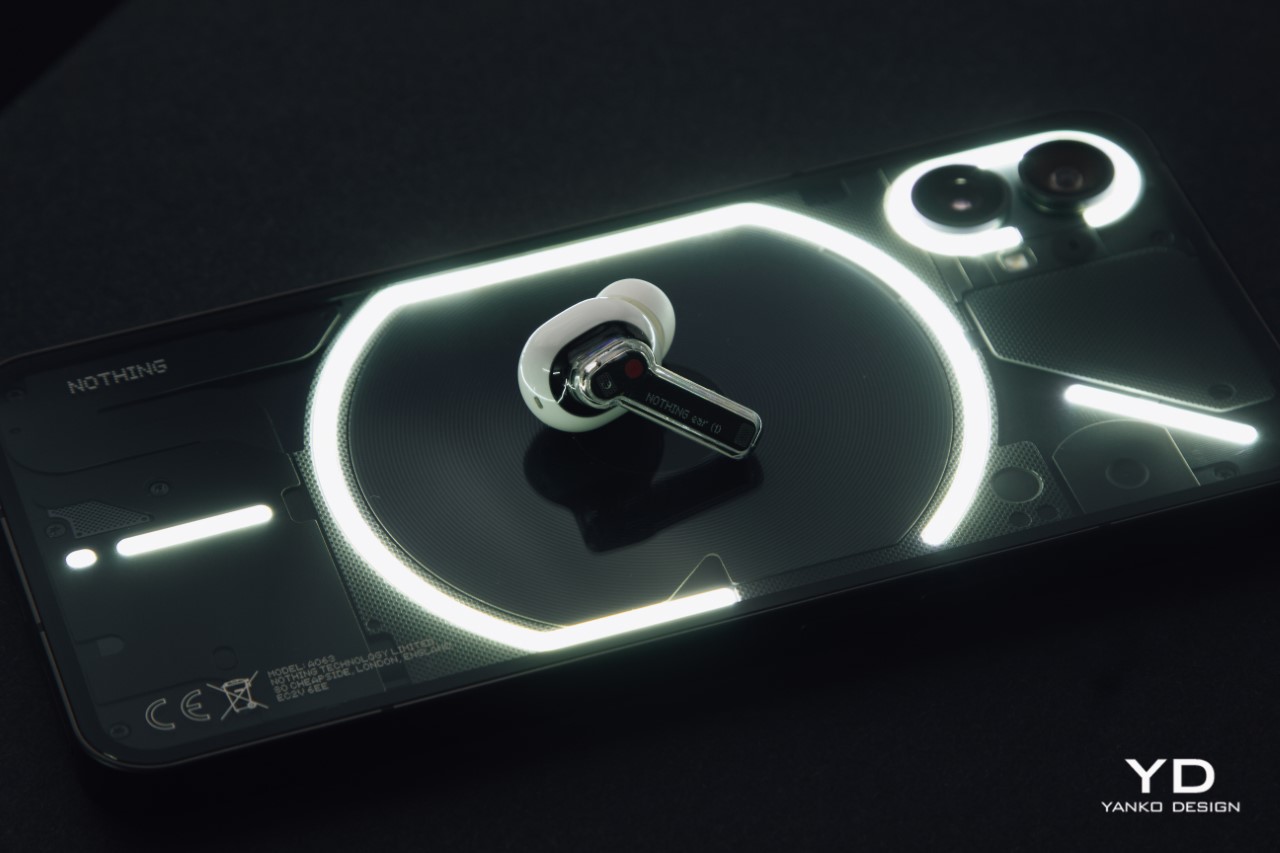
The Operating System
Perhaps one of the MOST impressive bits about the phone is its interface. As an ardent Google fan and Android enthusiast, the Nothing OS struck me as the cleanest, most beautiful version of Android I’ve ever seen on a modern phone. Outdoing perhaps even Google itself, the Nothing OS is crystal clean, incredibly responsive, and comes with absolutely NO bloatware. None, whatsoever. The only apps that come with the phone are Google’s app suite, YouTube + YouTube Music, and the basic apps you’d expect from your dialer and message apps to your camera and recorder apps.
Pei spoke at length about the latter during his summer reveal of the phone’s OS. There’s an analog beauty to the recorder app, and the camera app is intuitive and responsive. Speaking of responsive, the phone’s in-screen fingerprint reader is buttery smooth, unlocking the phone before you can even think about what you want to do next.
The OS also ditches the signature 3-button Android interface for a bar that feels heavily inspired by the iPhone. At times I did miss the back button, but the bar is something you’ll easily get used to… and if you’re an iOS convert, it’s something you’ll find very familiar. Notably missing in the OS, however, is Pei’s vision of an expansive ecosystem. Pei fired shots against Apple for their walled garden and claimed that the Nothing OS wouldn’t be as restrictive. Promises were made of an open ecosystem with integrations for all sorts of products, but that feels like something that won’t happen overnight. Here’s hoping.
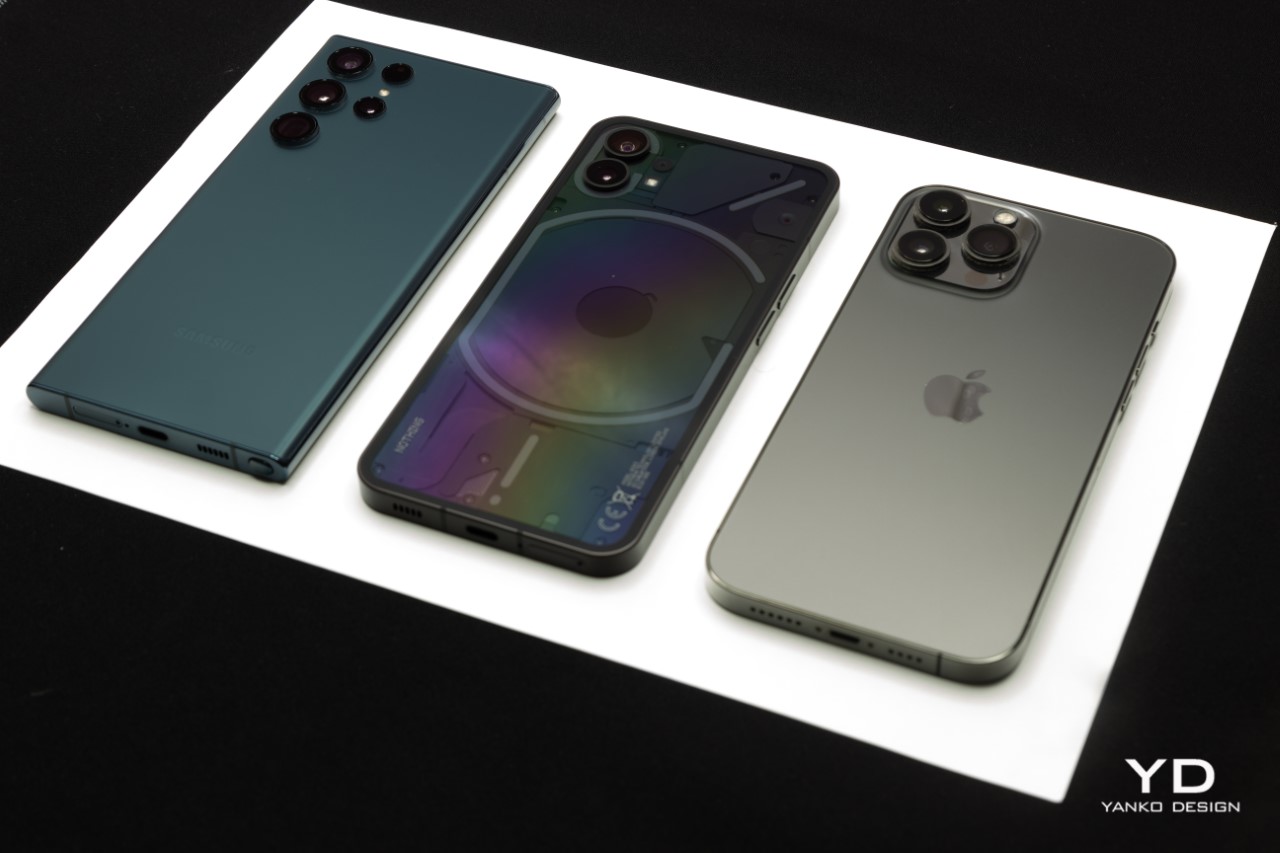
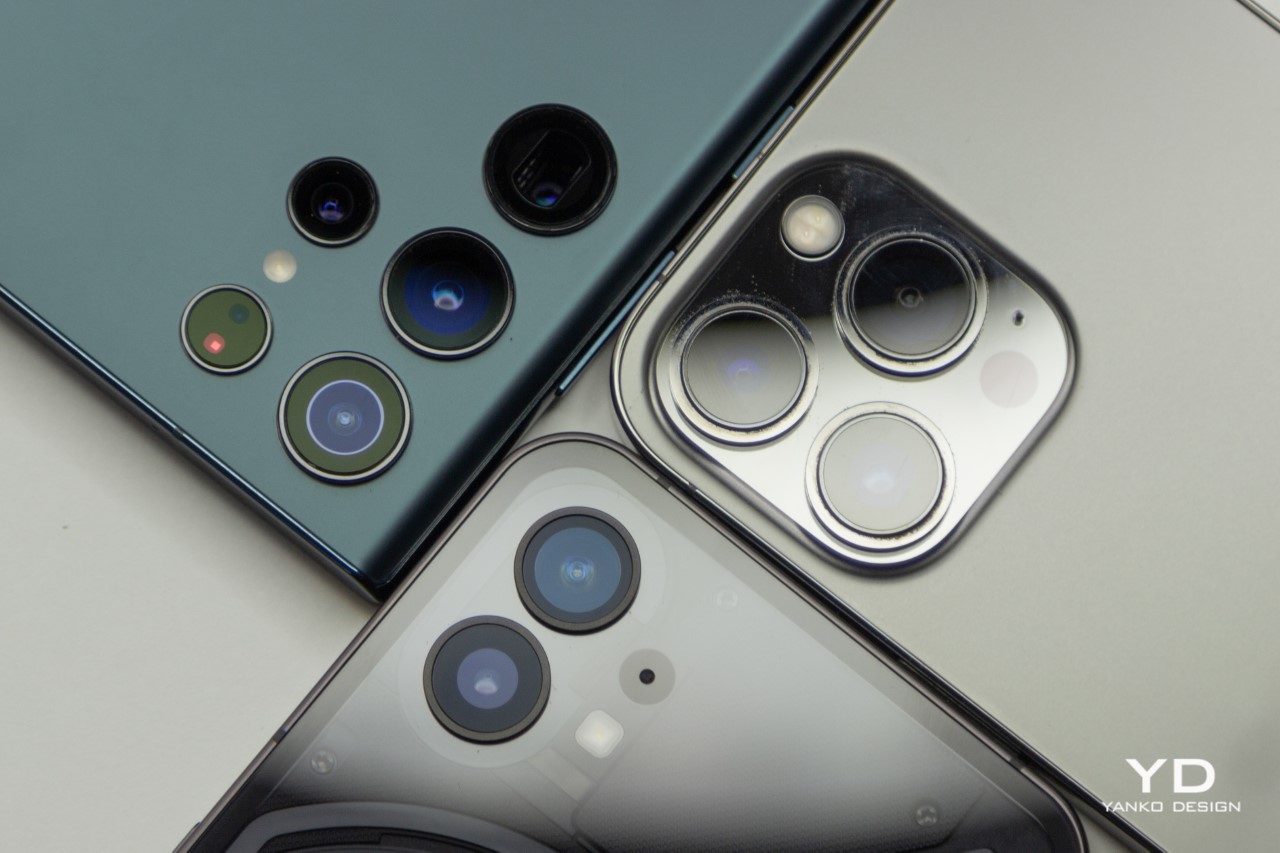
The Camera
I’ll keep this part short and sweet. The camera is GREAT… for its price. Don’t expect the phone (1) to dethrone an iPhone Pro or a Pixel 6, but apples to apples, you can expect that the phone (1) will put up a really good fight. The phone’s capable of recording 4K video and shooting with a 50-megapixel output in RAW format. The videos aren’t exceptional – the phone’s image stabilization system feels great in the viewfinder, but the videos still feel slightly choppy. The photos, however, are surprisingly good. The ultrawide camera takes great landscape shots (although there’s a slight white balance shift as you switch between cameras), the portrait/pano/expert modes work pretty well, and I was pleasantly surprised by the macro mode (although there’s a fair amount of computational distortion + blur happening around the edges). The front-facing camera does a stellar job too, with the portrait mode being just about as good as it can get. With just two lenses on the back, the phone (1) manages to take on the 3 and 4-lensed flagships.
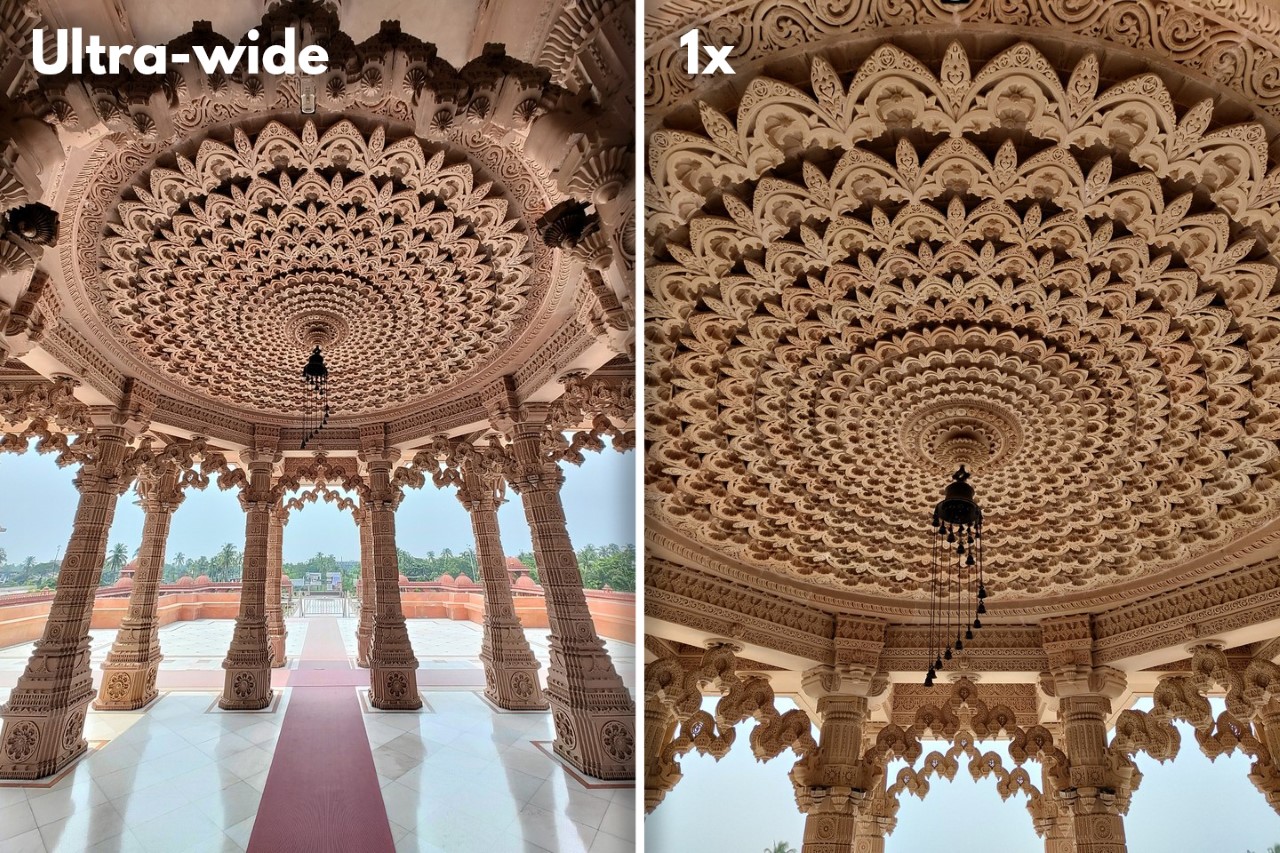
Shot on the Nothing phone (1)

Shot on the Nothing phone (1)
The Performance + Battery
The one significant hardware setback I had with this phone was its tendency to rapidly heat up. The phone comes with an aluminum frame and a glass back, both of which heat up quite significantly (sometimes even while charging). While the phone’s designed to do some heavy lifting, it does heat up a bit (especially right behind the hole-punch camera on the front) – enough to make you feel a little uncomfortable. Keeping the camera app open for 5-6 minutes (or even running a heavy game) can cause the phone’s top edge to get warm and even hot sometimes. This problem could be limited to just my handset, although it’s certainly the first thing I noticed about the phone as I put it to charge for the first time.
Speaking of charge, a 4500 mAh battery on the inside does a decent job of getting you through the day. Moderate usage will comfortably get you through the day with just one charge, although if you’re relying on many apps, using heavy programs, and just keeping your phone running for hours, you may need to bust out your charger for a bit. That being said, it’s worth reminding you that the Nothing phone (1) doesn’t come with a charger inside the box.
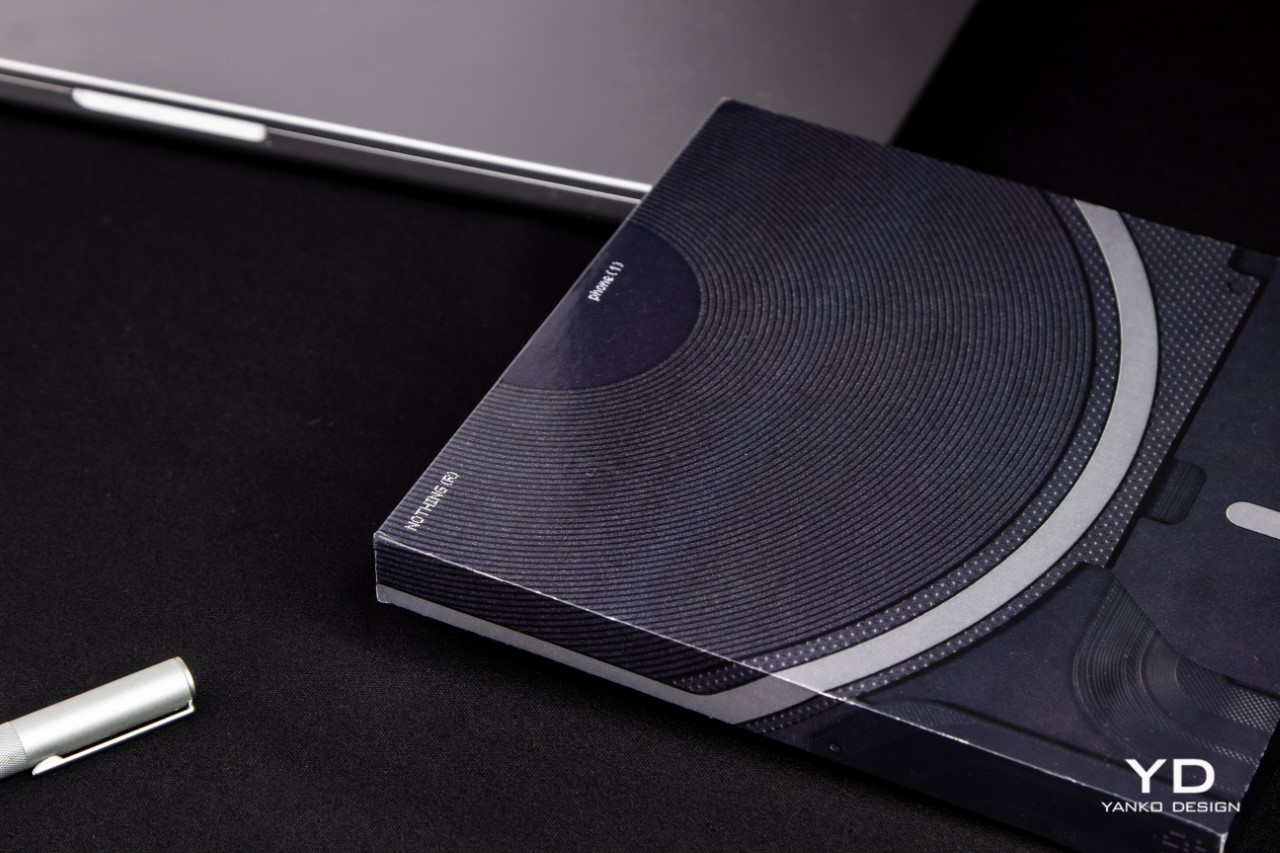
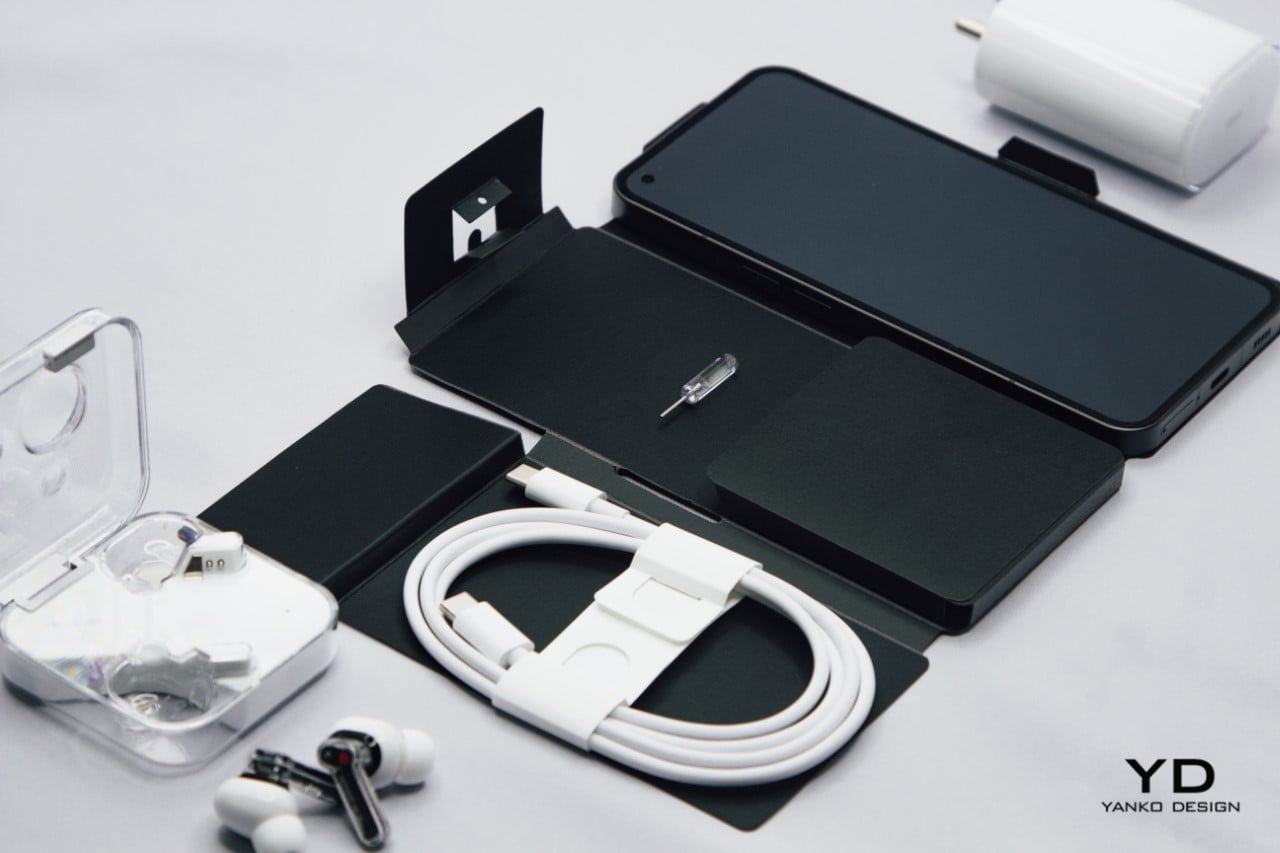
The Price
While it’s important to judge a phone objectively, its price says a lot about its intent and overall quality both intentionally and unintentionally. With the Nothing phone (1), the intent to disrupt the current status quo is extremely evident. When presented to people without context, nobody would ever guess that this phone is in the sub $500 category. It’s an extremely compelling alternative to phones almost double its price, as far as aesthetics, branding, and vision go… however, the fact that the phone is priced at roughly $499 makes me be a little more critical of its capabilities and flaws. That being said, the $499 price tag is probably the best thing about the Nothing phone (1). I can confidently say that it’s probably the best phone you can buy for that price, and while I don’t see it dethroning the flagship iPhone any time soon, you can expect that it’ll cause a major dent in the Android market, stealing customers from OnePlus, Nord, Poco, and even Google. Who knows, even potential iPhone SE buyers could switch over to the Nothing brand.
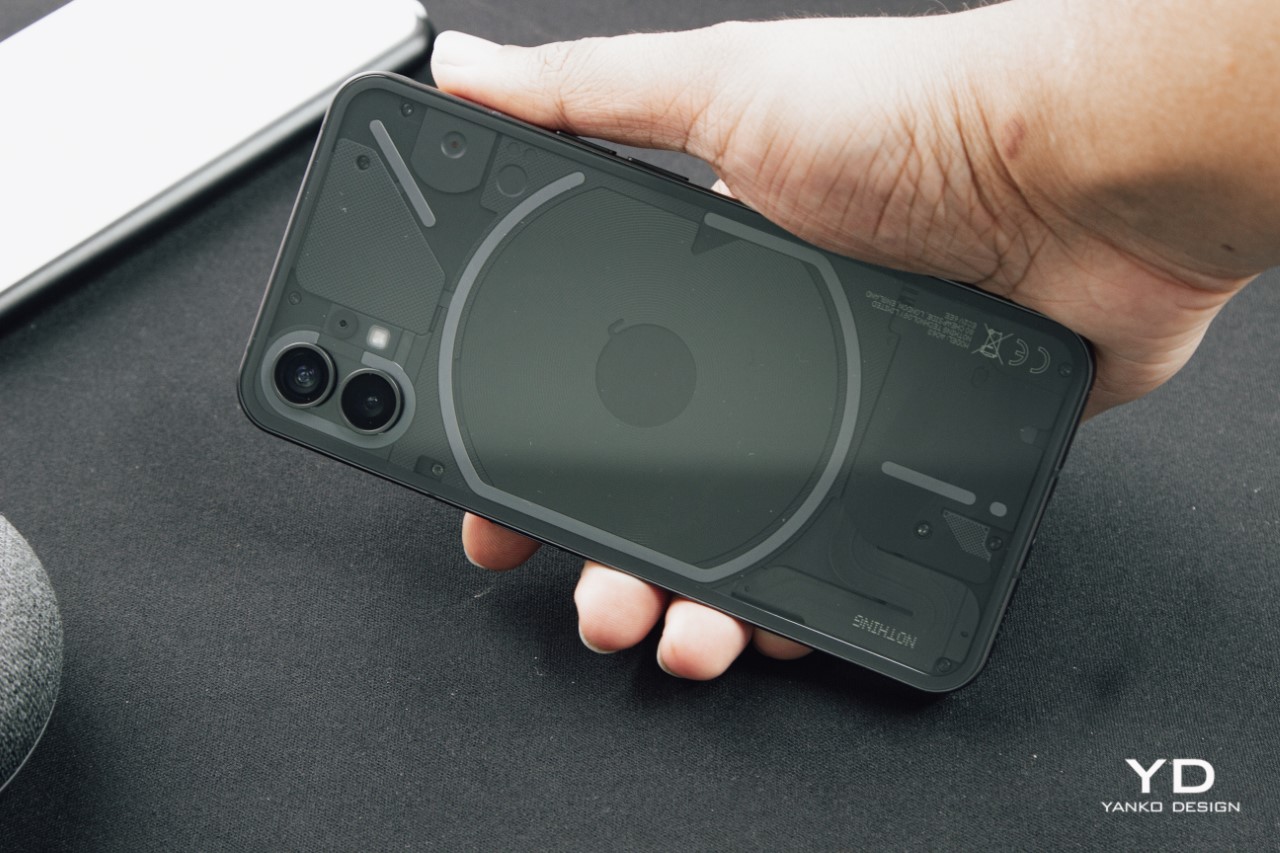
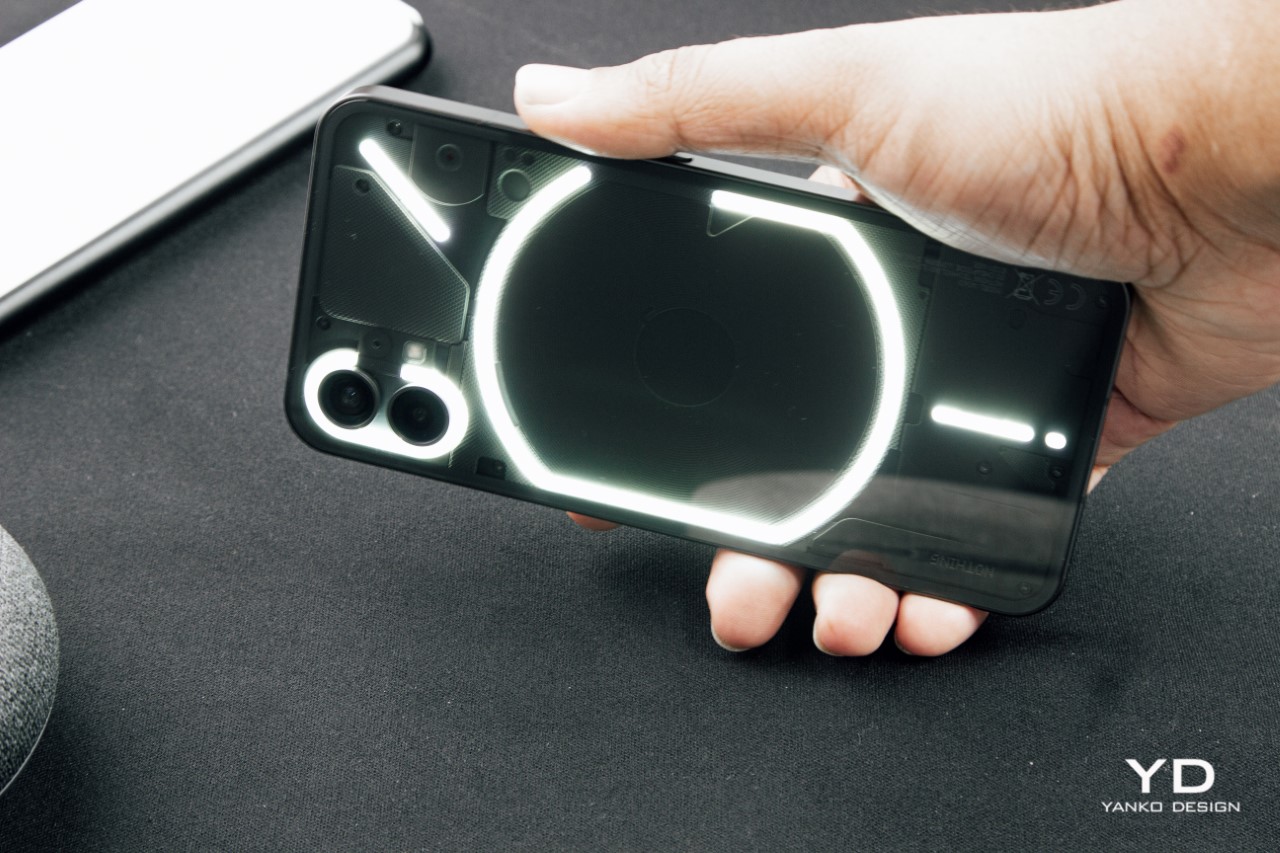
The Verdict
For a new company just trying to make its mark in the pretty vast sea of smartphones, Nothing does a phenomenal job. I do tend to take shots at the company for how much they hype stuff up, but given how young they are and how far ahead their competitors have gotten, it seems like a winning strategy. After all, they did a much better job marketing their product and generating interest than Google ever did for the Pixel phones.
My verdict hinges heavily on the phone’s impressions and its price. For starters, even though Carl paints a vision of Nothing offering an alternative to Apple’s walled garden, don’t quite expect the phone (1) to be an iPhone replacement. The phone (1) is still a first attempt, and has a long way to go if it needs to overtake Apple’s 15-year headstart in the smartphone market. Carl’s entire vision of an open ecosystem seems like something that’s still a work in progress, so it’s important to take note of what you’re getting NOW rather than what’s being promised a year or two later.
What you’re getting NOW is a pretty slick-looking phone that’s full of surprises and doesn’t break the bank. The phone (1)’s UI is super minimal and buttery smooth (thanks to that 120Hz display) and stands out clearly against the bloated phones from OnePlus, Xiaomi, Oppo, etc… but its heating issues stood out within the first hour of using the phone. It seems like something maybe an update could fix, but whether that would mean throttling the performance is something I can only speculate.
However, what keeps bringing me back to this phone is its price. It costs 60% of what I paid for my OnePlus 8 Pro two years back but feels just as incredible (if not better). At that price point, you’re more likely to be impressed with a Nothing phone than you are with some other mid-tier Android device. For a first smartphone release from a nascent brand, Nothing definitely deserves to pat itself on the back. I can’t wait to see where the brand goes from here.
Click Here to Visit the Nothing Website
The post Nothing phone (1) Review – Resurrection of the Android Flagship Killer first appeared on Yanko Design.


